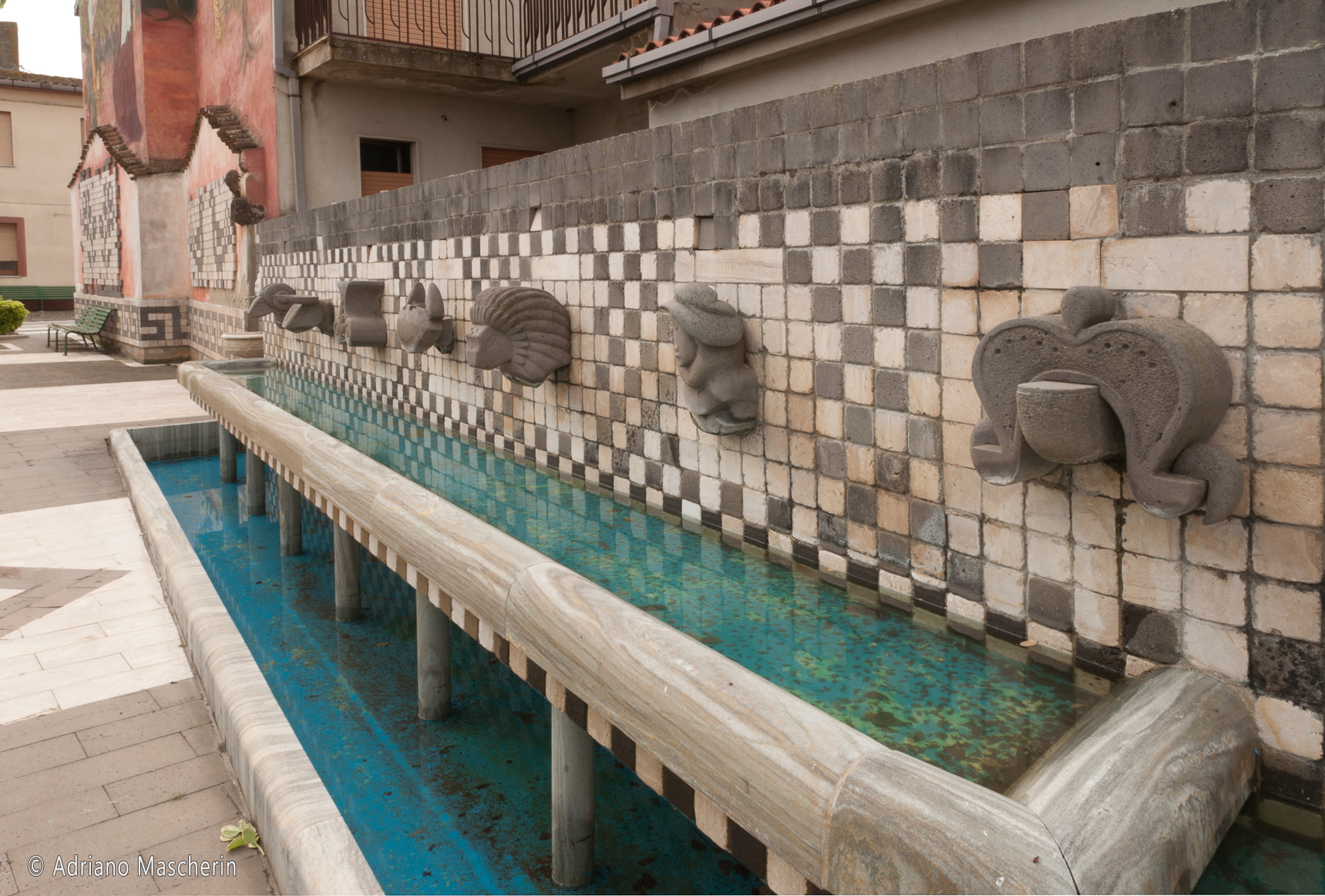L’idea di un ‘arte collettiva, che fosse fruibile ad un pubblico più vasto possibile fu lanciata agli inizi 1900 in Messico. In Sardegna quest’arte iniziò attorno agli anni 70-80 a Orgosolo. Si iniziò a dipingere i muri del centro storico con rappresentazioni di denuncia su tematiche sociali come la guerra, il fascismo, la resistenza, la disoccupazione e l’emigrazione, la corruzione nella politica, l’emancipazione della donna, i temi ambientali, la protesta di Pratobello. A San Sperate invece si portarono avanti temi più culturali con la riproduzioni di pitture rinascimentali, rappresentazioni di scene di vita pastorale, campestre , dei costumi, sagre e non ultimi gli aspetti religiosi. Qui si portano avanti concetti come l’interscambio di esperienze artistiche ed il criterio dell’arredo urbano, ossia la coerenza delle opere con l’ambiente in cui vengono inserite. Quest’arte si è diffusa in tutta l’isola e nel mondo ma, non va confusa con i graffiti che in molti casi imbrattano abusivamente luoghi pubblici e privati delle nostre città. Un murales per definirsi tale deve rispondere a dei requisiti di contesto architettonico oltre che essere di ottima fattura.
Quelli rappresentati sono una minima parte di quelli esistenti. Su ogni immagine ho messo solo il nome del paese in cui si trova.
The idea of a collective art that could be enjoyed by the widest possible audience was launched in the early 1900s in Mexico. In Sardinia this art began around the 70-80s in Orgosolo. The walls of the historic center began to be painted with representations of denunciation on social issues such as war, fascism, resistance, unemployment and emigration, corruption in politics, women's emancipation, environmental issues, protest of Pratobello. In San Sperate, on the other hand, more cultural themes were brought forward with the reproductions of Renaissance paintings, representations of pastoral and rural life scenes, costumes, festivals and not least the religious aspects. Here concepts such as the exchange of artistic experiences and the criterion of street furniture are carried forward, that is, the coherence of the works with the environment in which they are inserted. This art has spread throughout the island and around the world, but it should not be confused with graffiti which in many cases illegally smear public and private places in our cities. A mural to be defined as such must meet the architectural context requirements as well as be of excellent workmanship.
Those represented are a small part of the existing ones. On each image I only put the name of the country in which it is located.
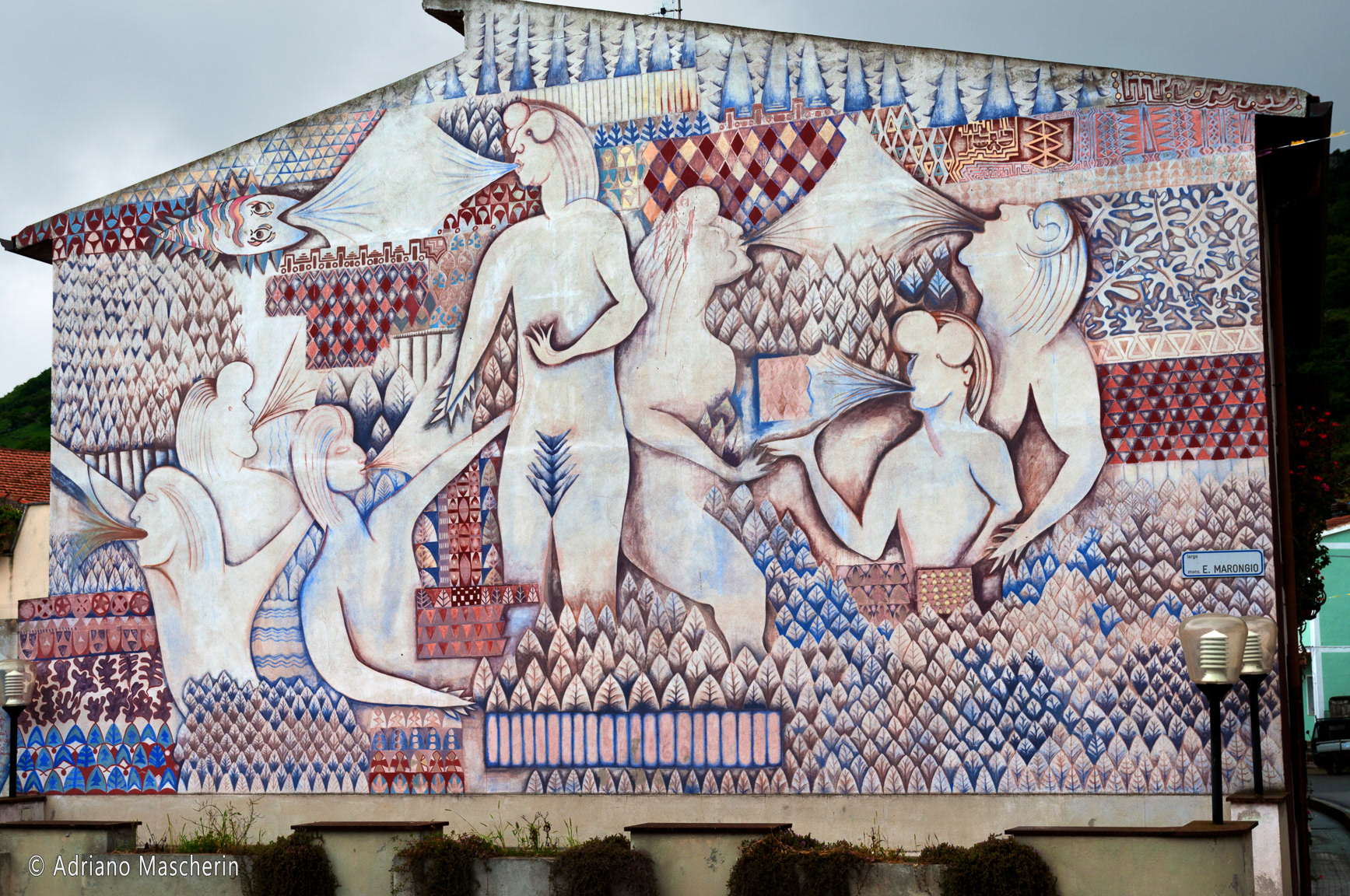
Bessude

Bessude

Burgos
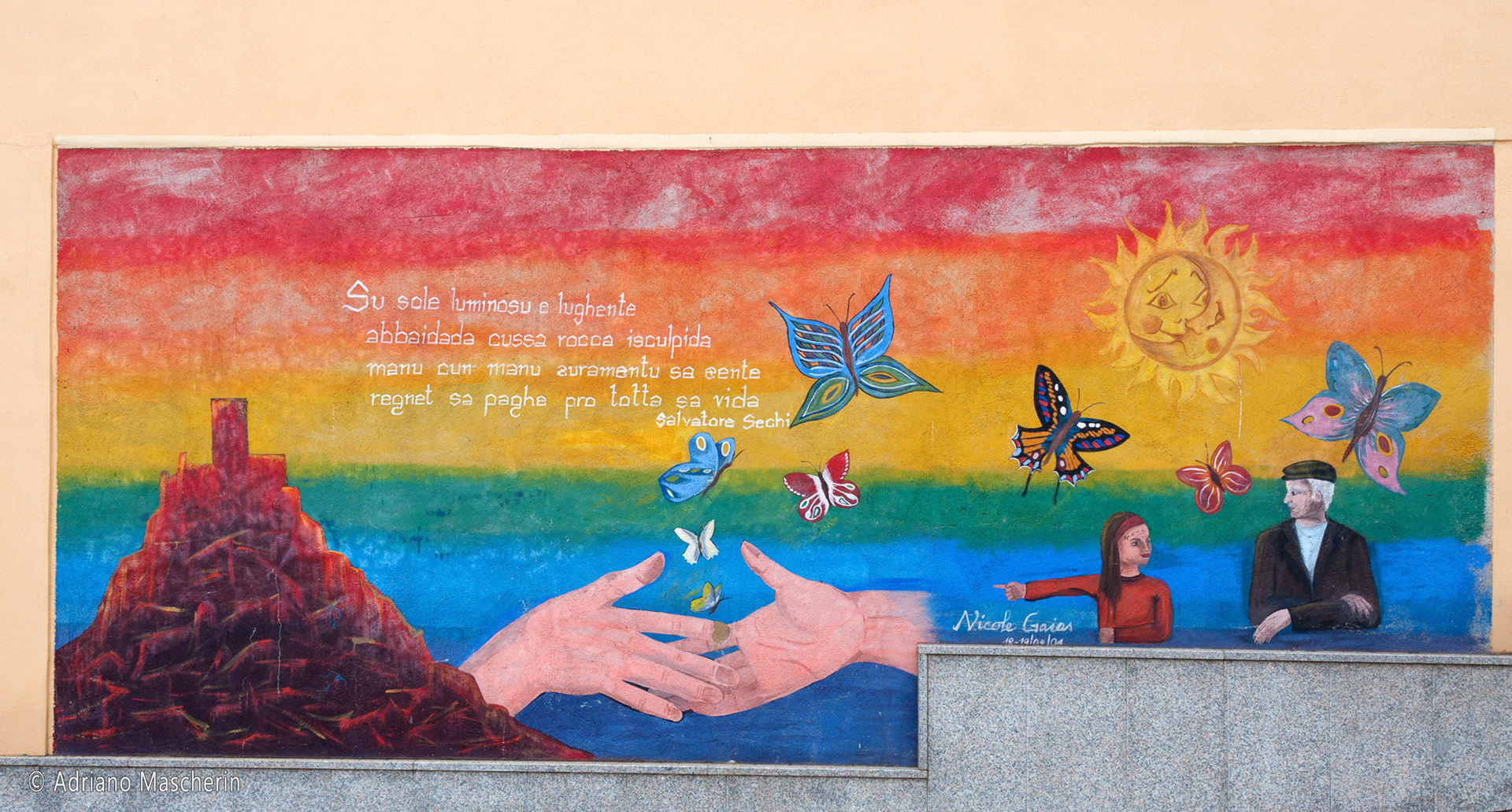
Burgos
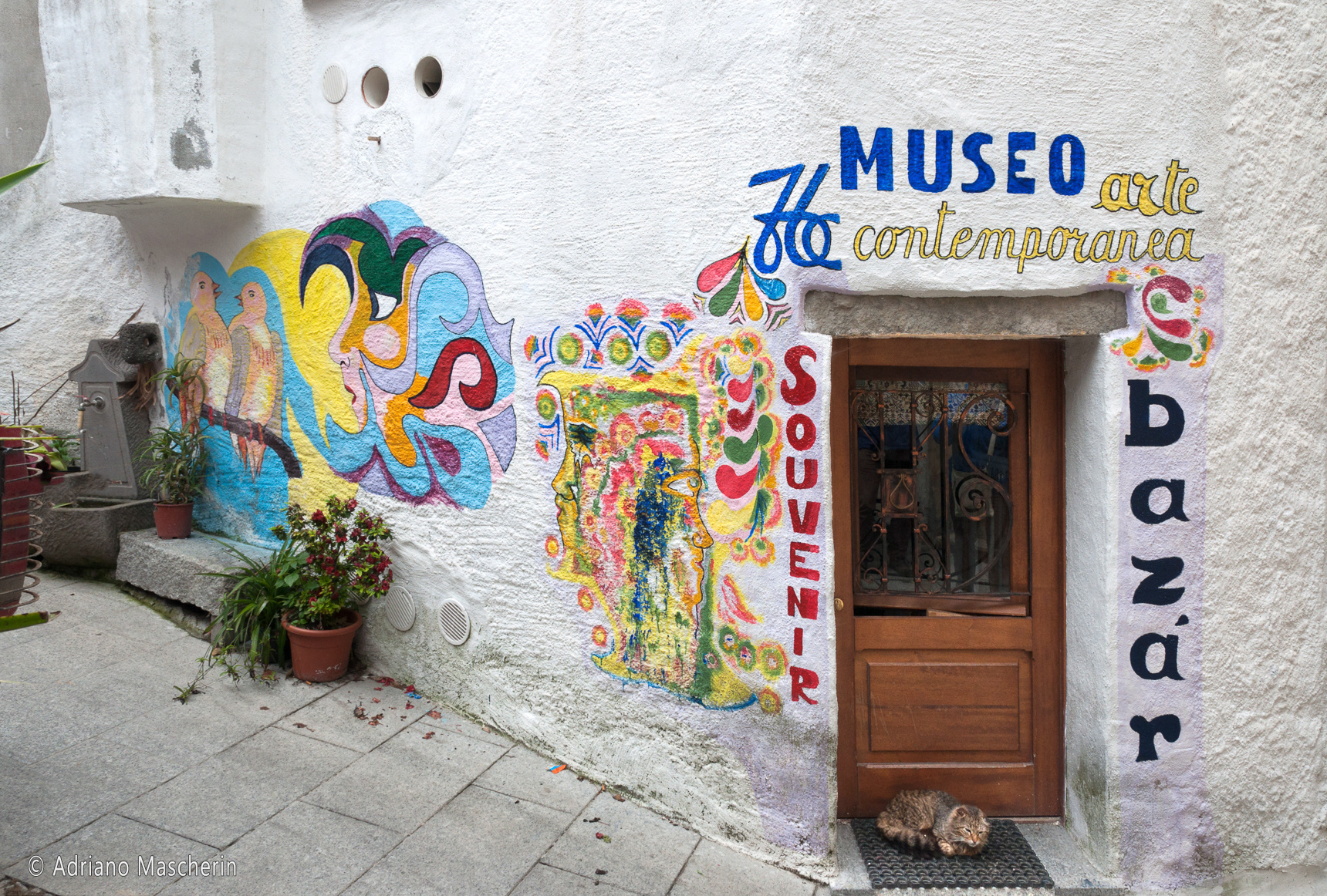
Burgos
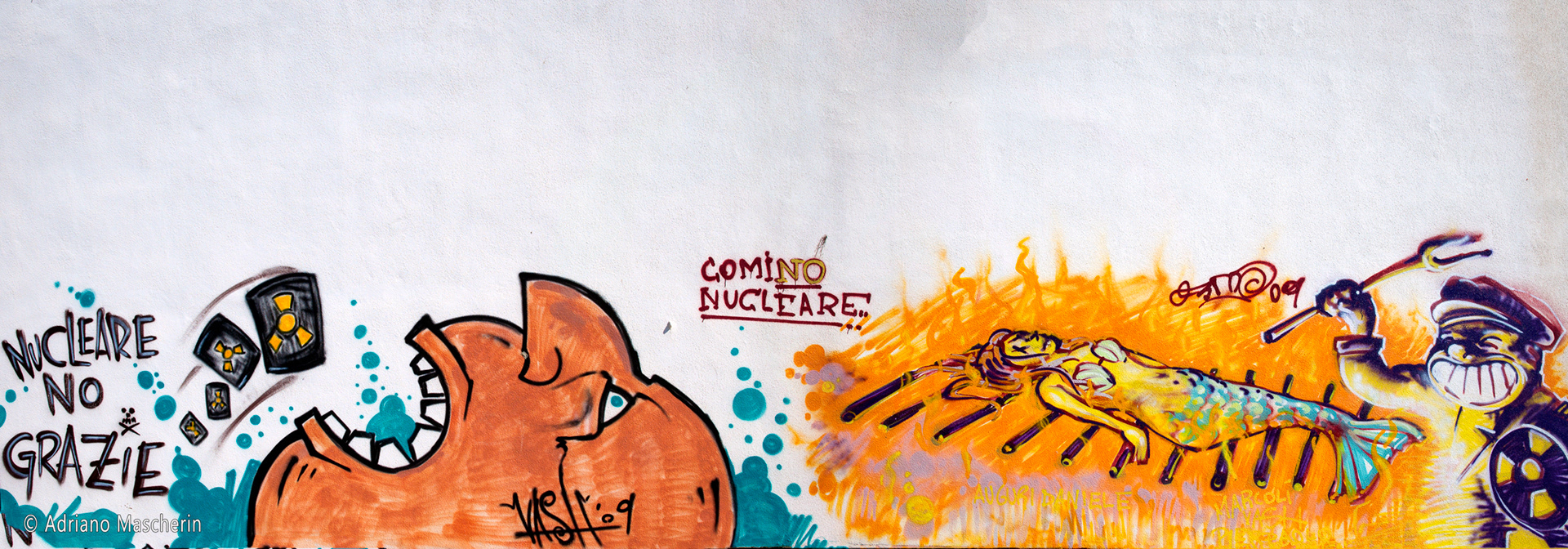
Capo Comino

Fluminimaggiore
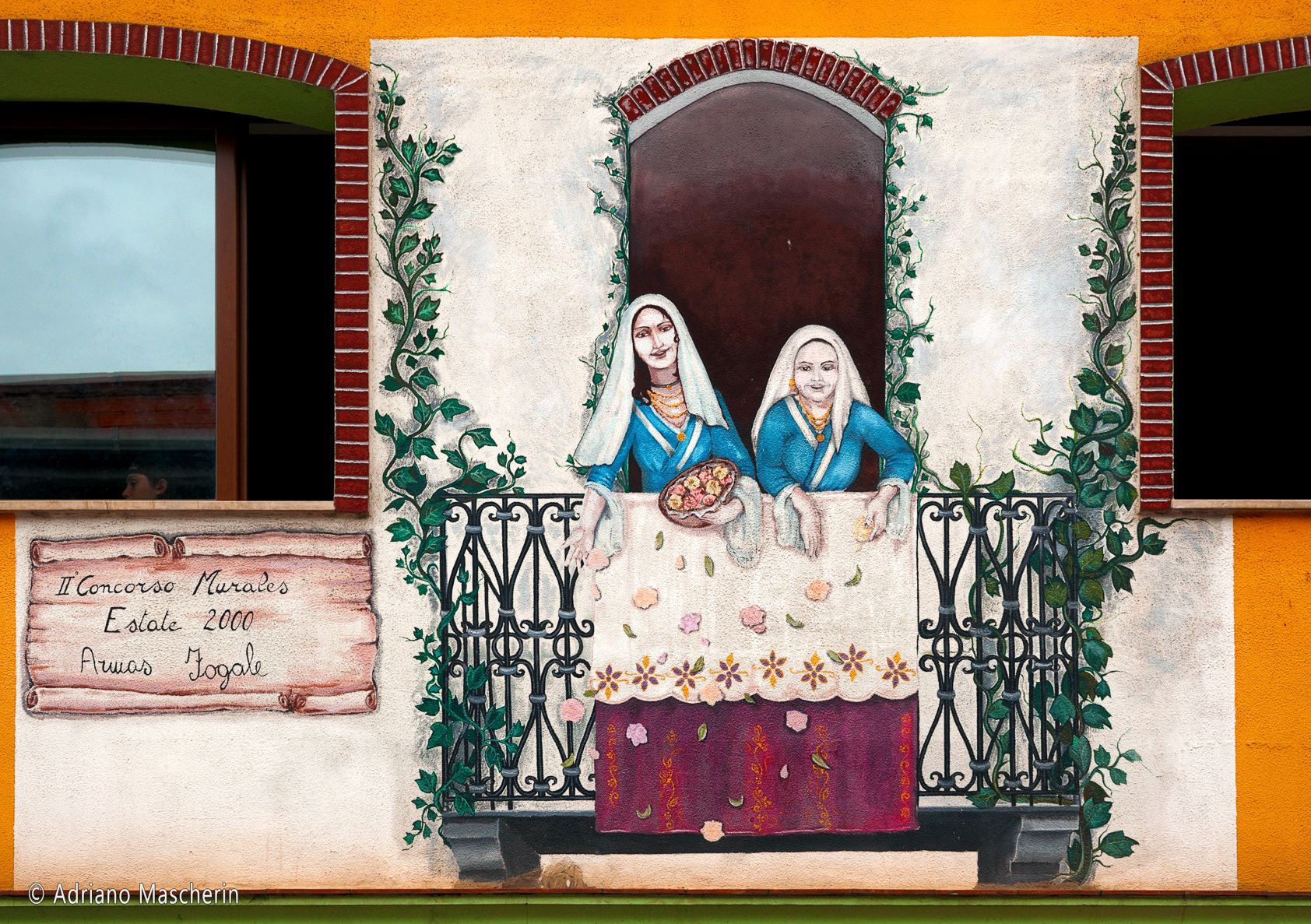
Fluminimaggiore
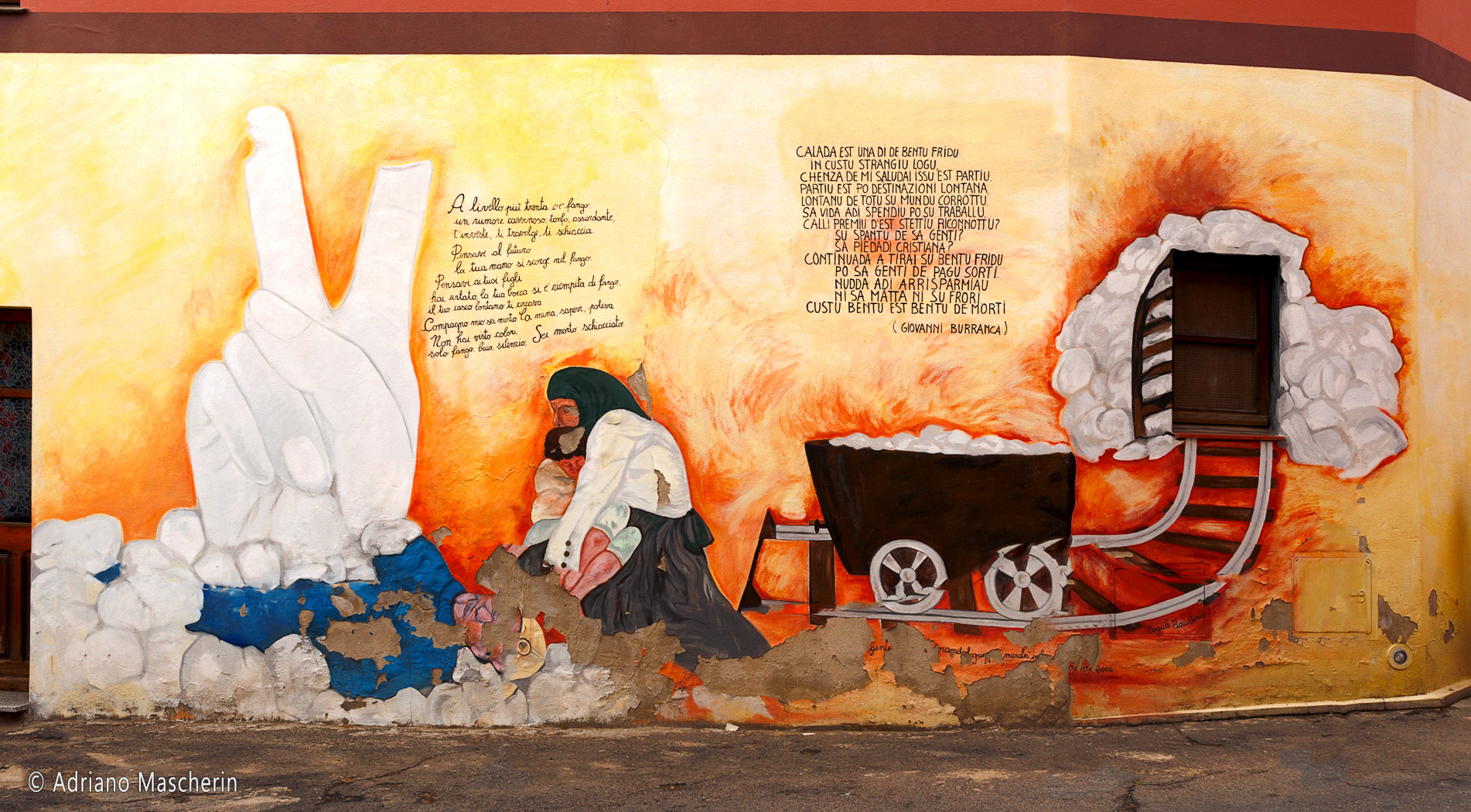
Fluminimaggiore
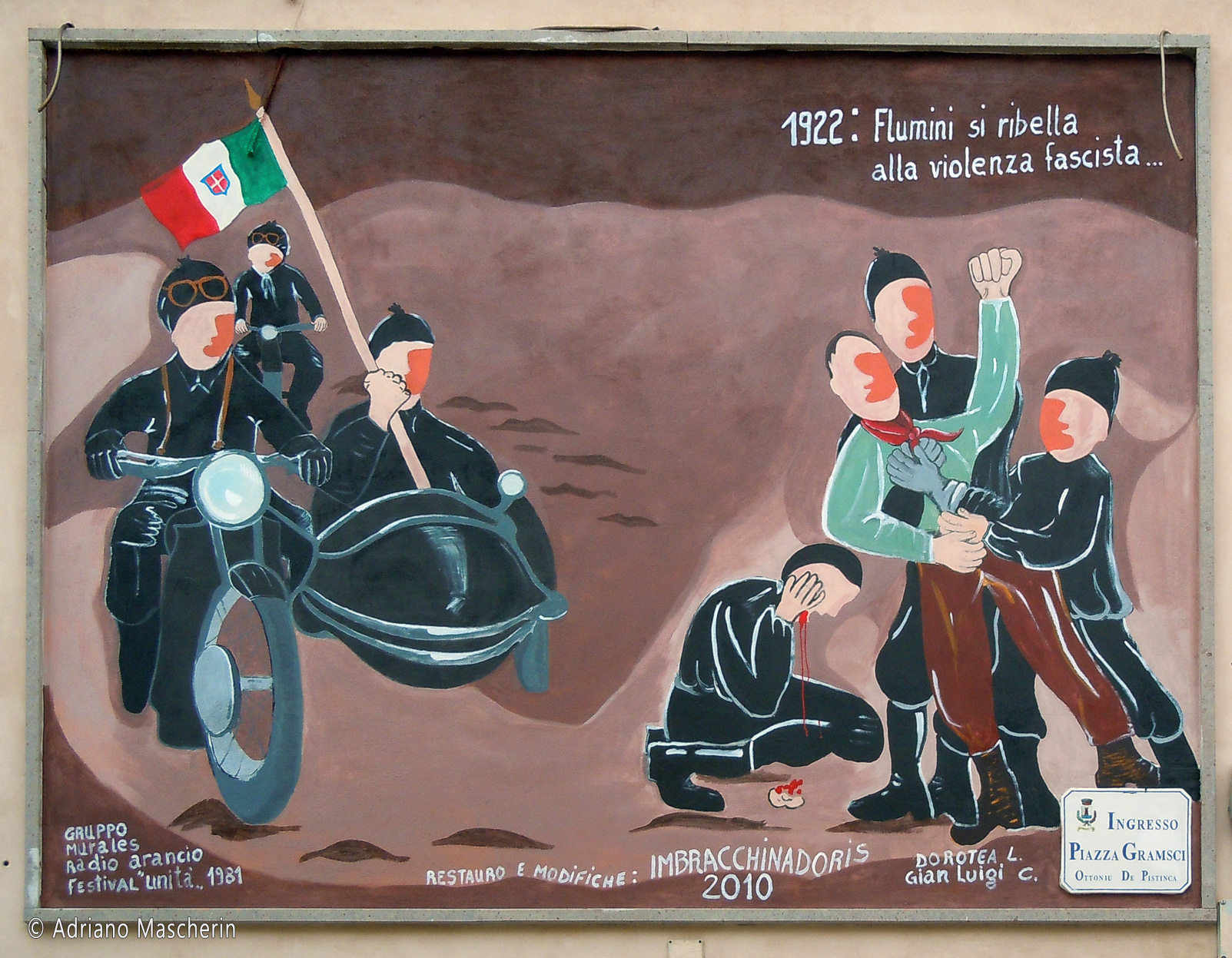
Fluminimaggiore

Fonni

Fonni

Fonni
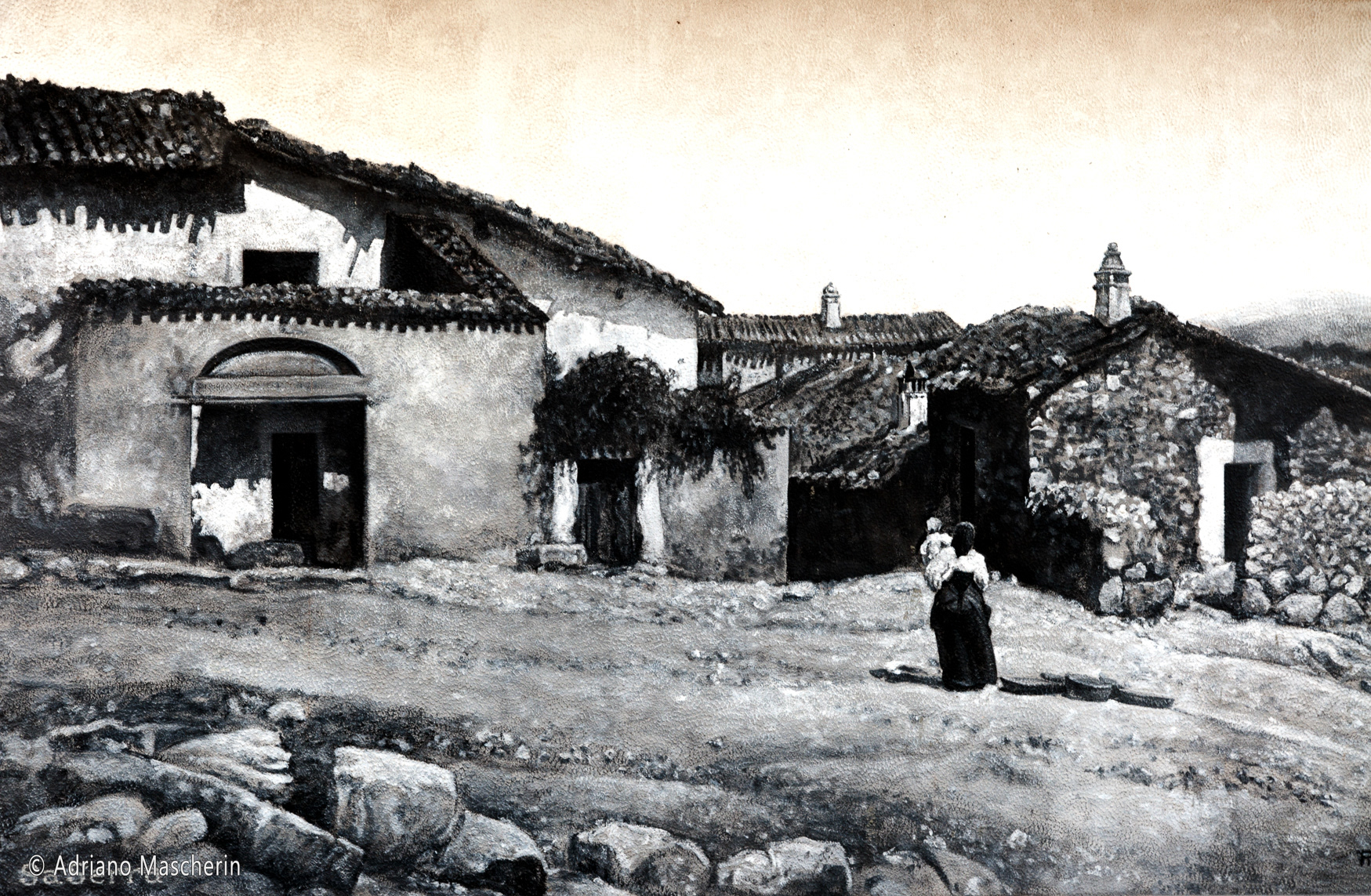
Fonni

Fonni
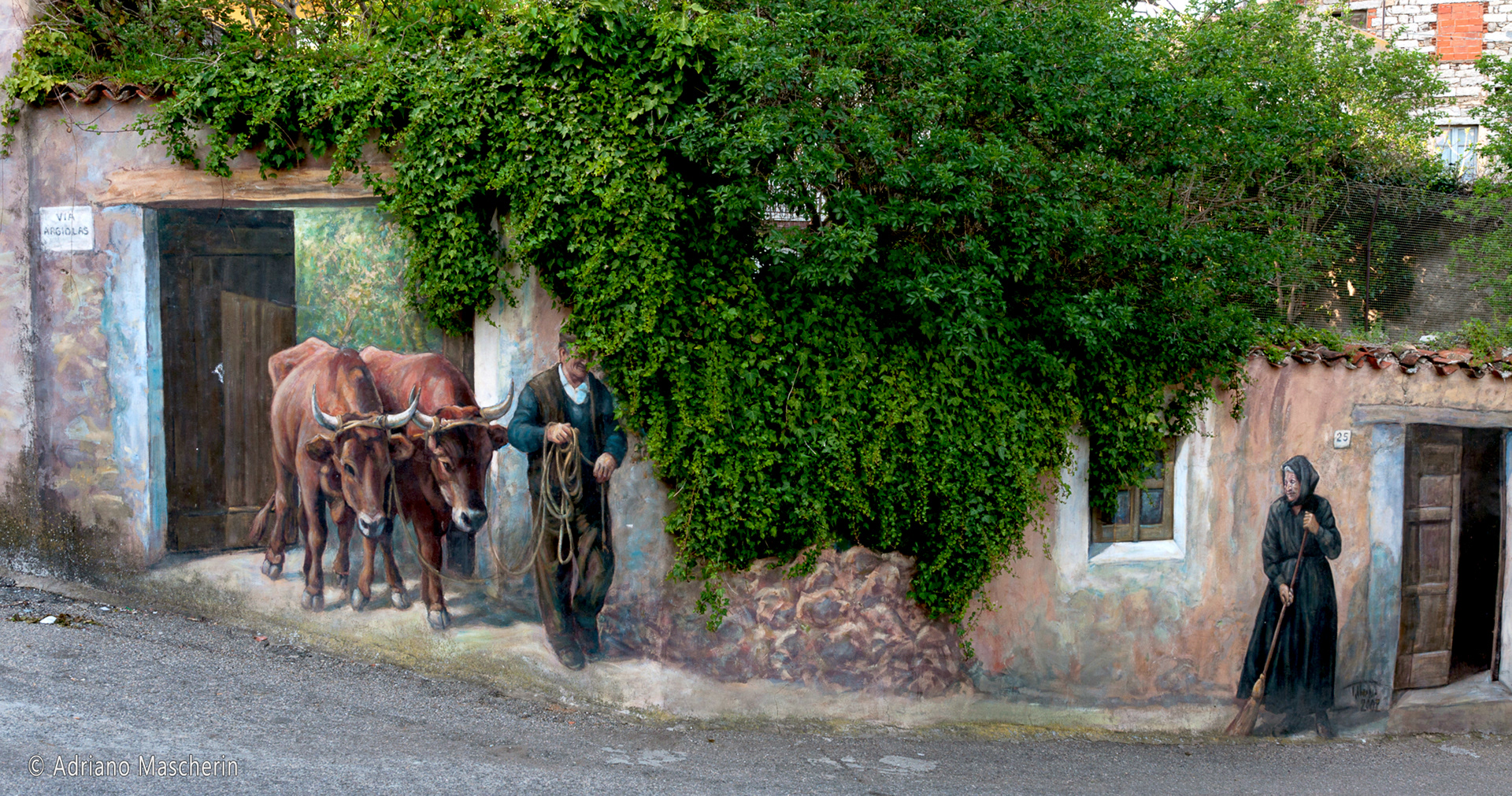
Fonni
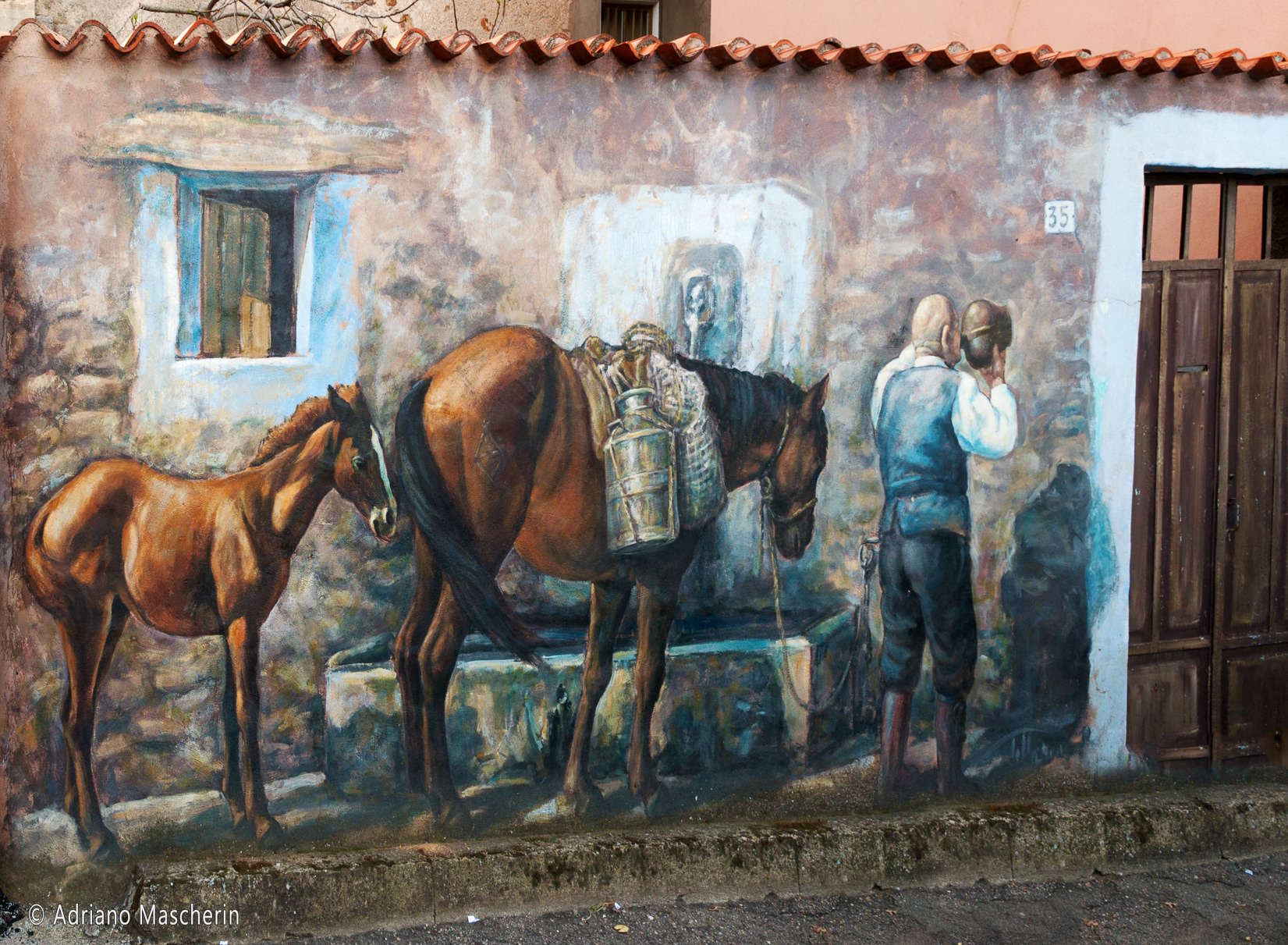
Fonni
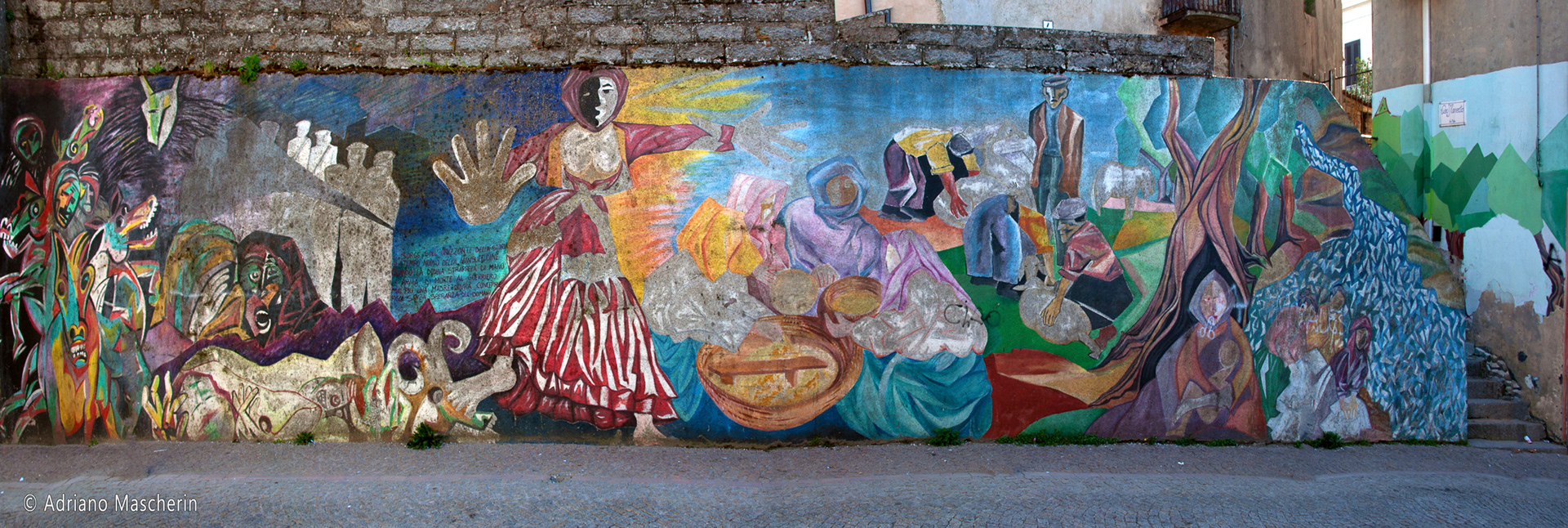
Fonni

Fluminimaggiore
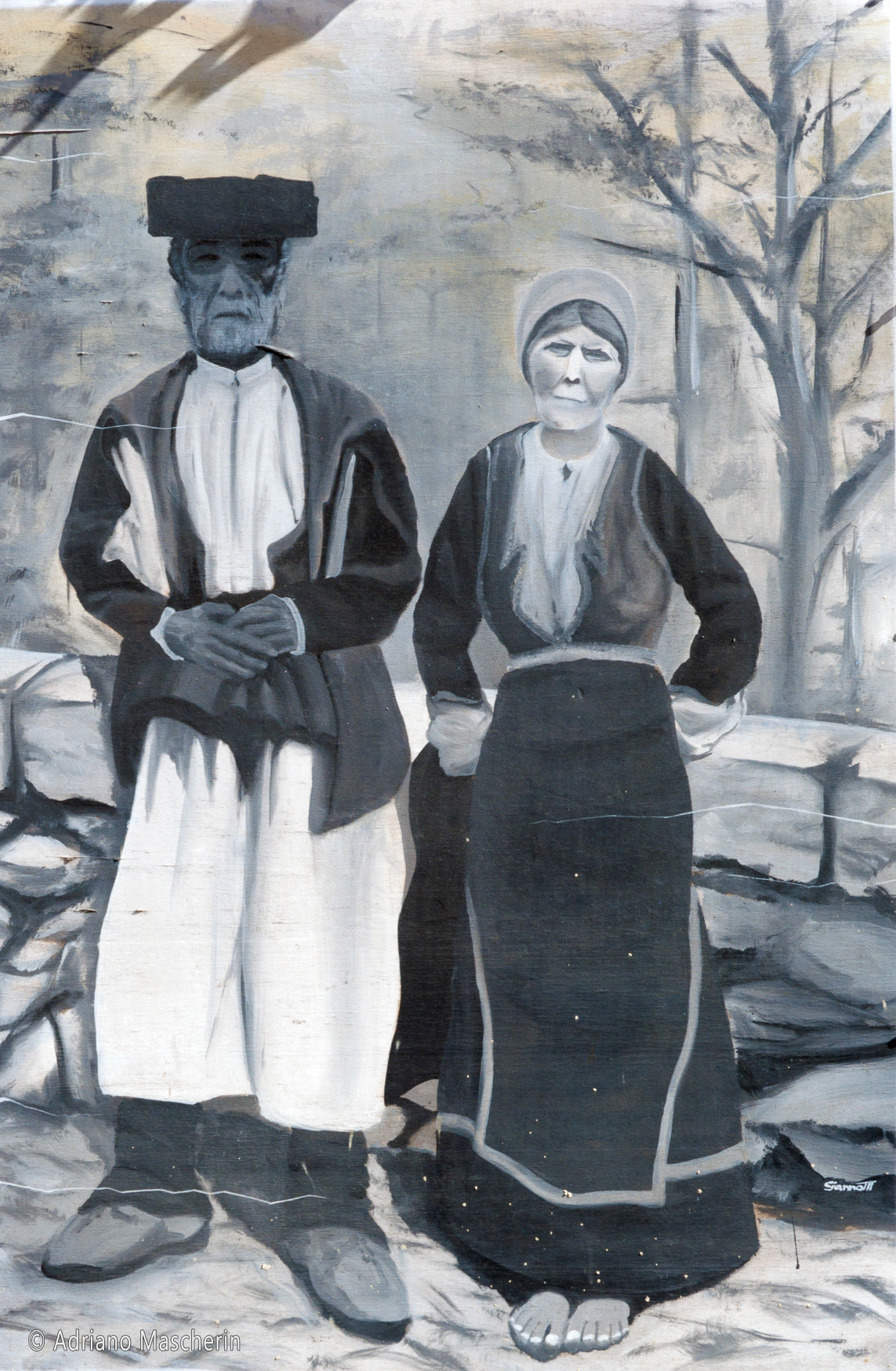
Nuoro
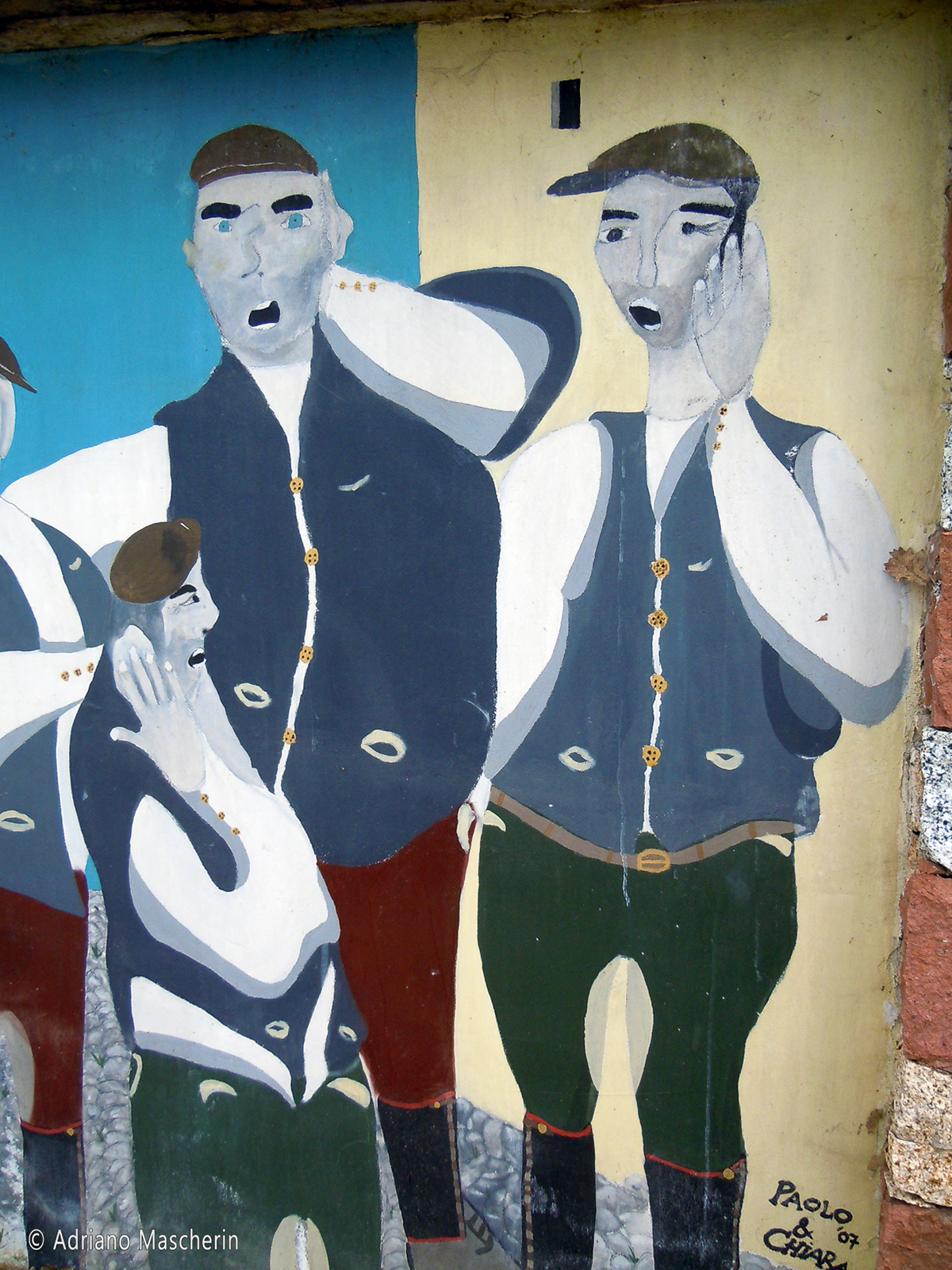
Onieri

Onieri
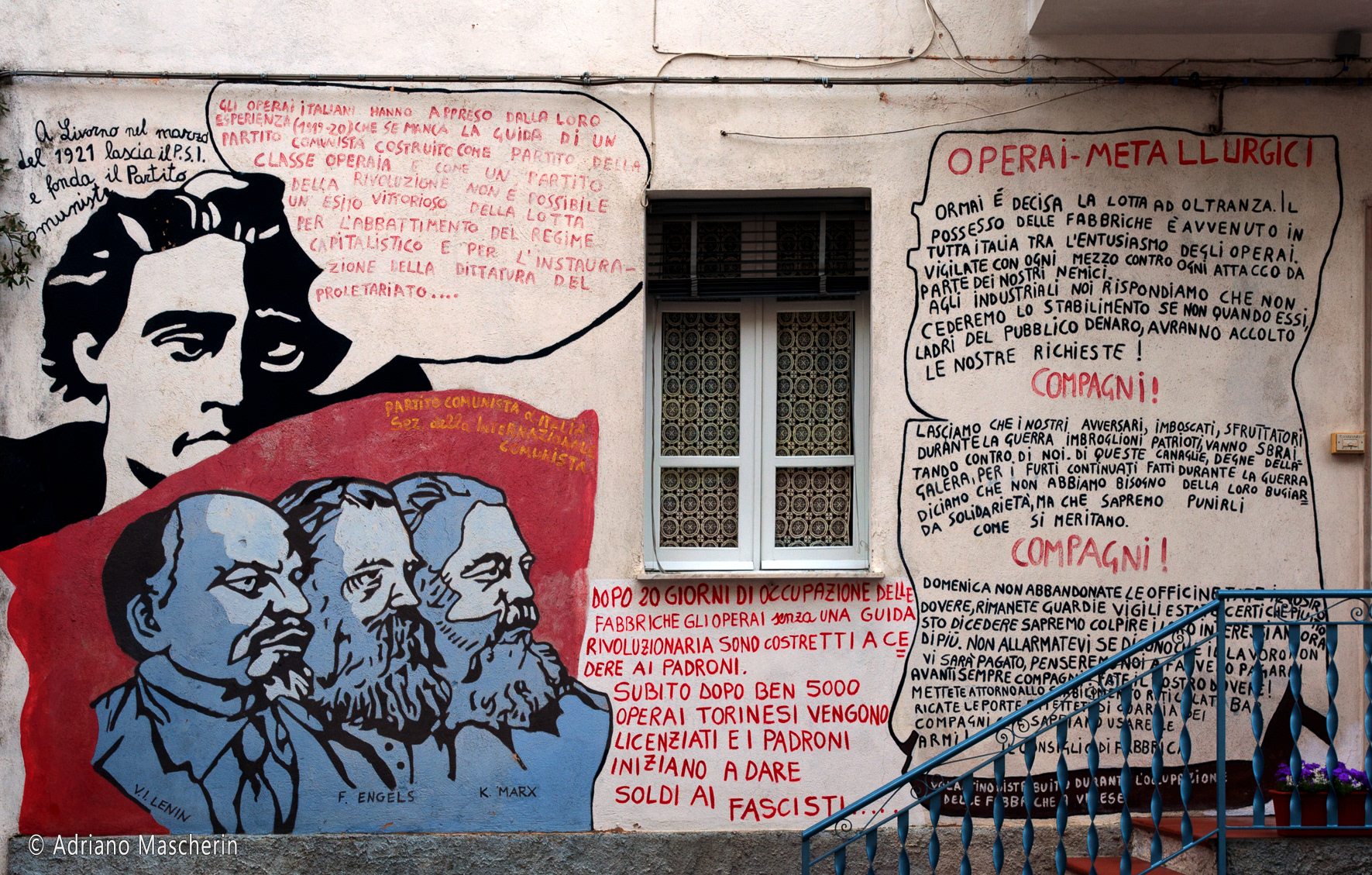
Orgosolo
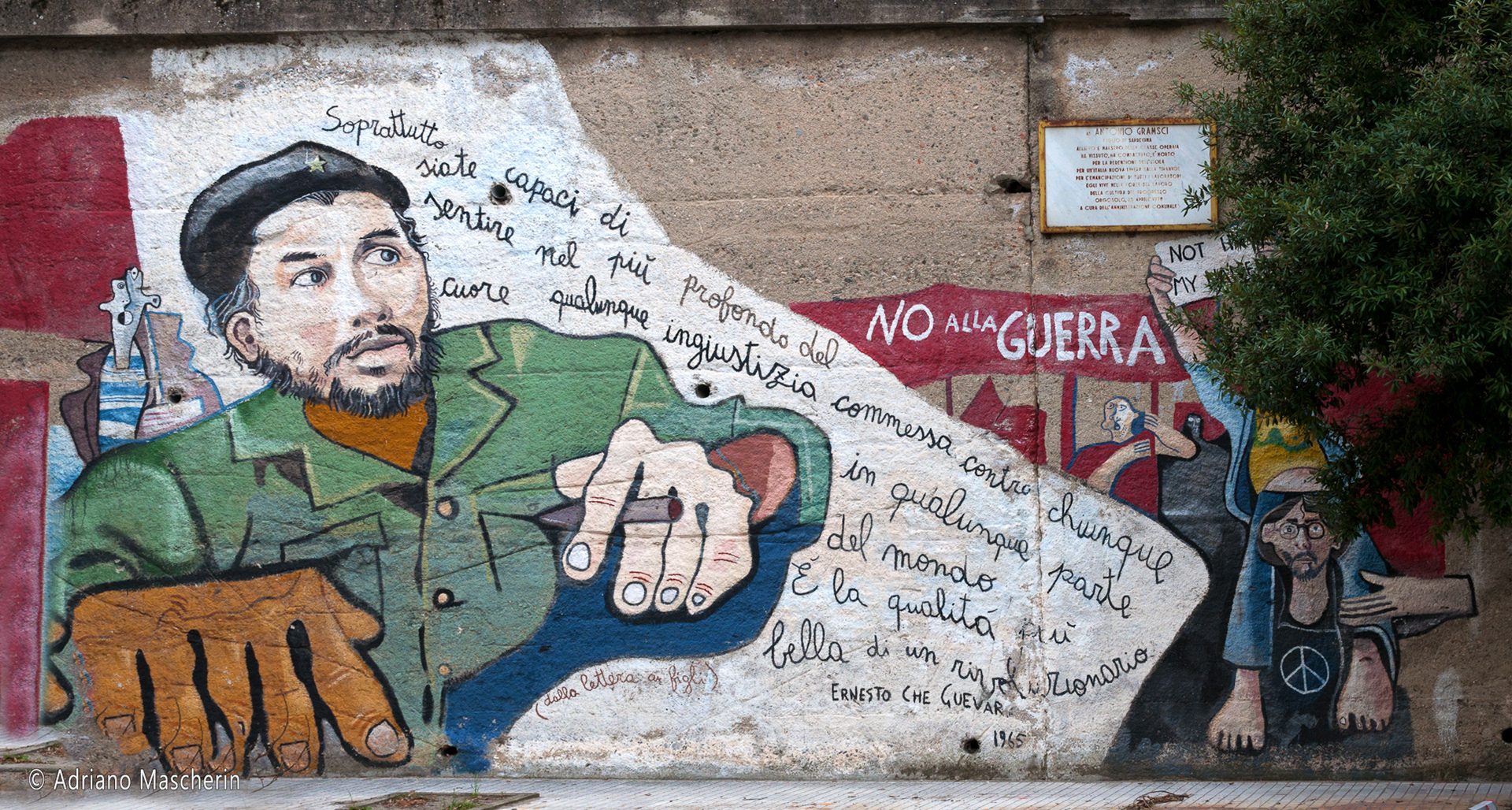
Orgosolo
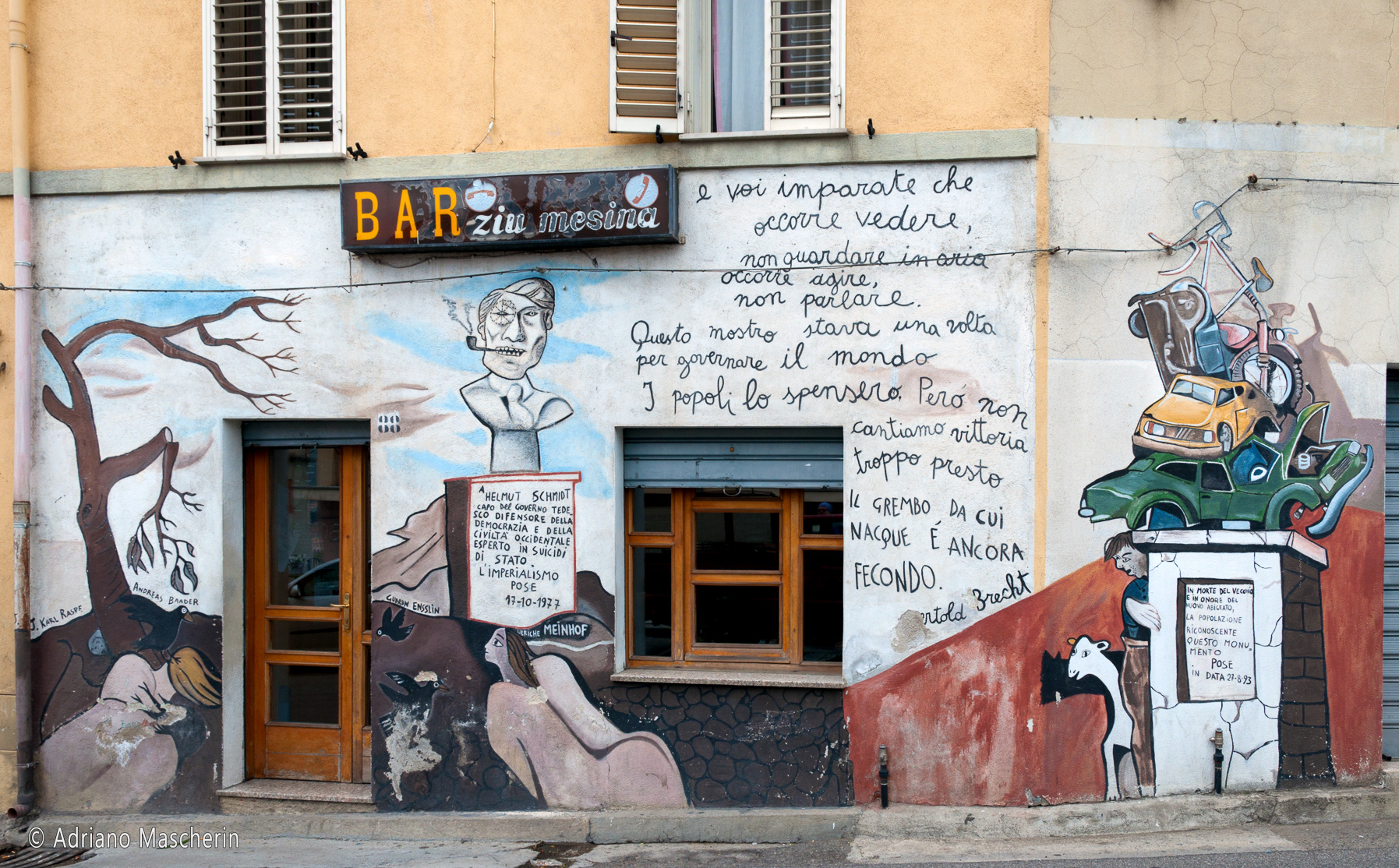
Orgosolo

Orgosolo

Orgosolo
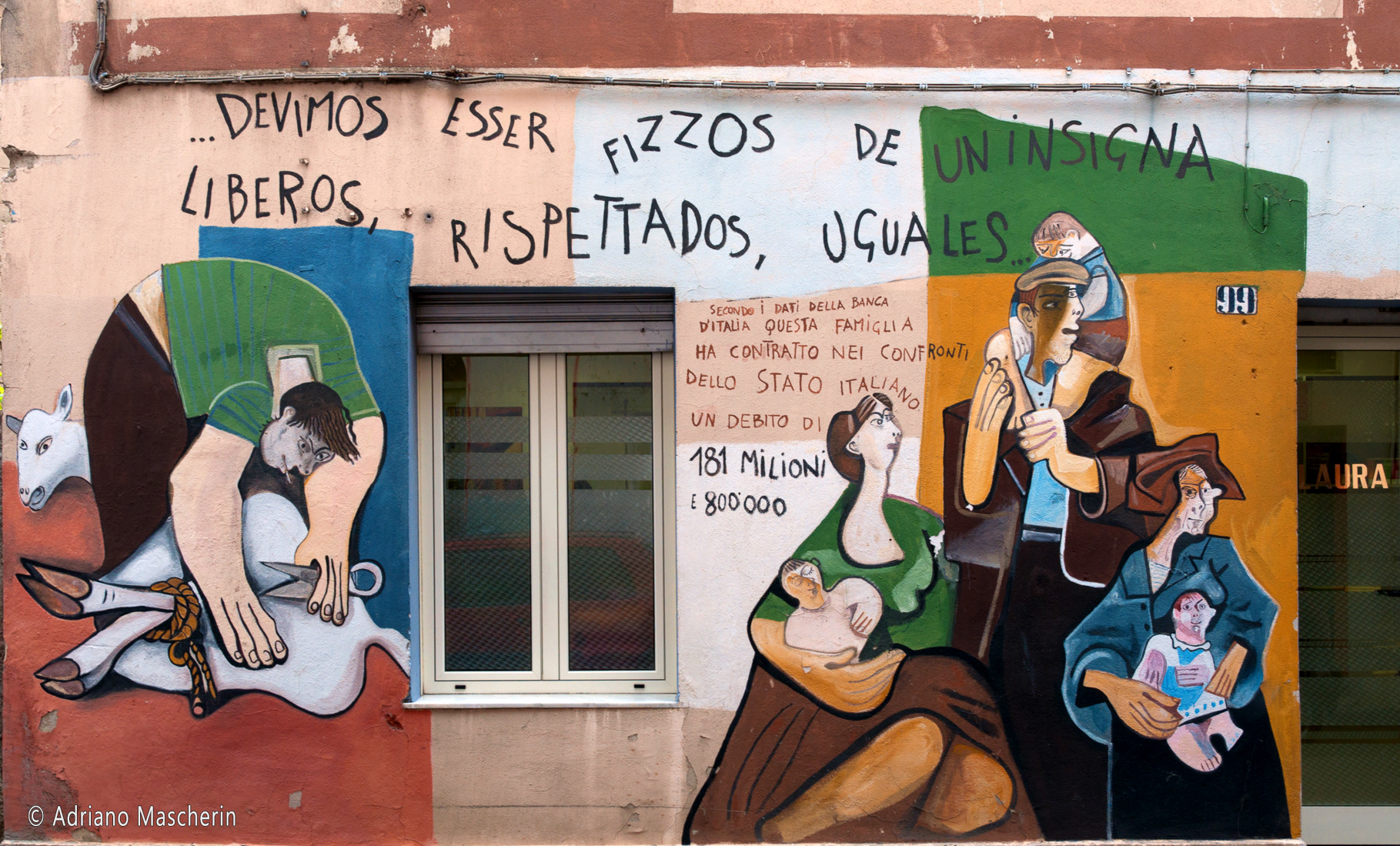
Orgosolo

Orgosolo
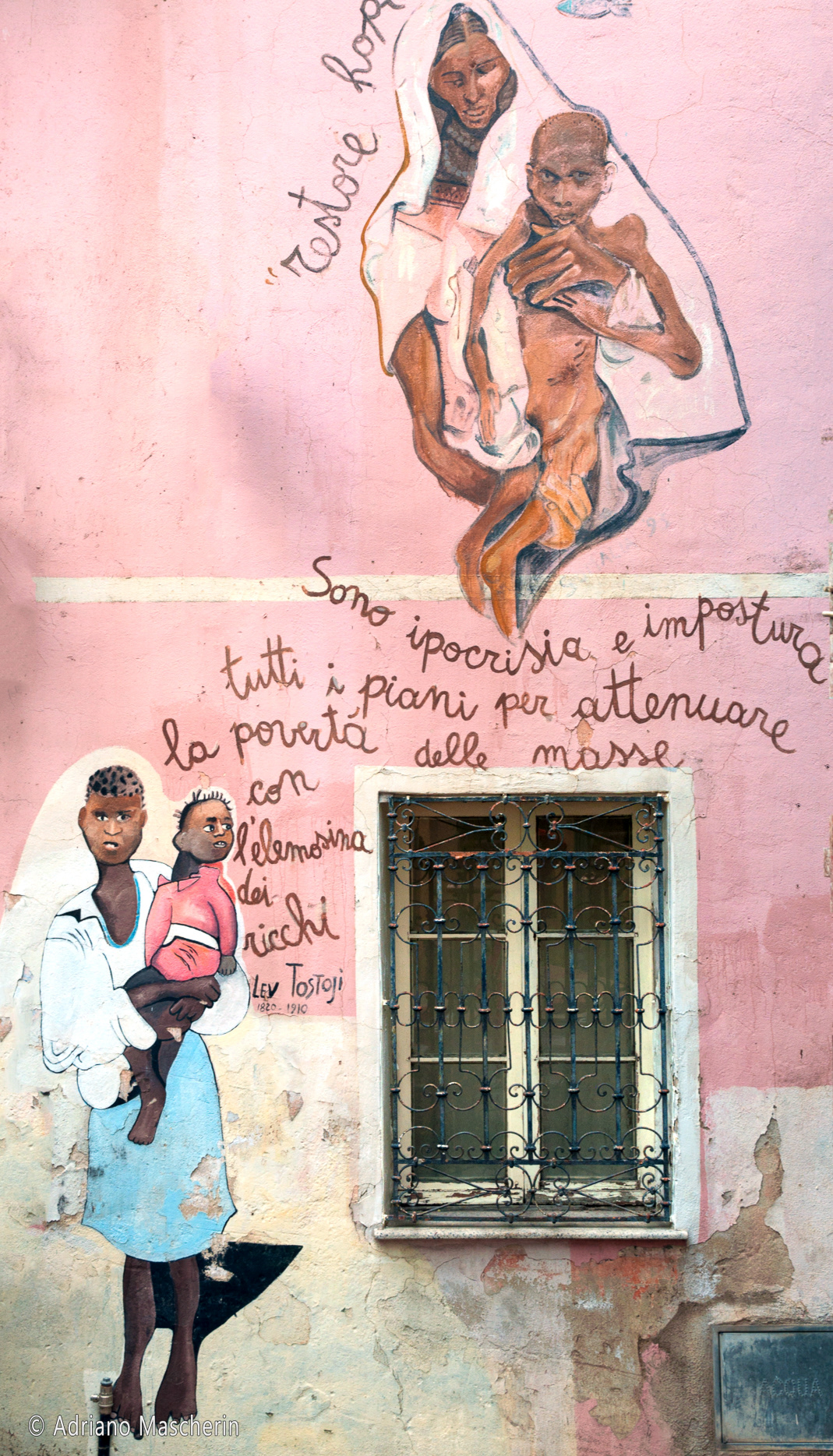
Orgosolo
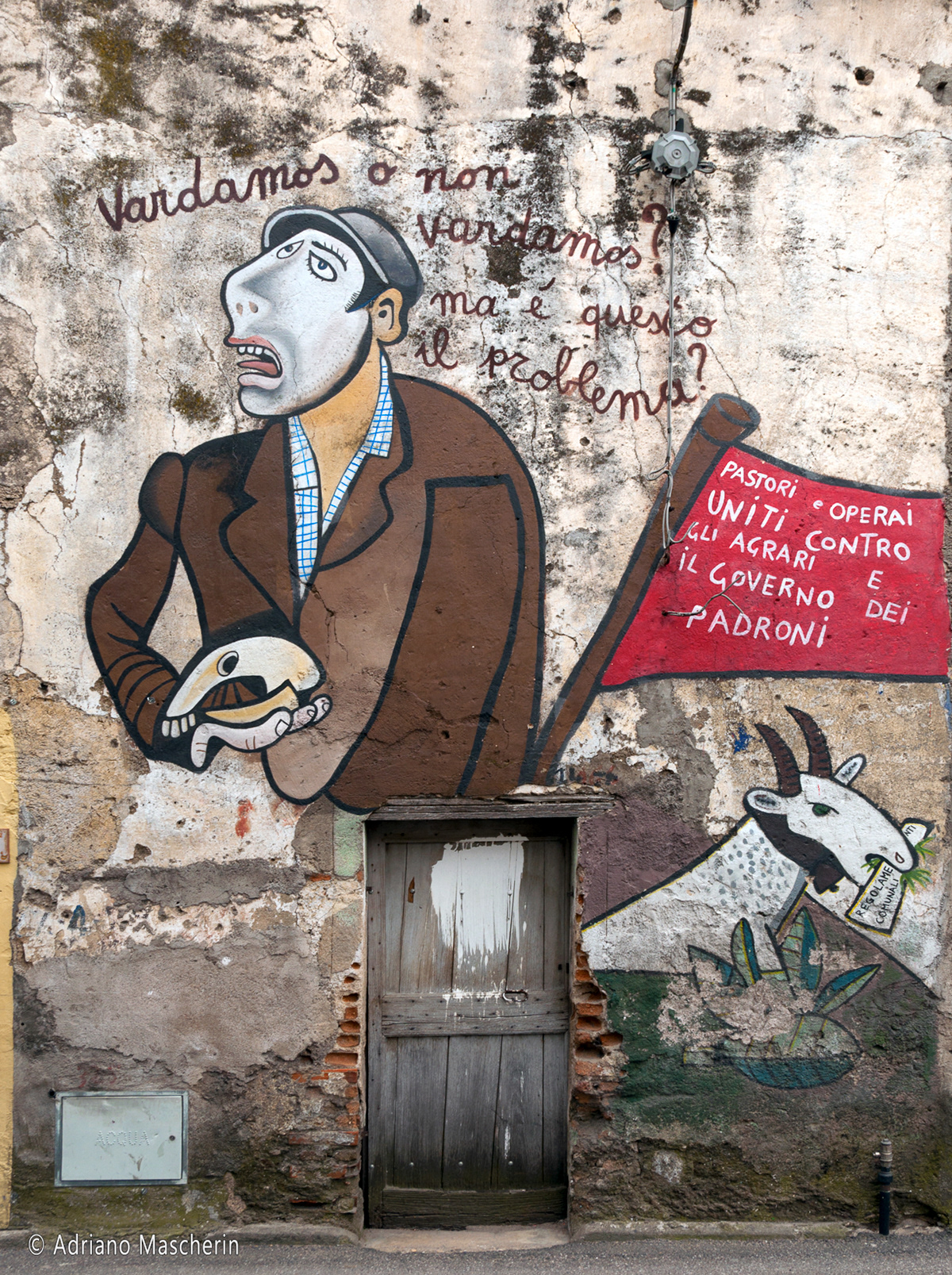
Orgosolo
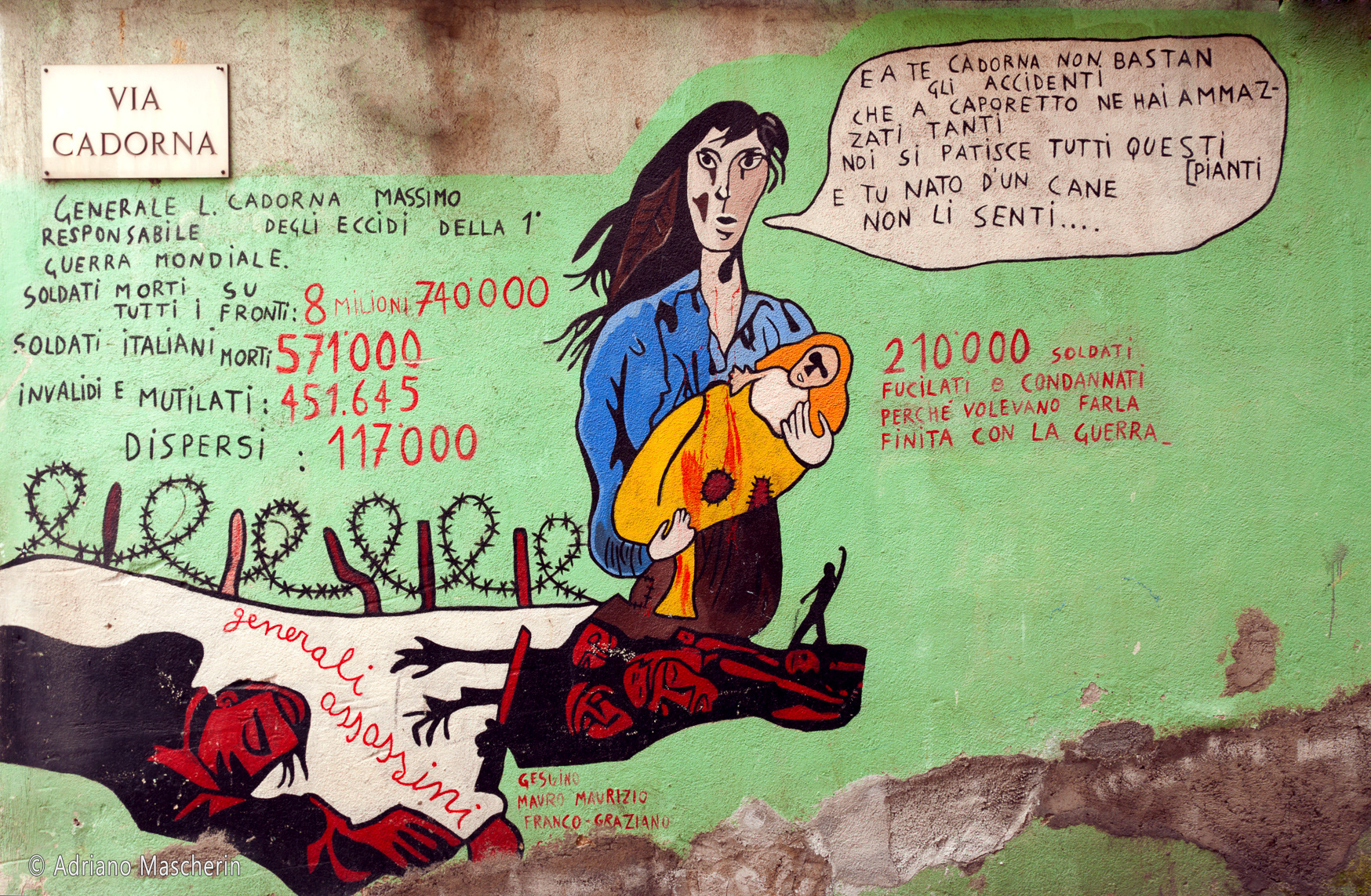
Orgosolo
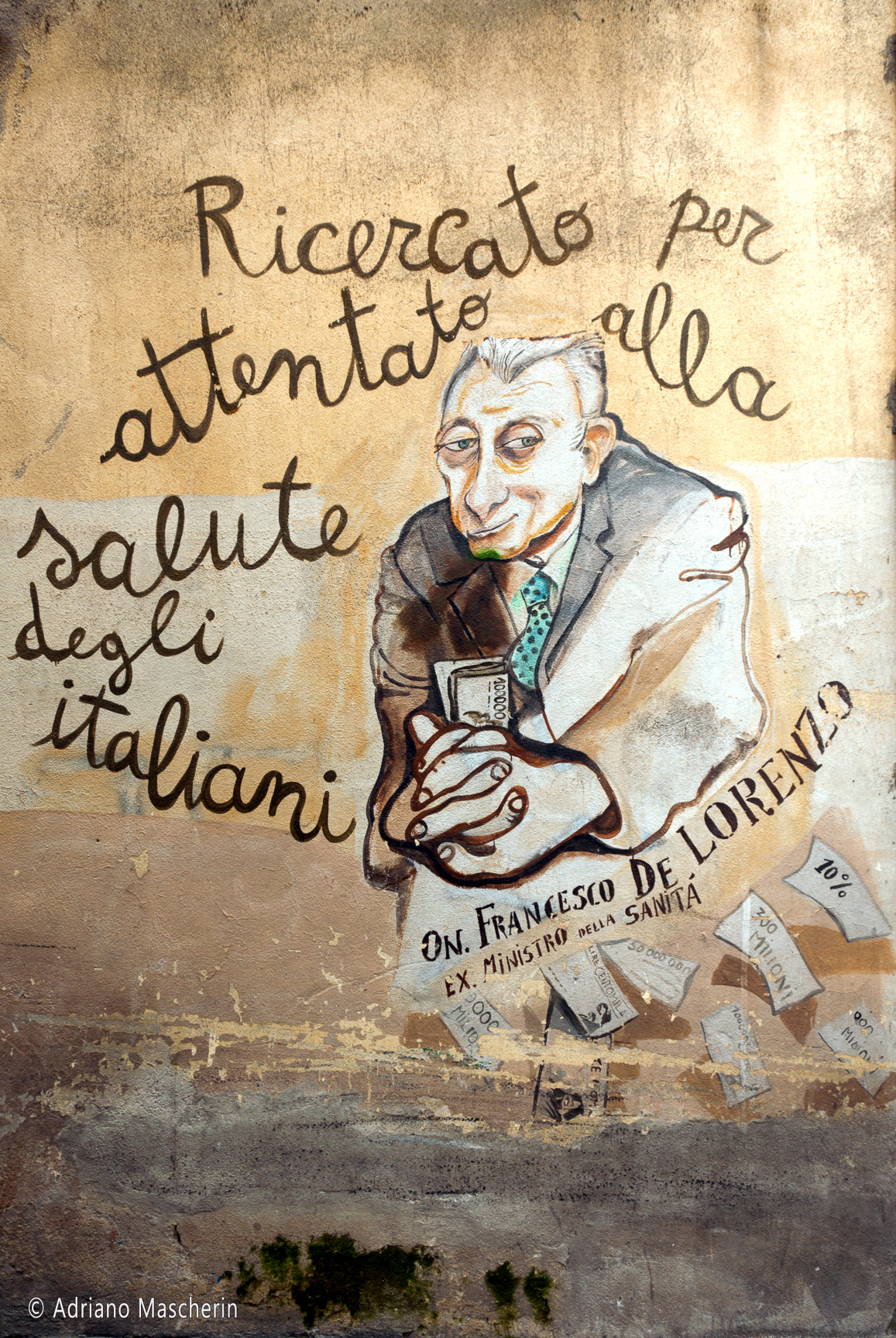
Orgosolo
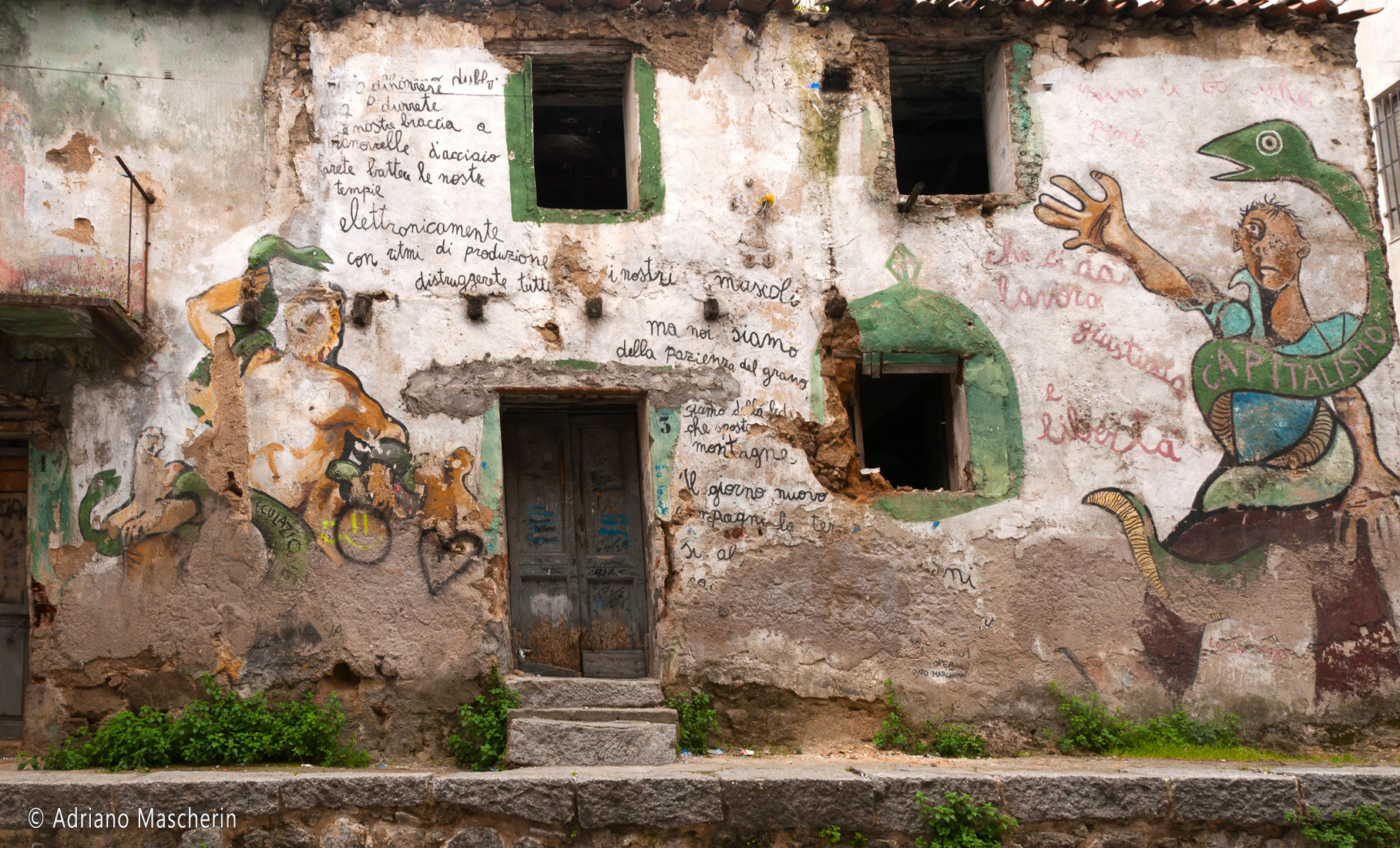
Orgosolo
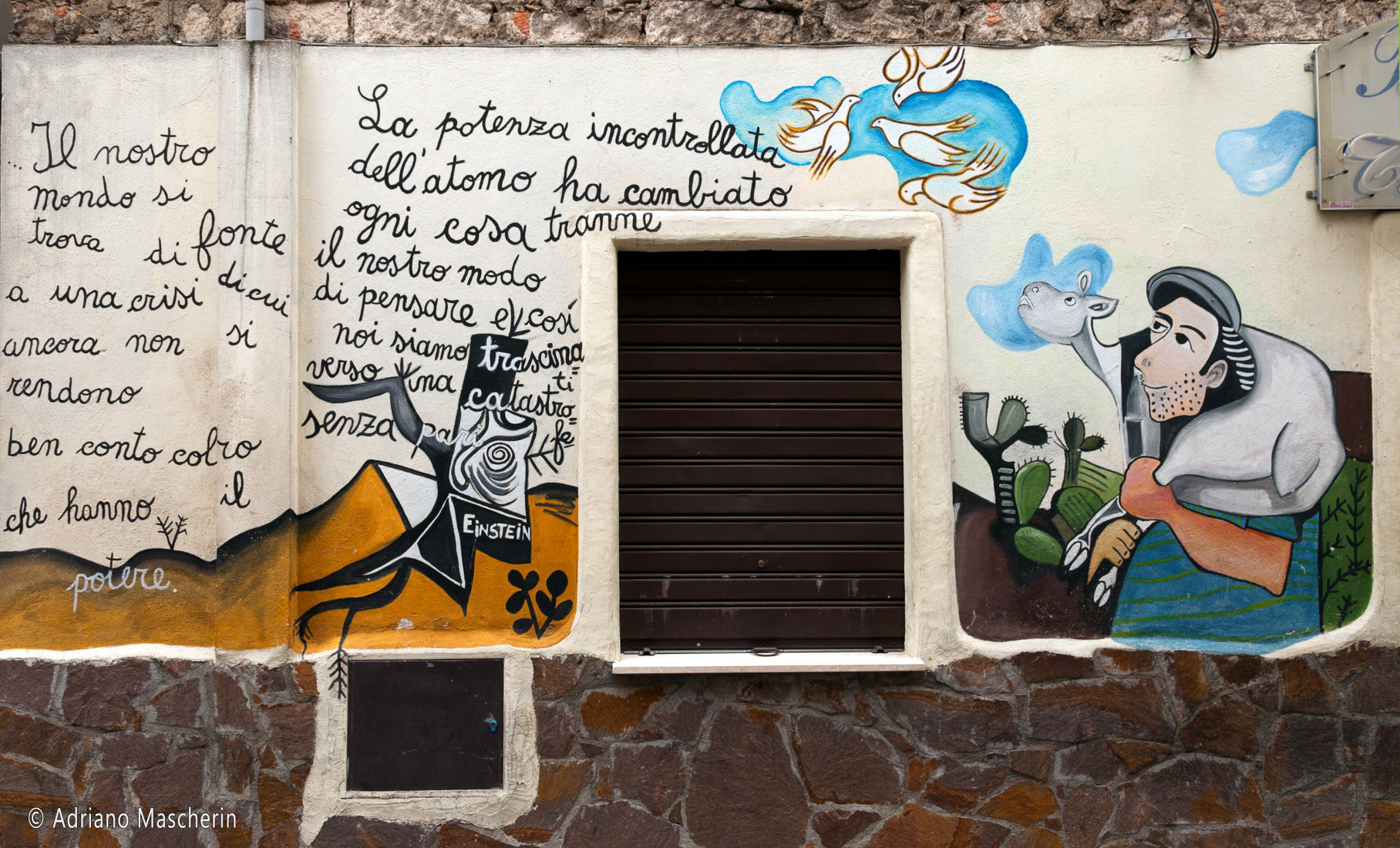
Orgosolo

Orgosolo

Orgosolo
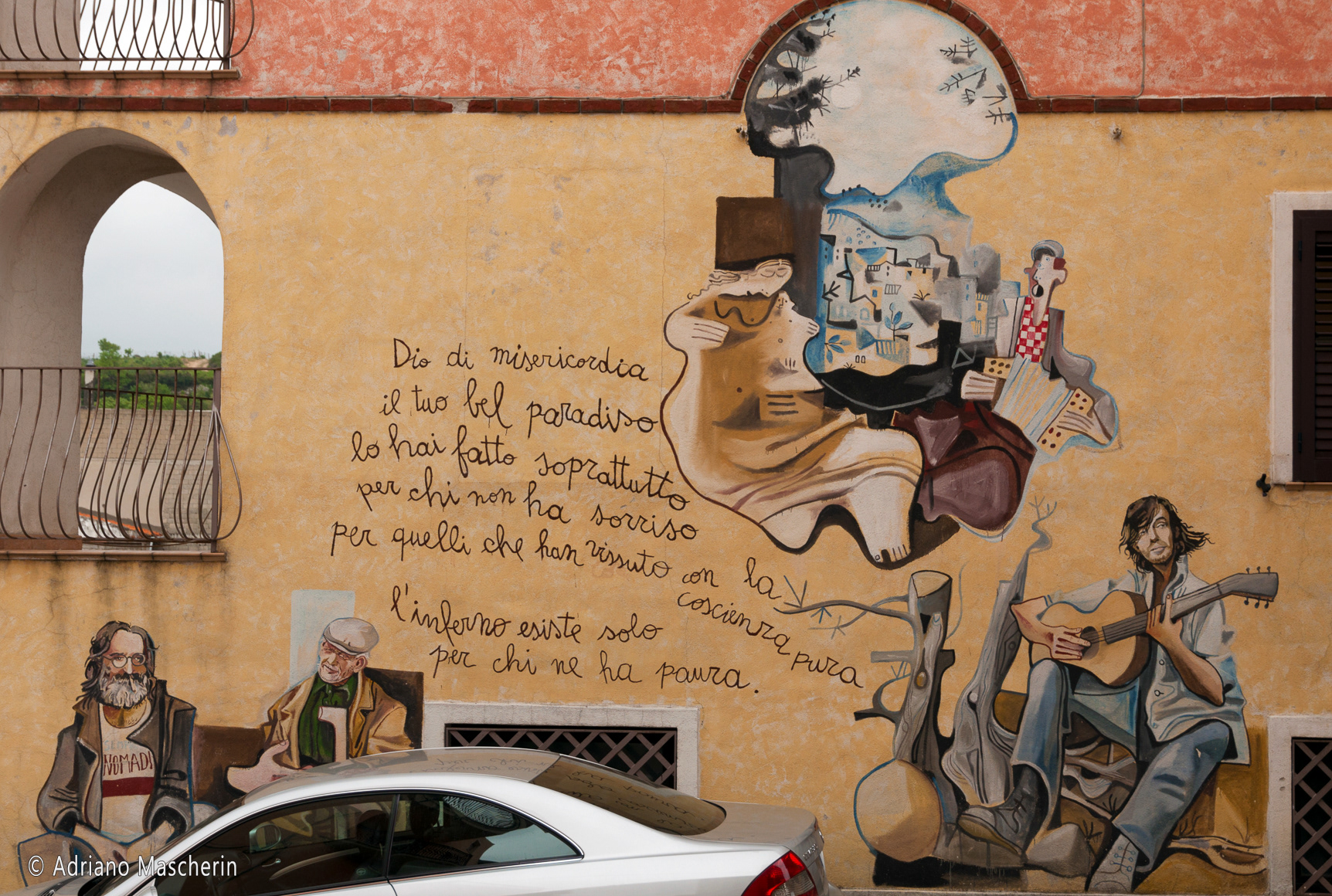
Orgosolo
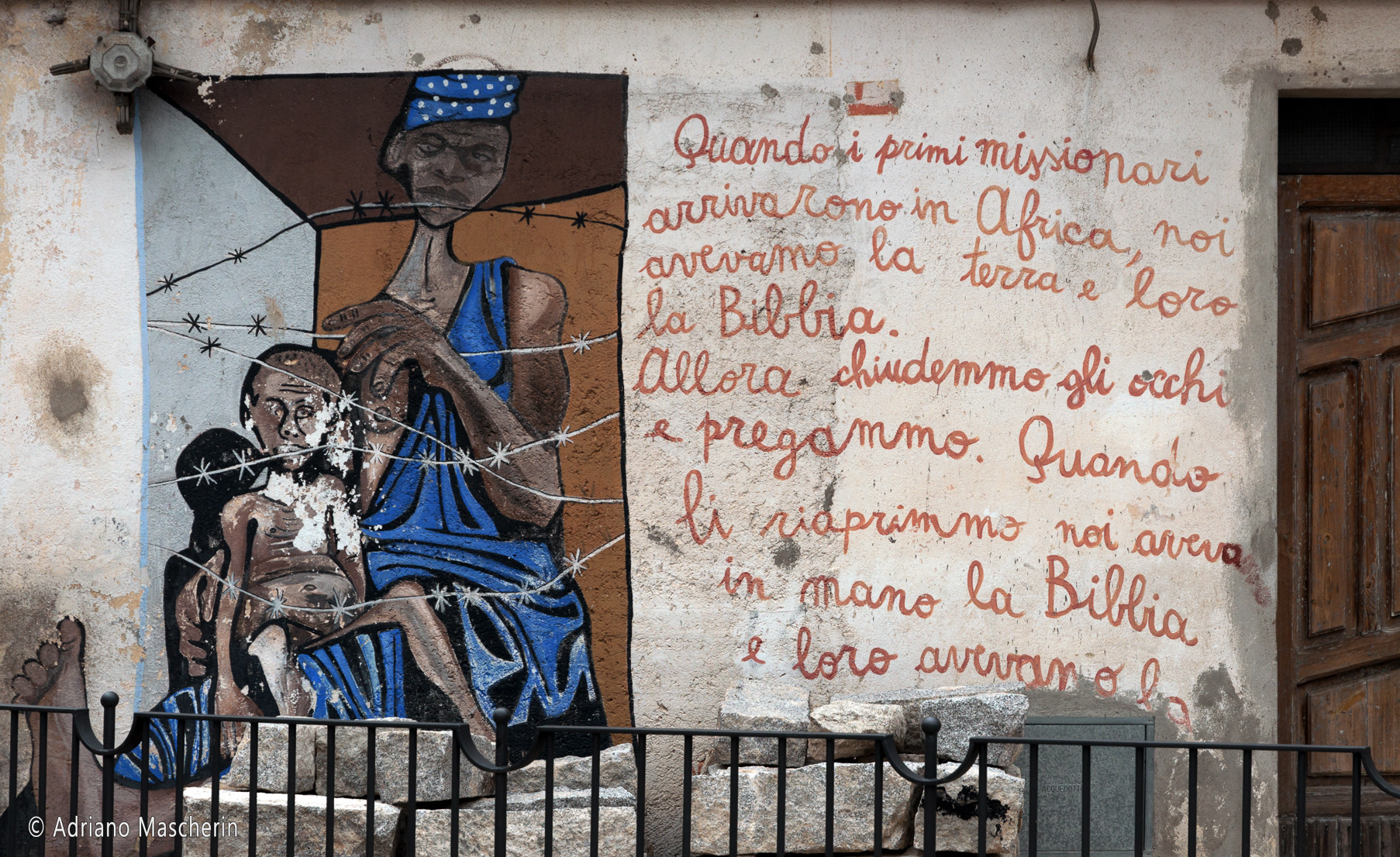
Orgosolo
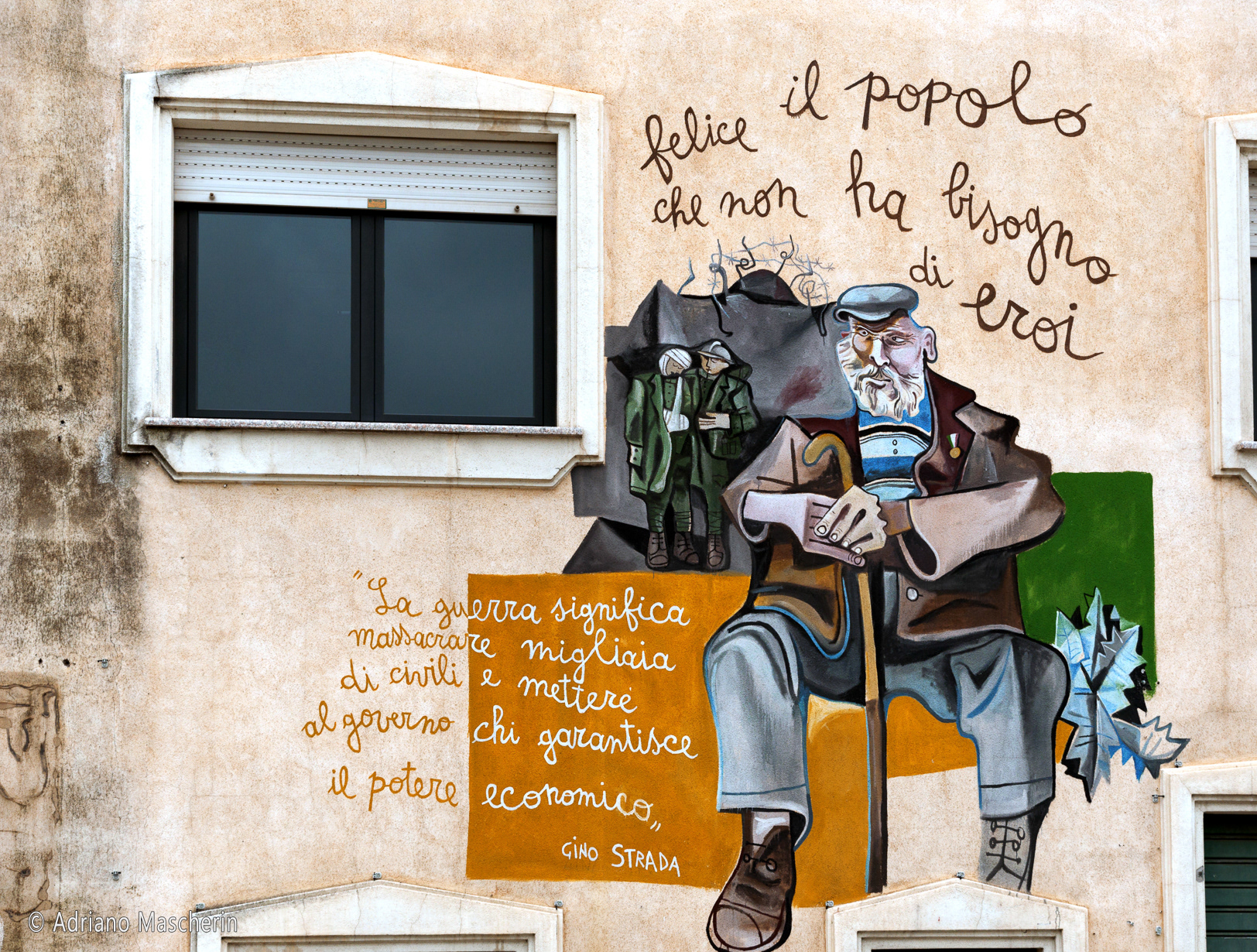
Orgosolo
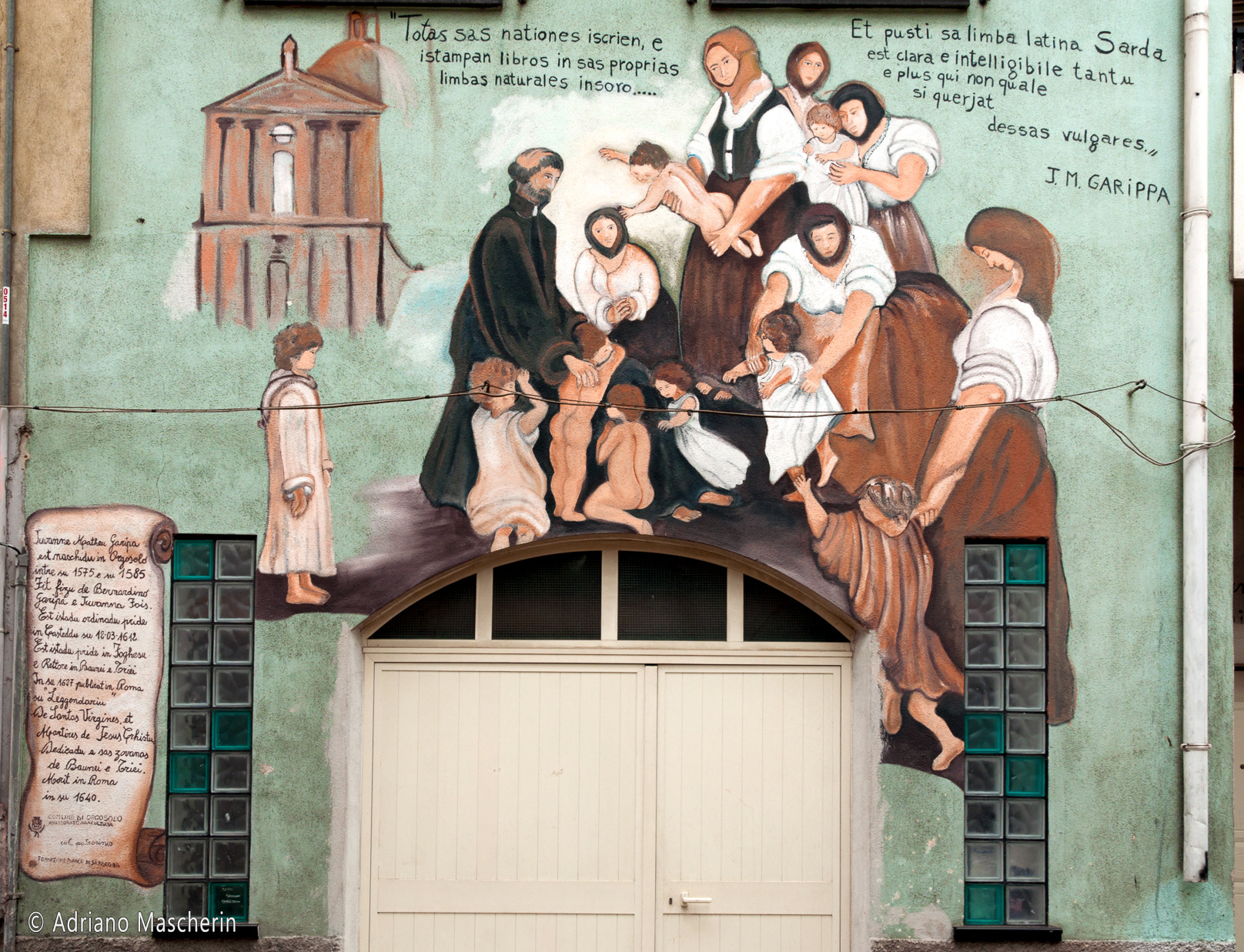
Orgosolo

Orgosolo
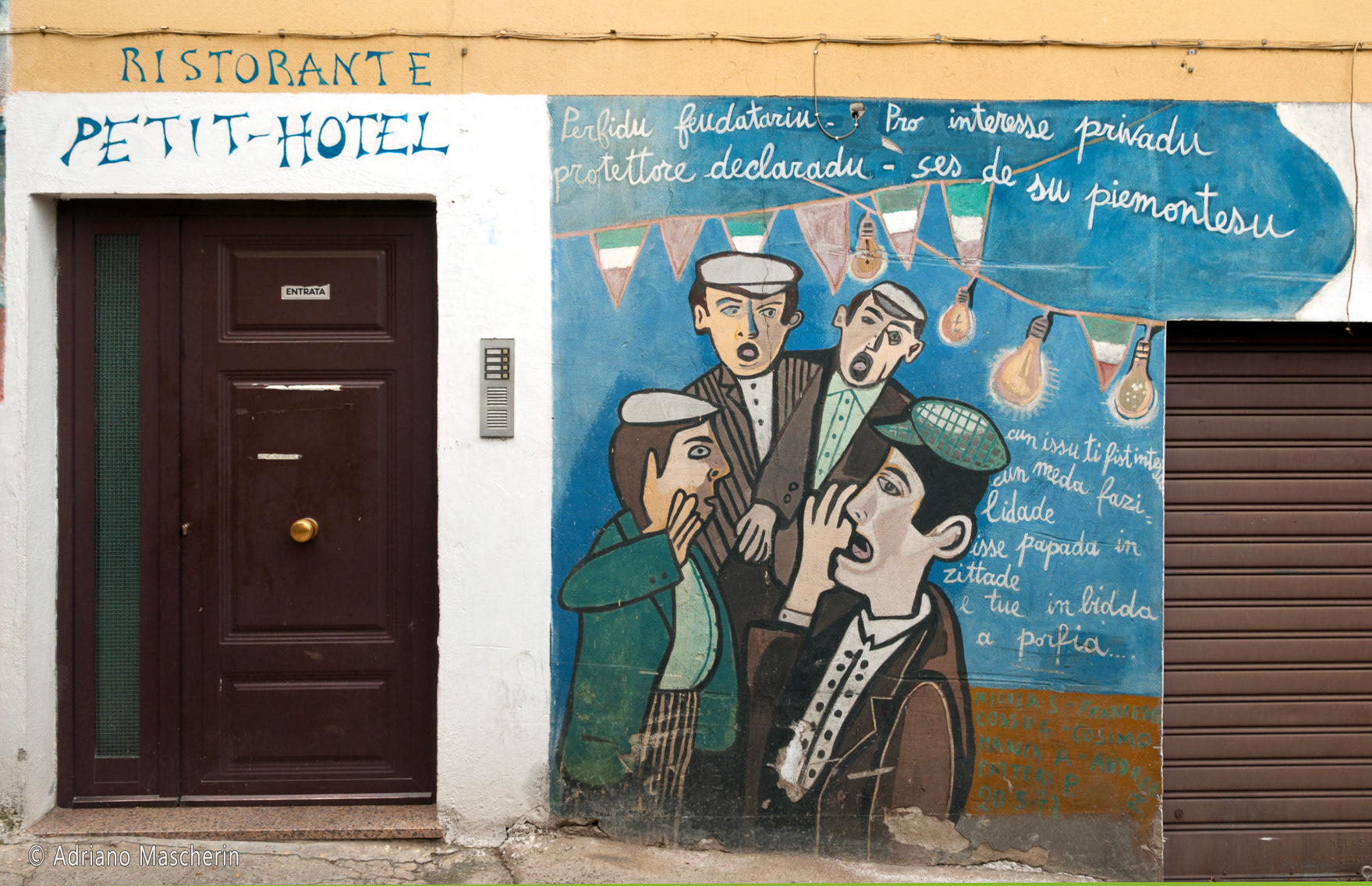
Orgosolo
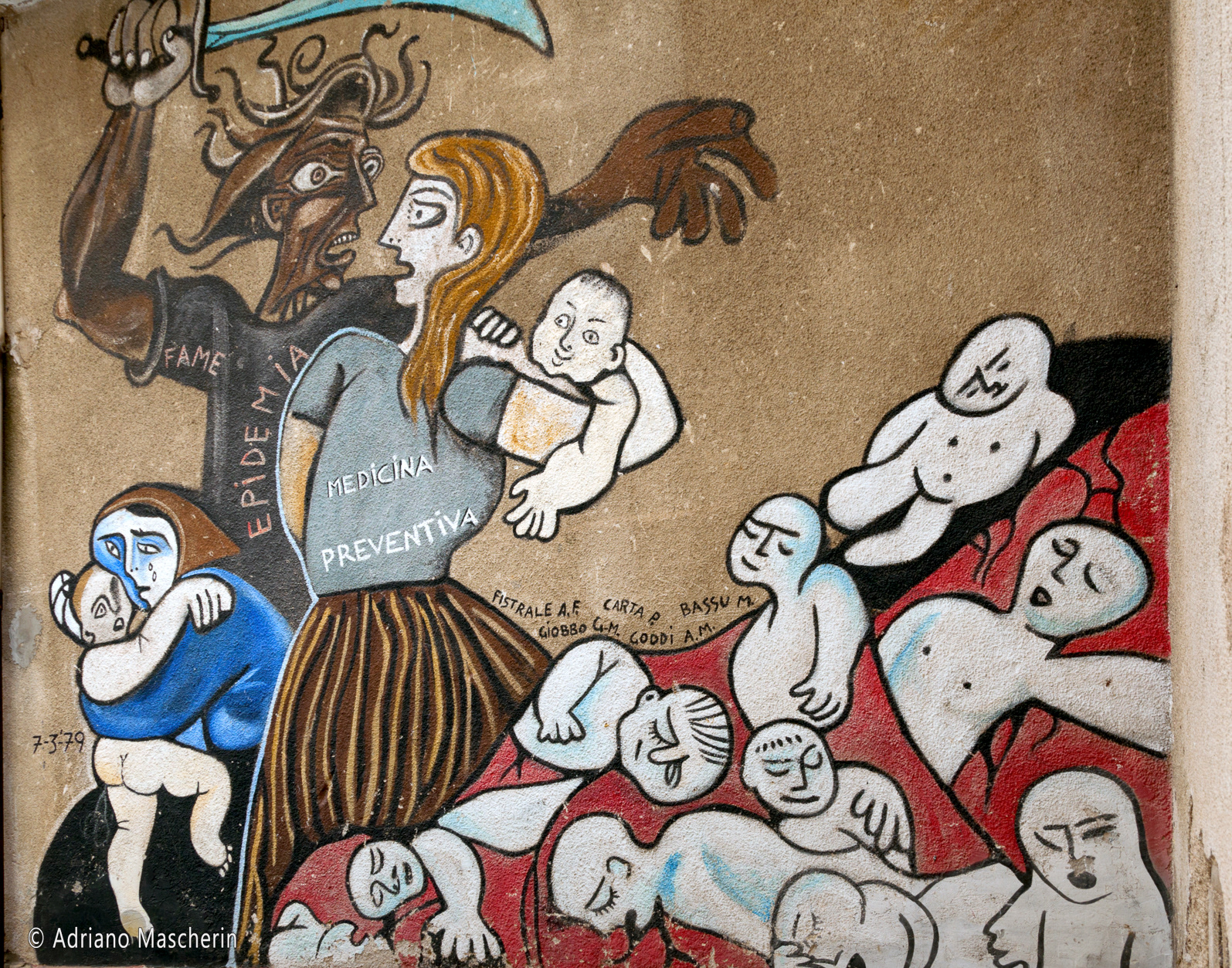
Orgosolo
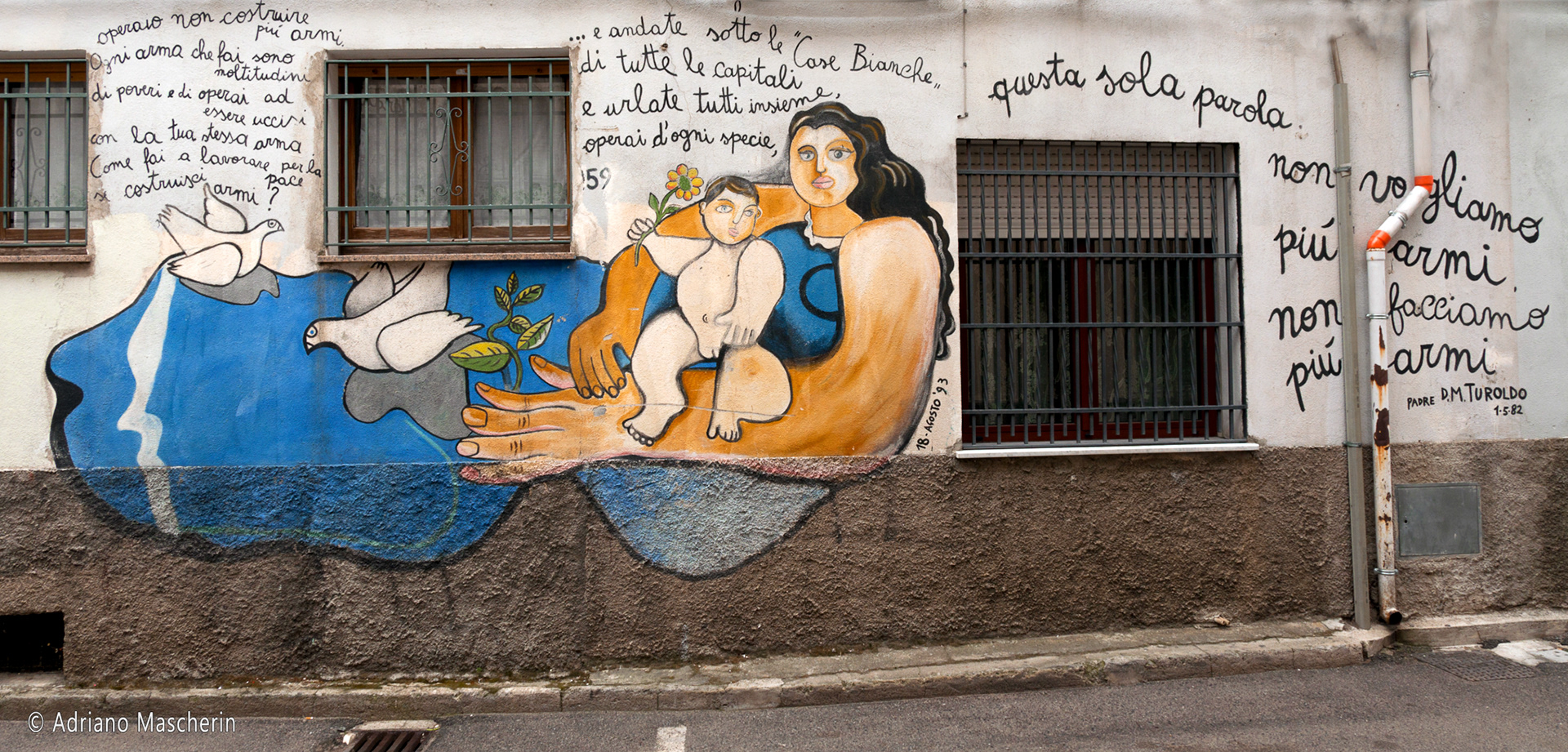
Orgosolo

Orgosolo

Orgosolo

Orgosolo

Orgosolo
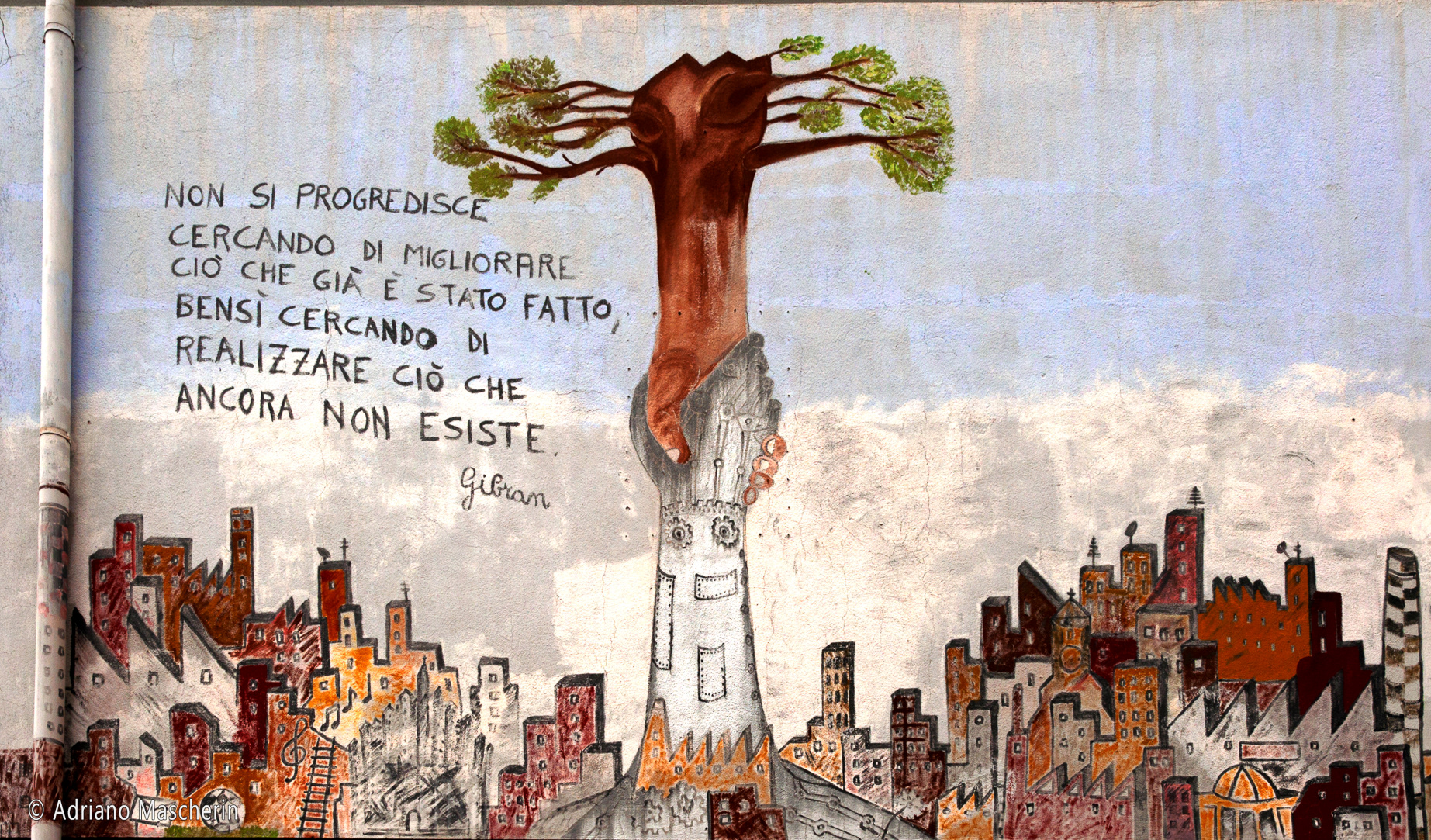
Orgosolo
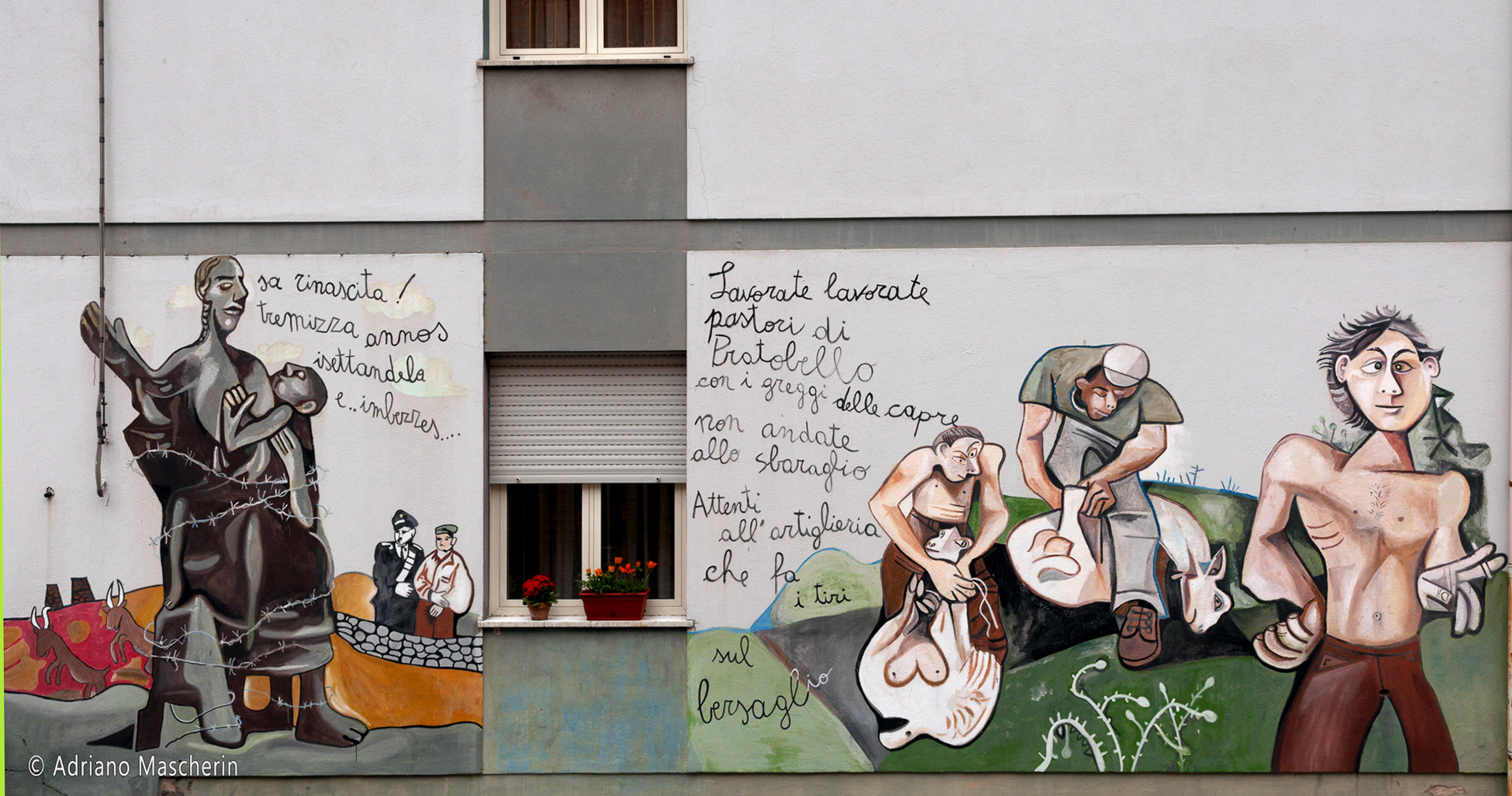
Orgosolo
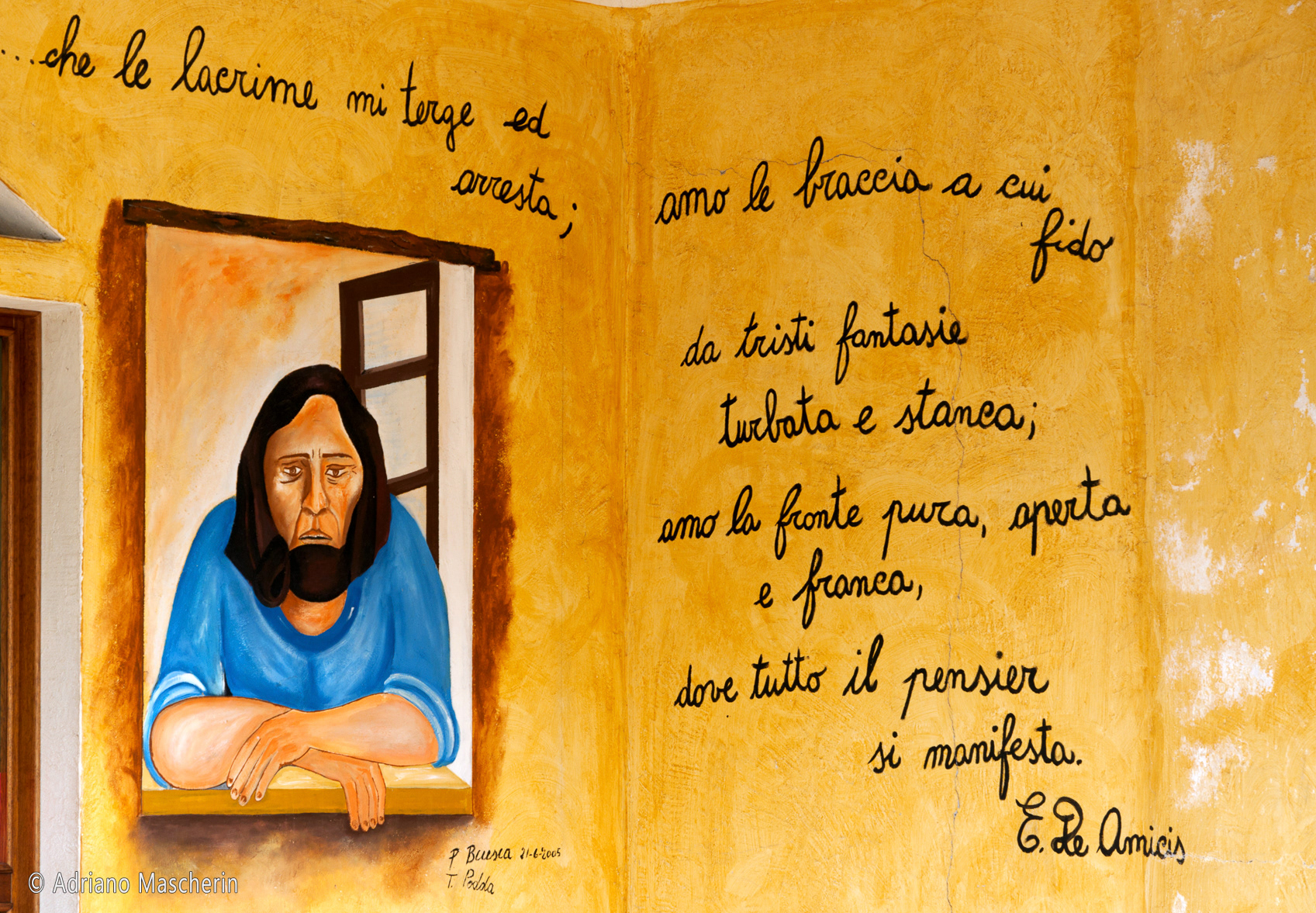
Orgosolo

Orgosolo
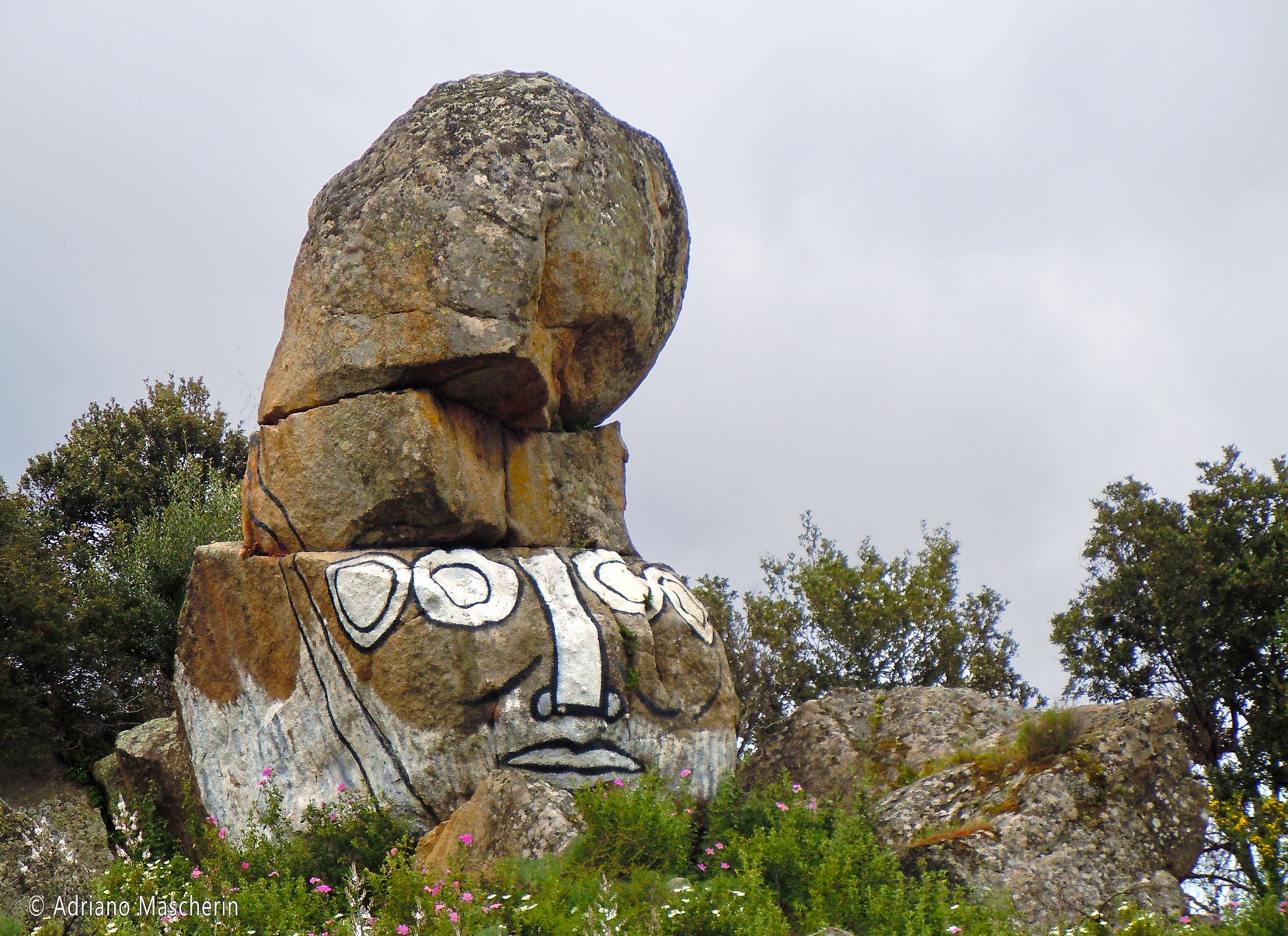
Orgosolo
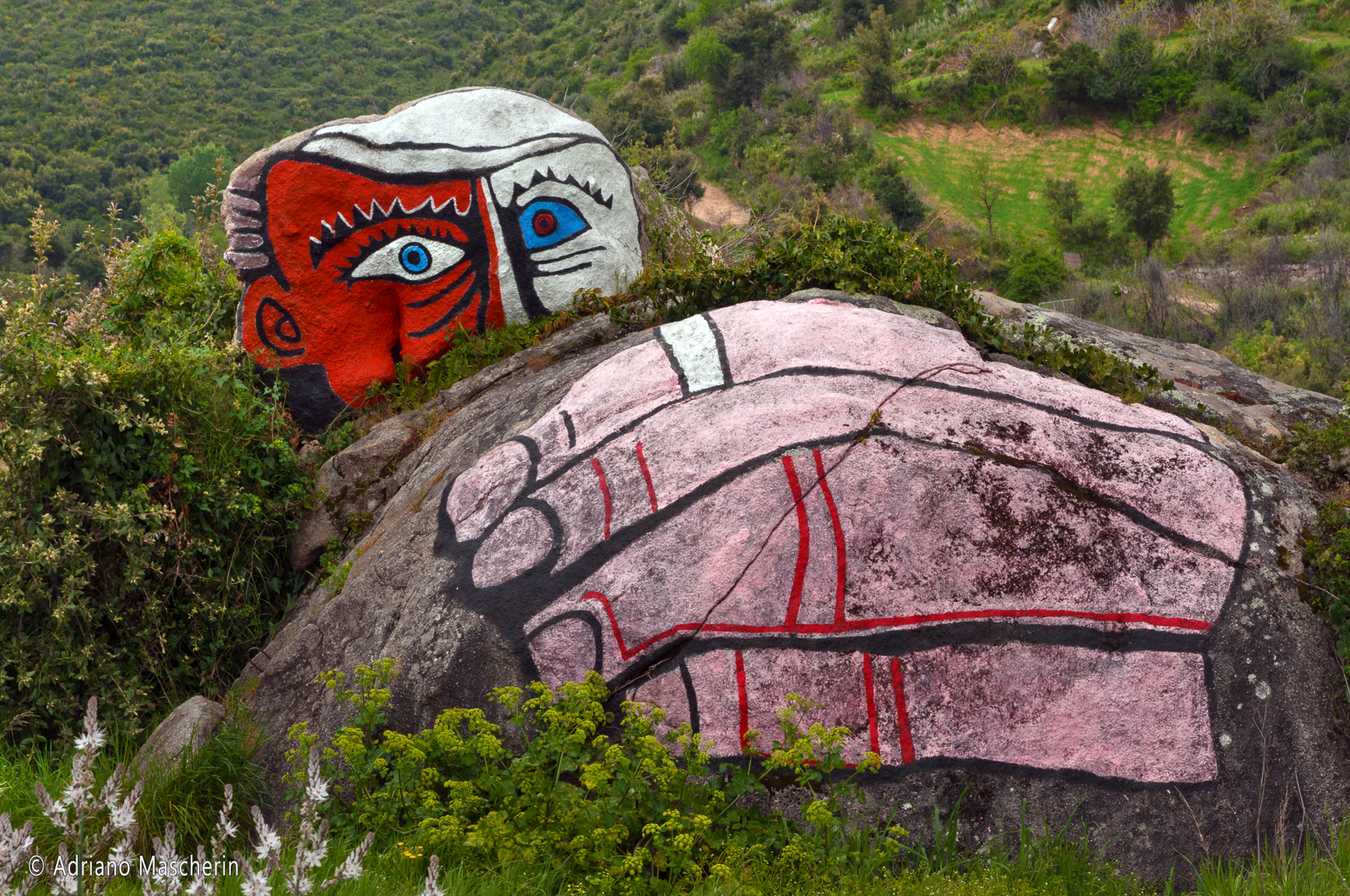
Orgosolo
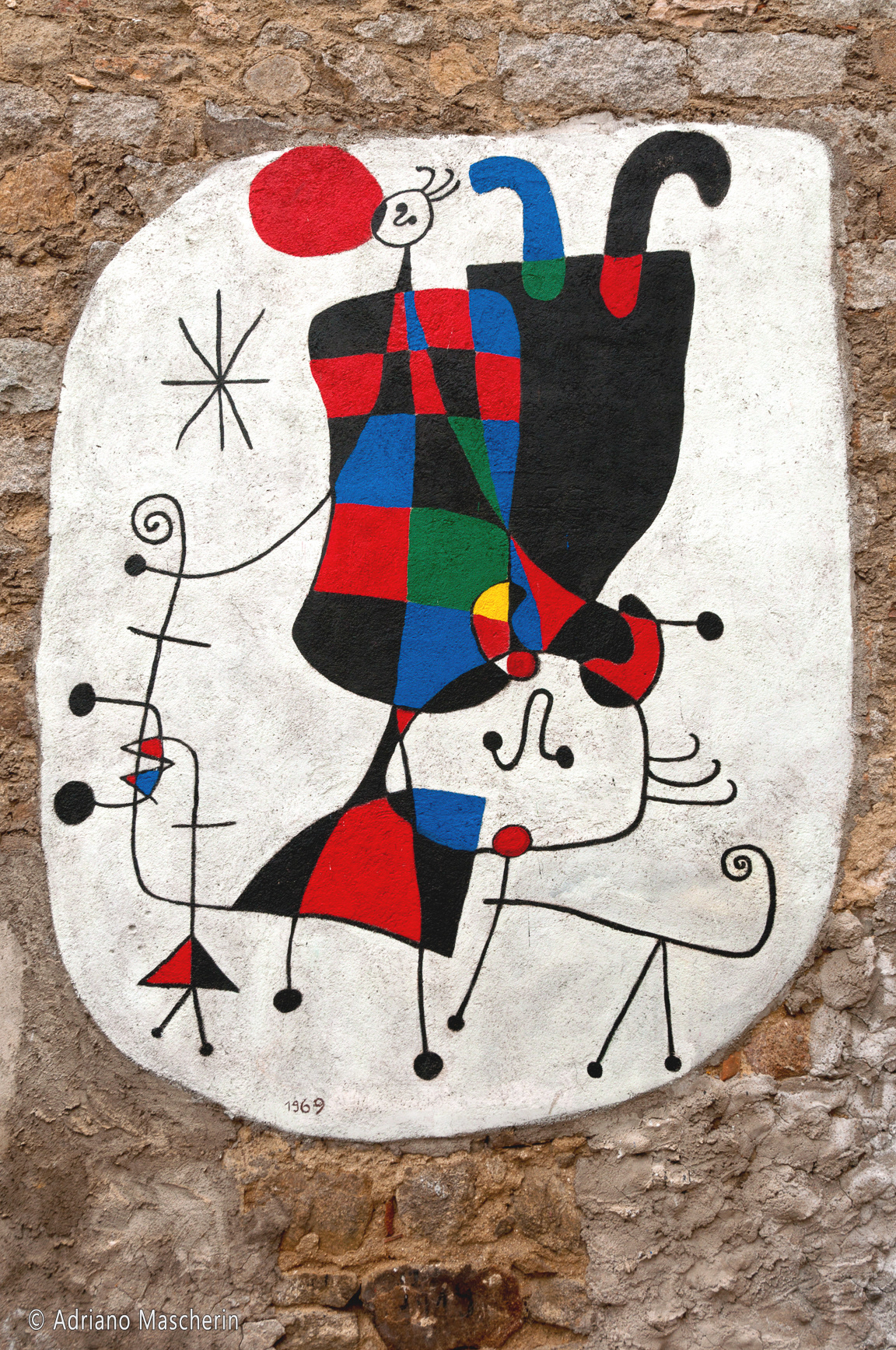
Orgosolo

Orgosolo
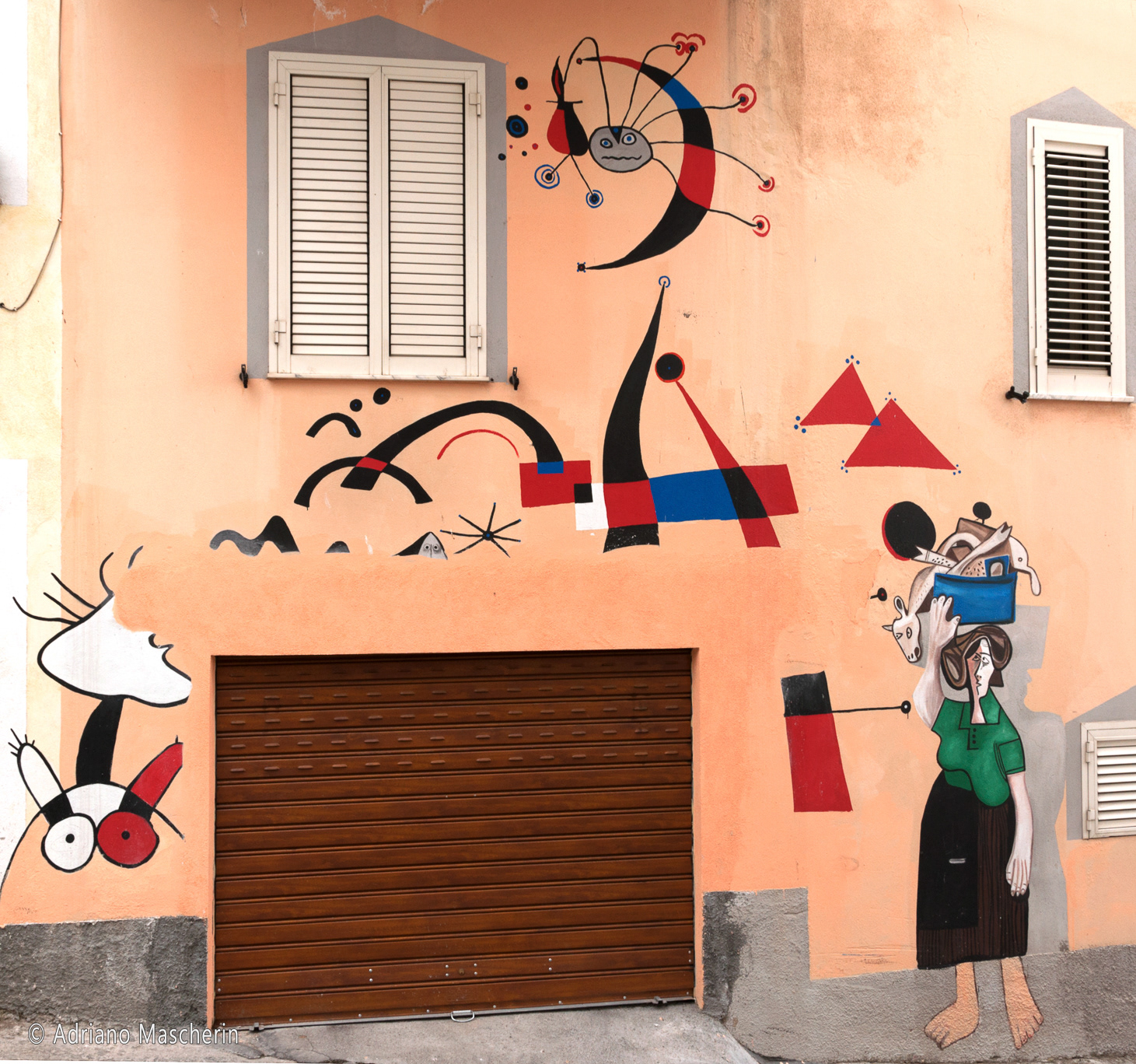
Orgosolo

Orune
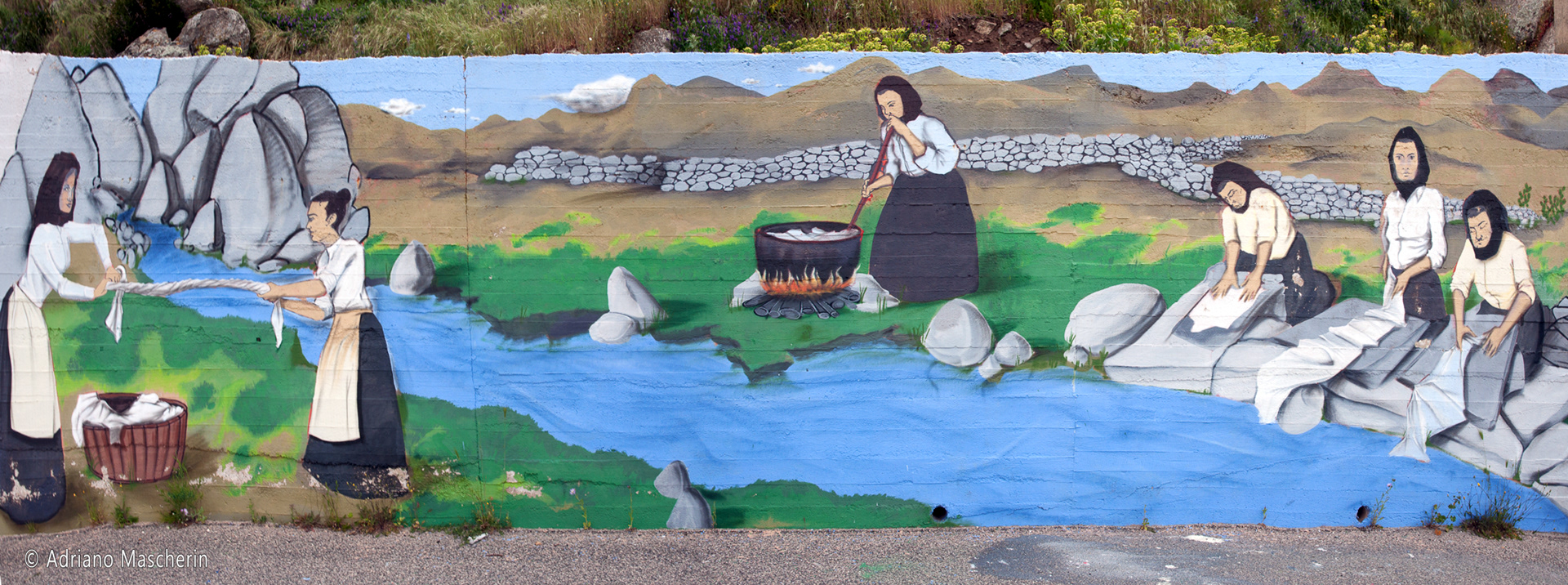
Orune

Palau
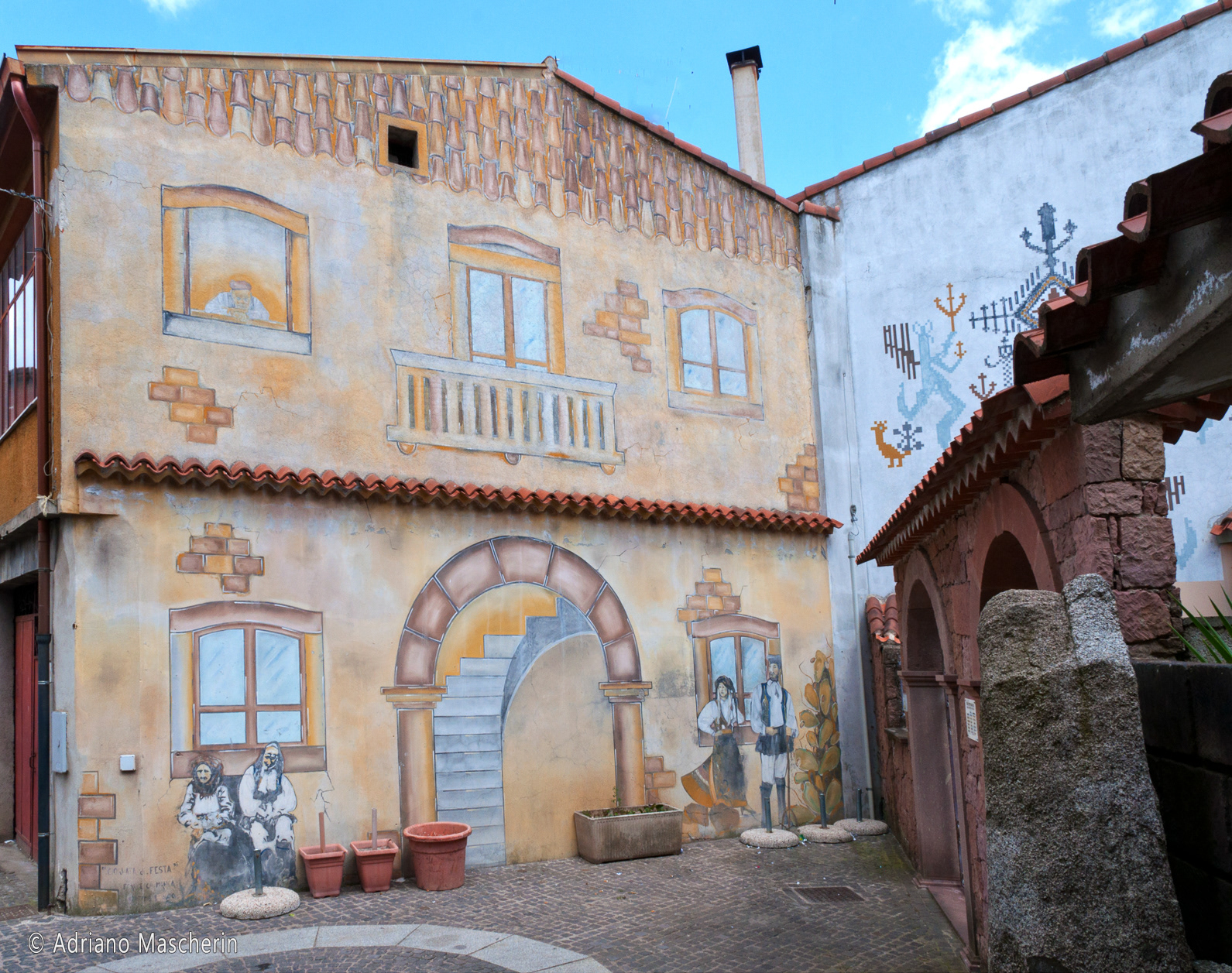
Samugheo
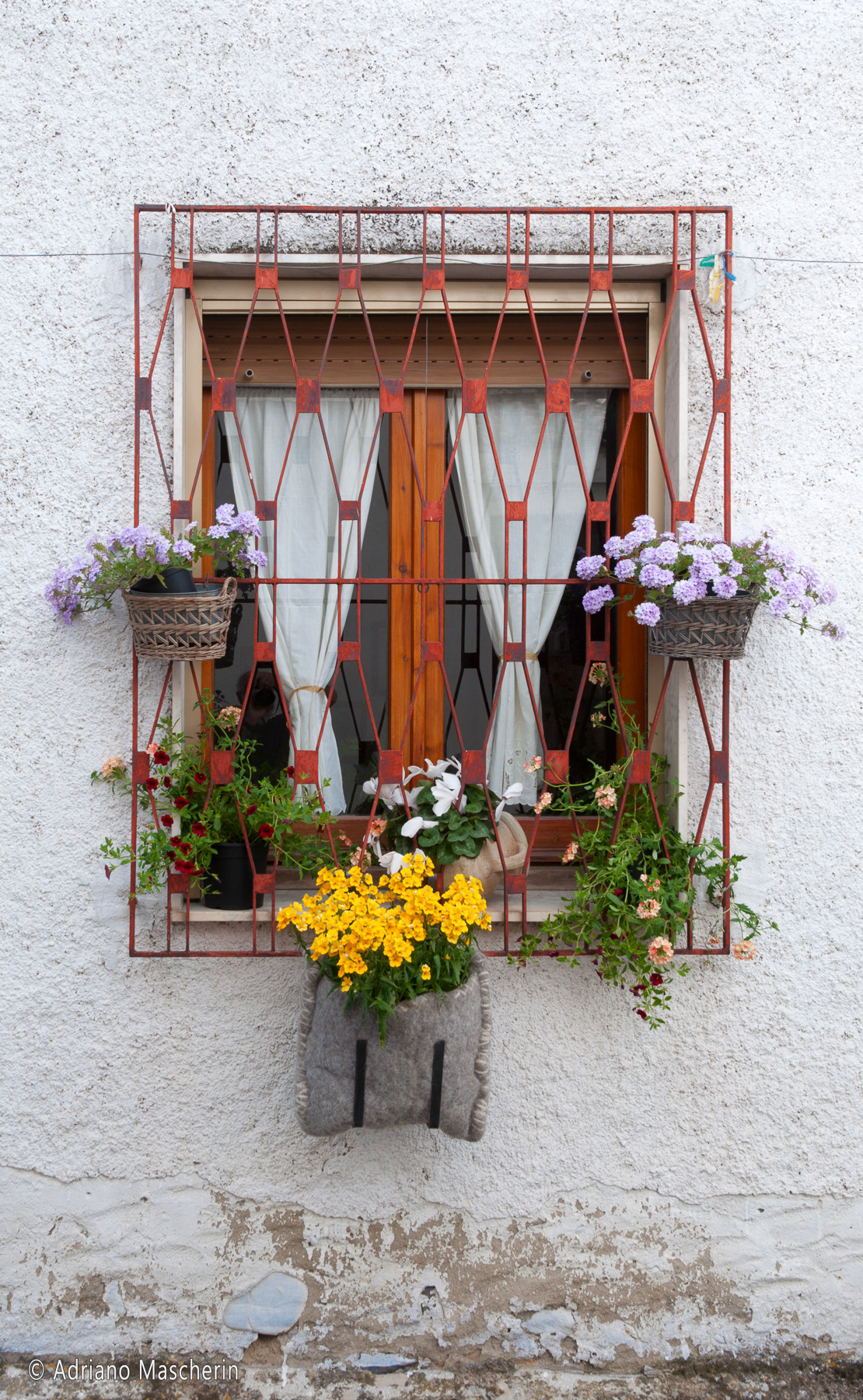
San Sperate
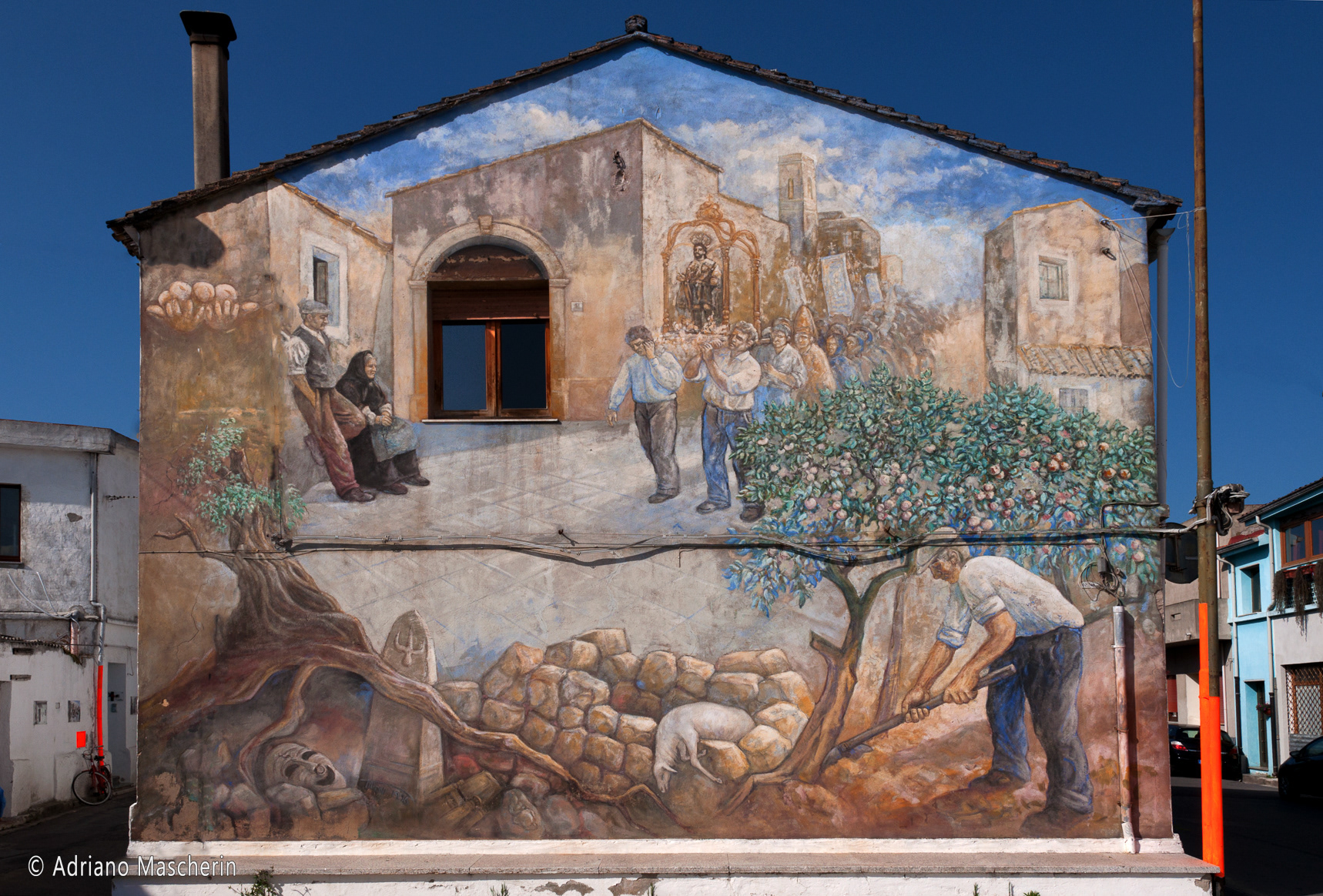
San Sperate
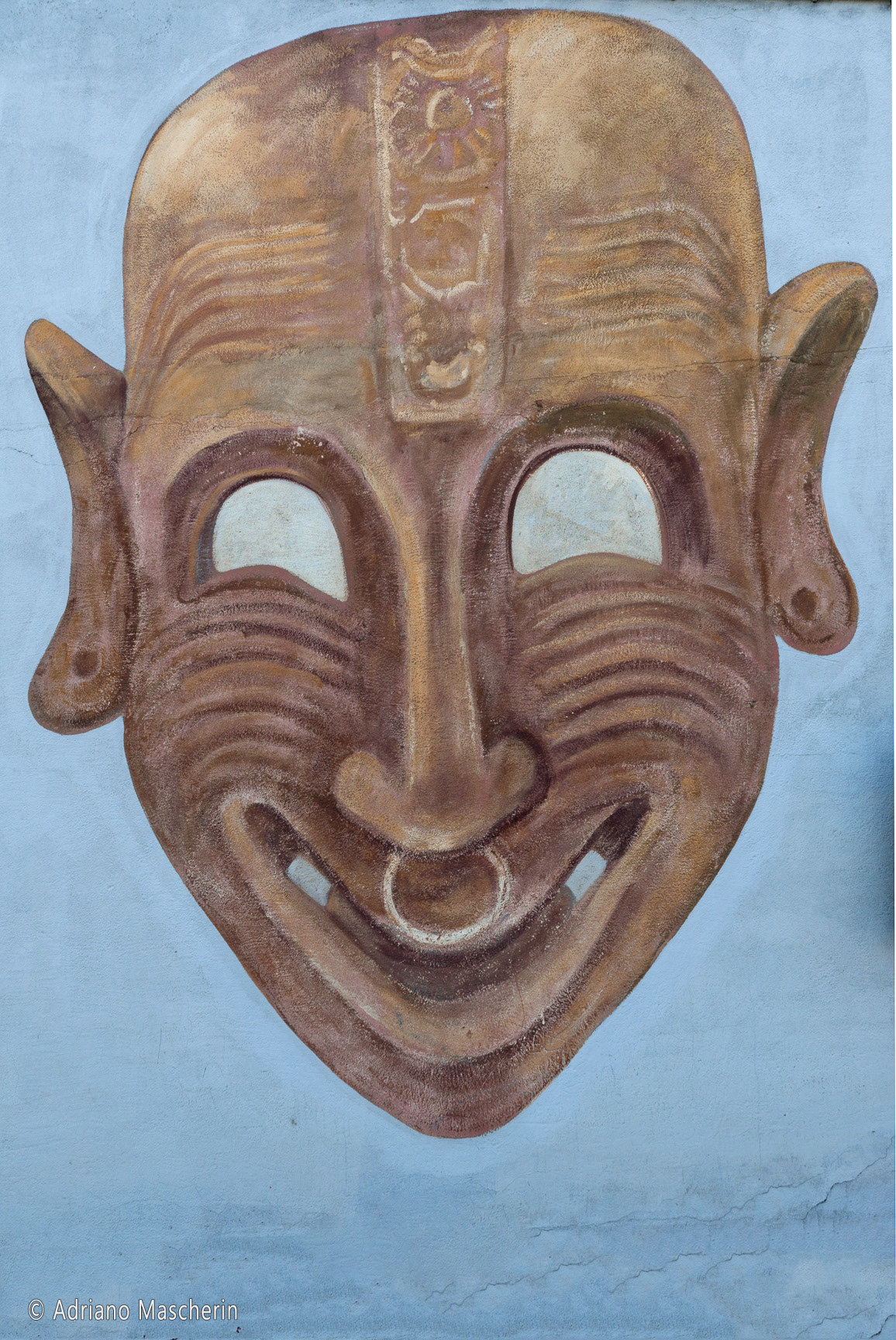
San Sperate

San Sperate

San Sperate
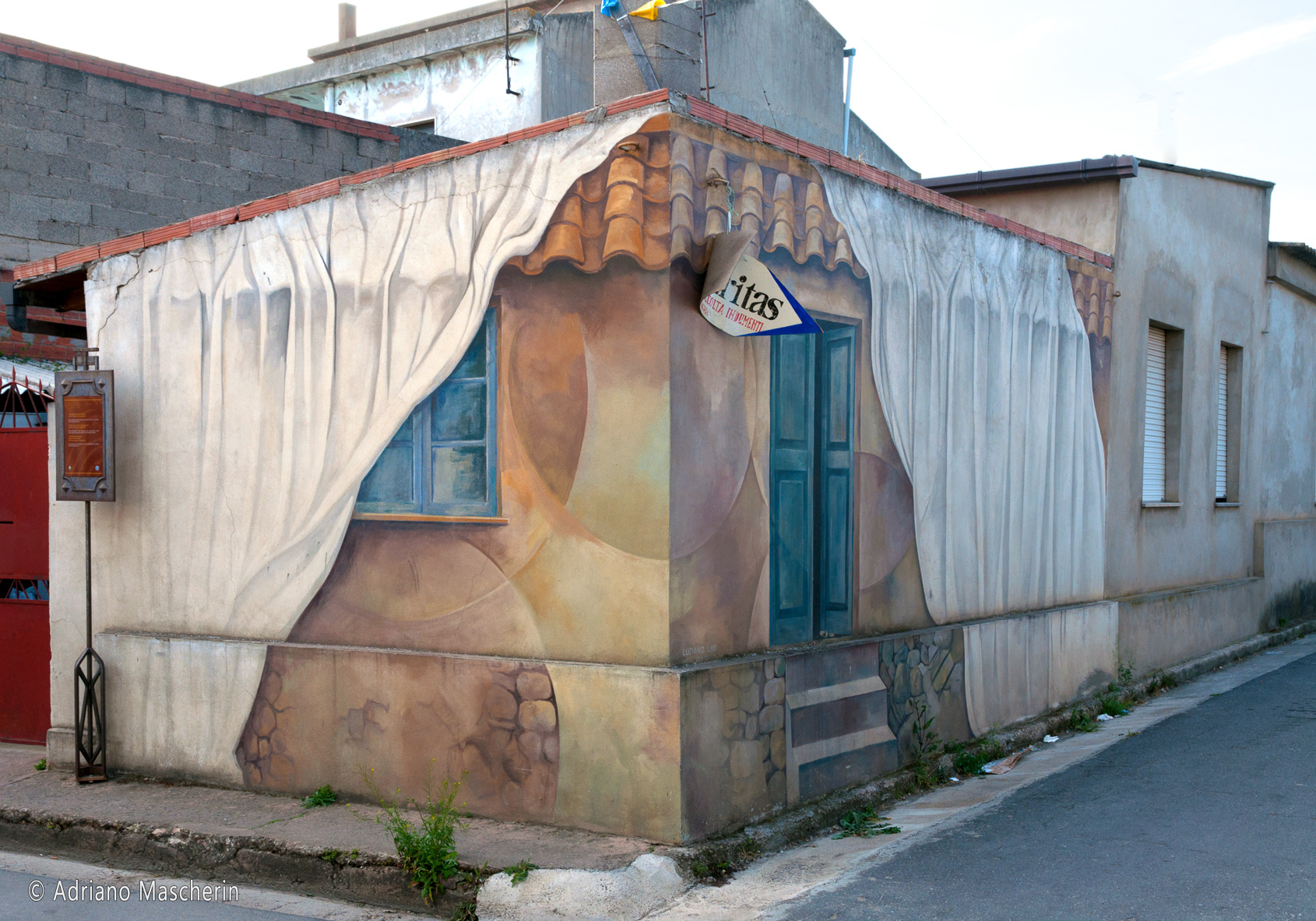
San Sperate
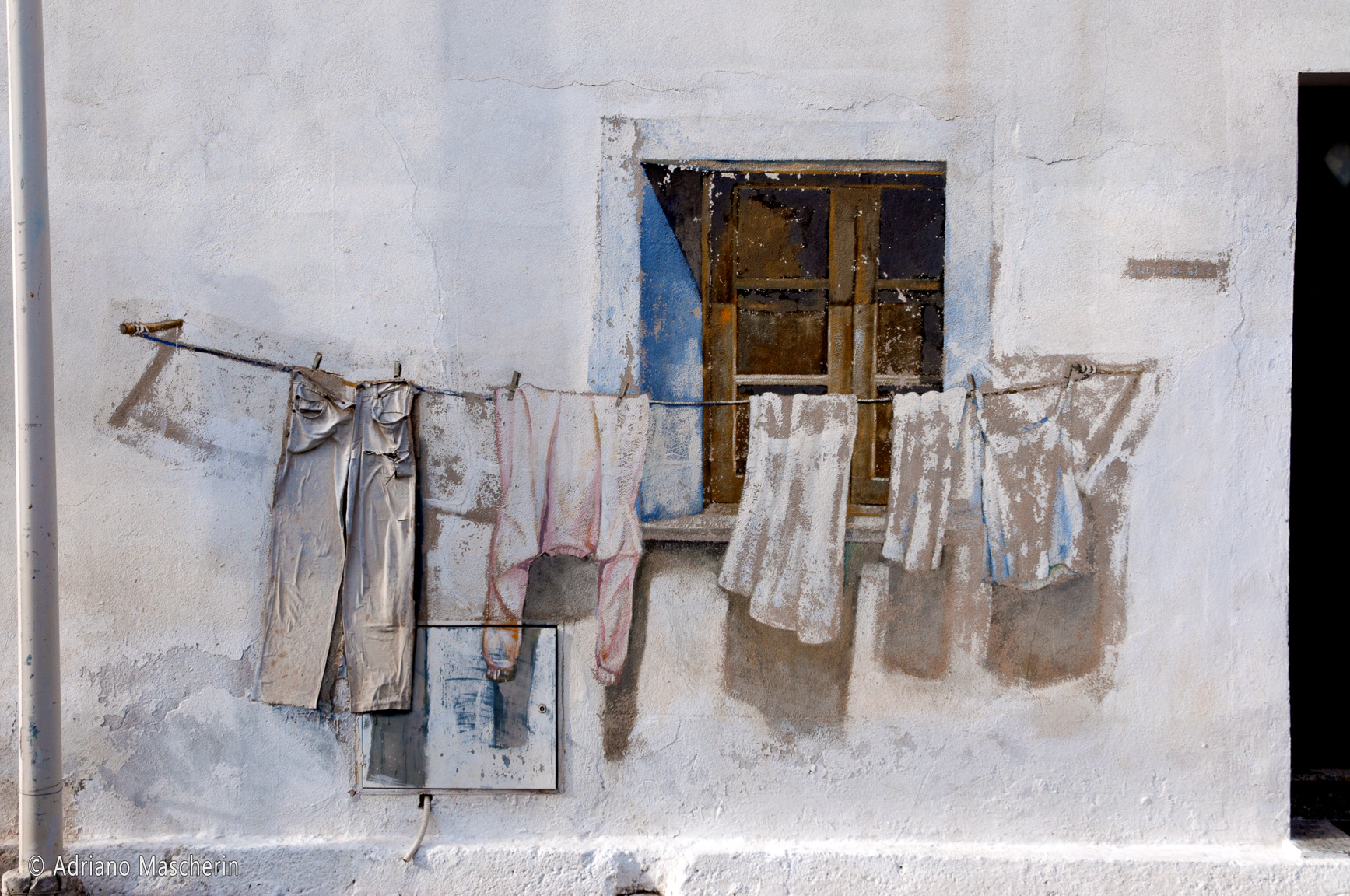
San Sperate
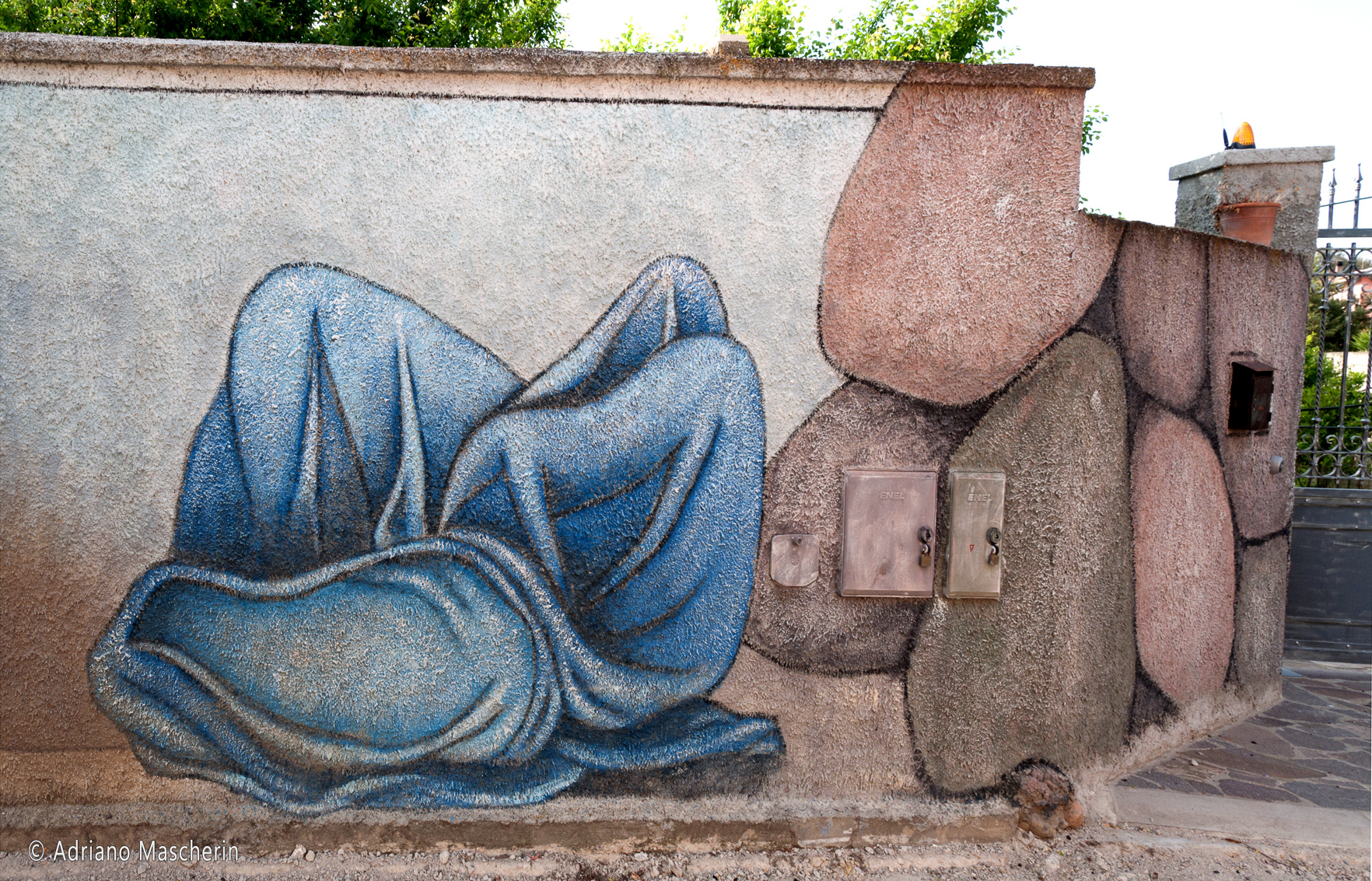
San Sperate
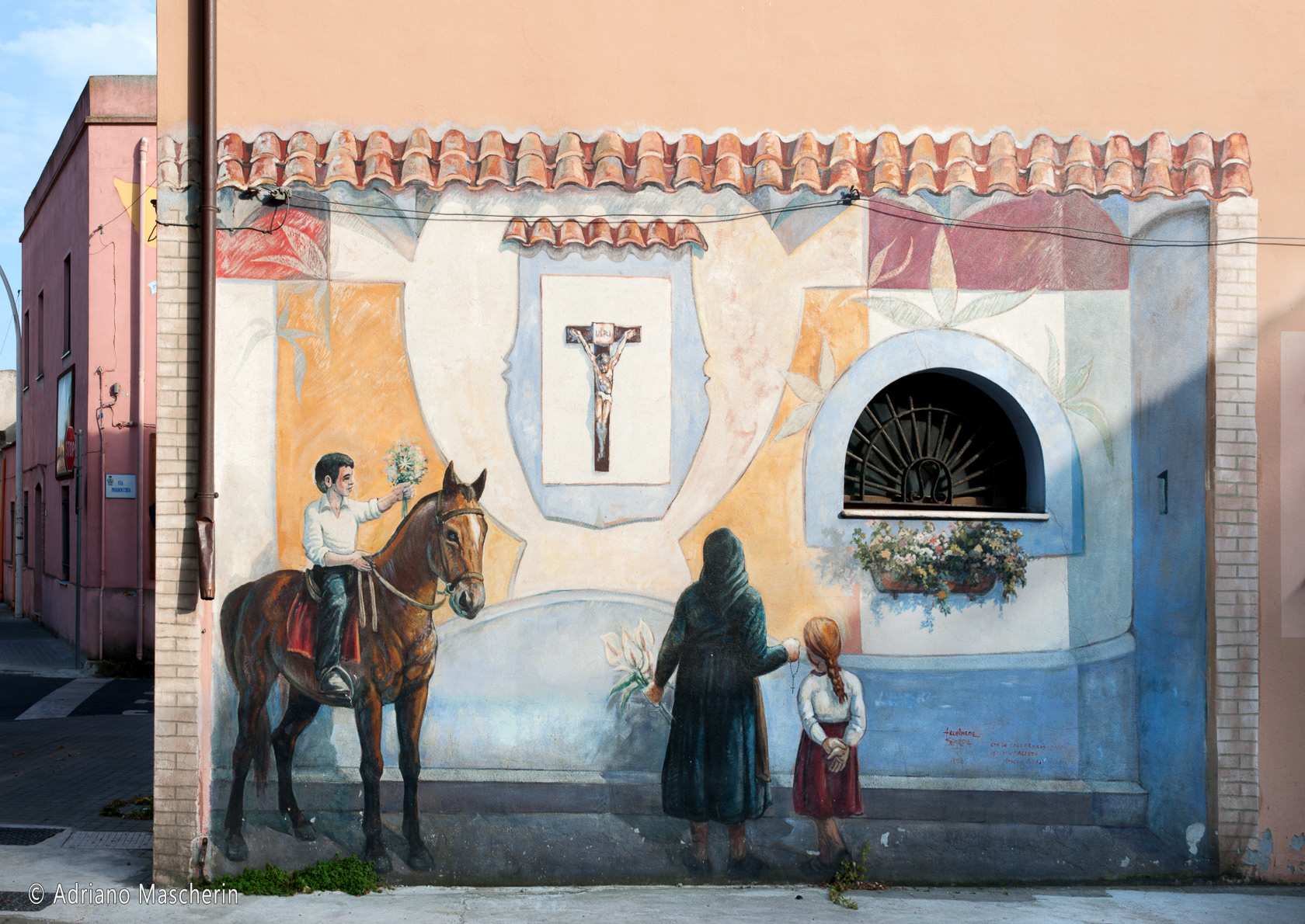
San Sperate
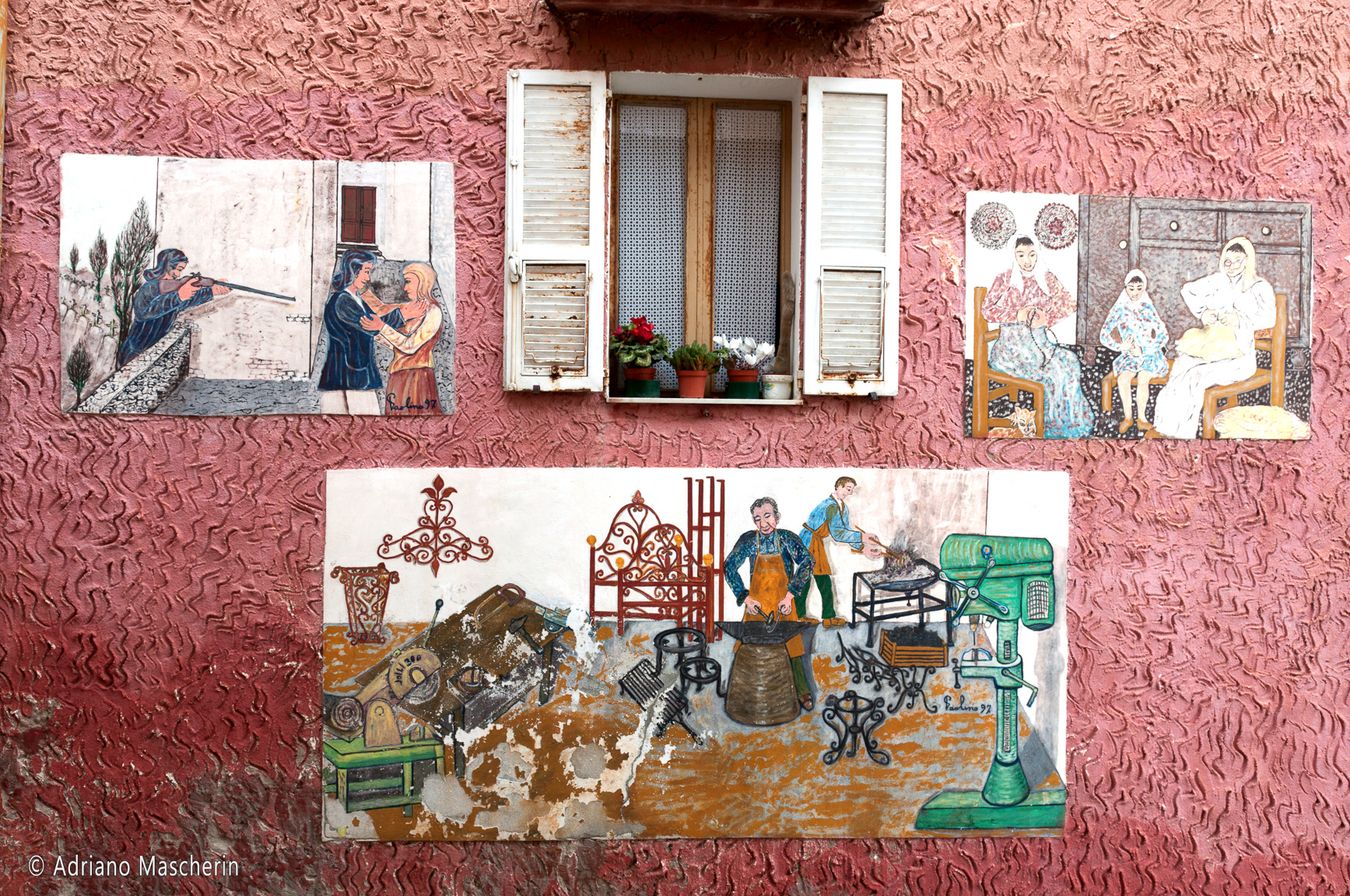
Sedini
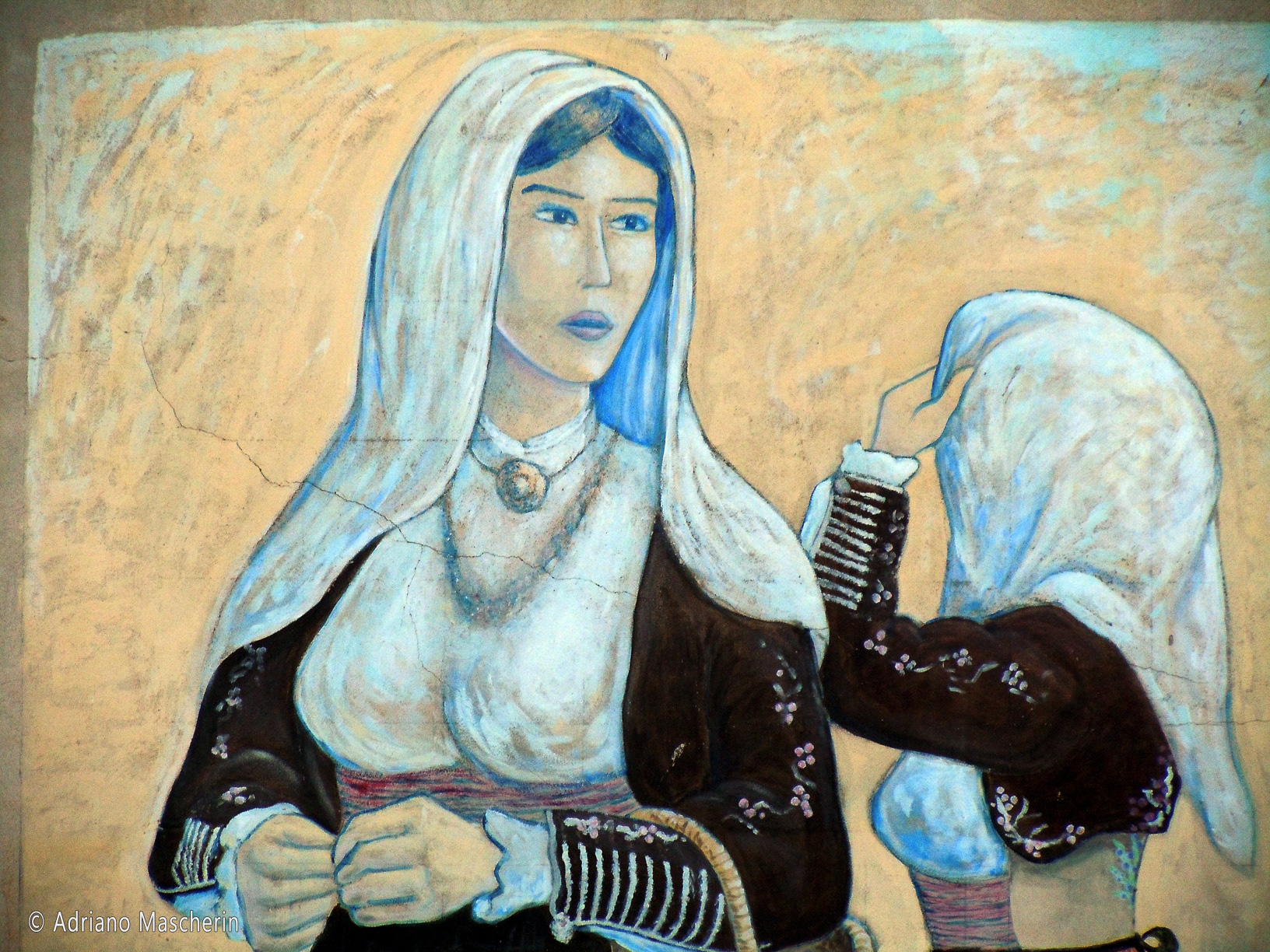
Semestene
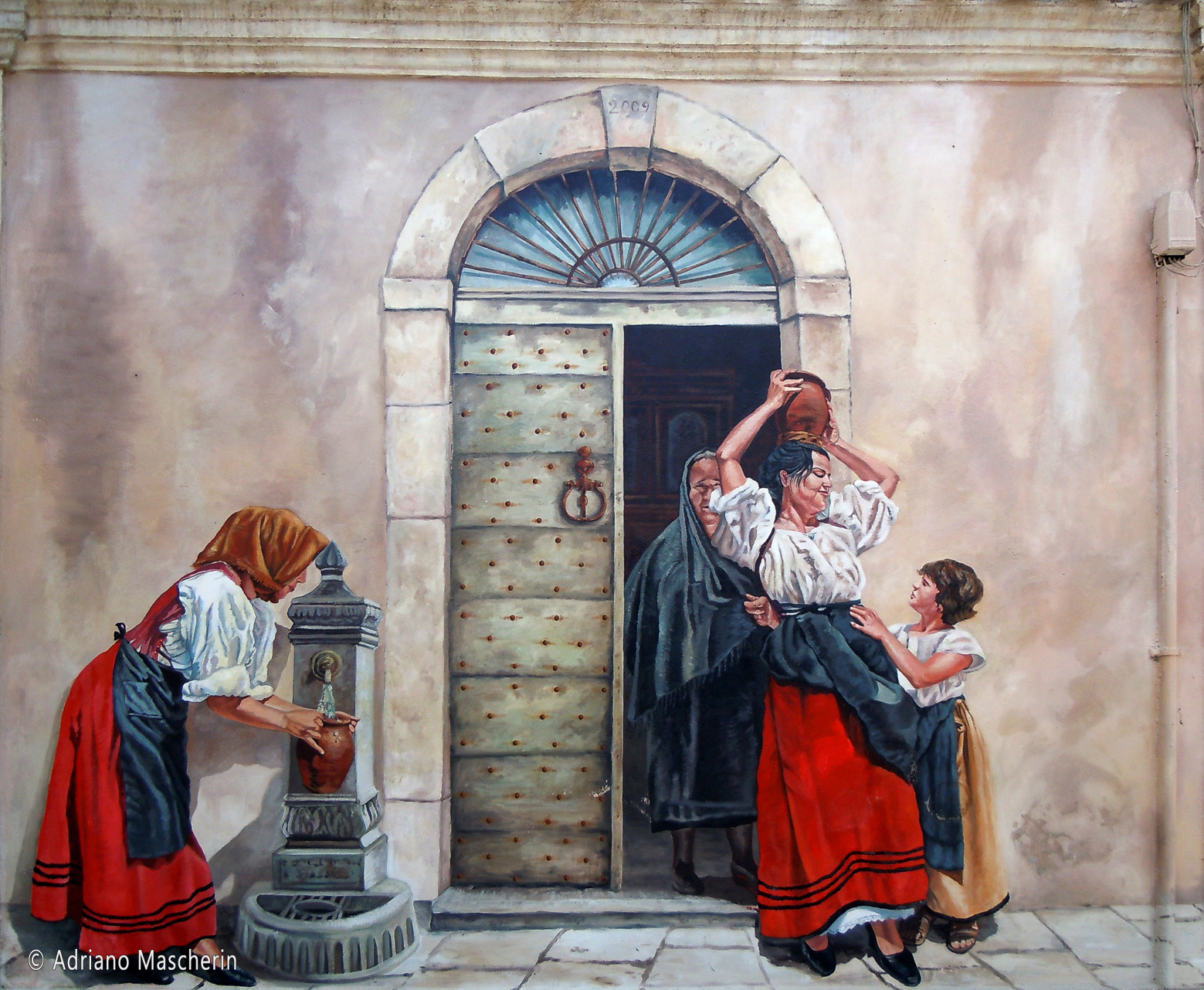
Thiesi
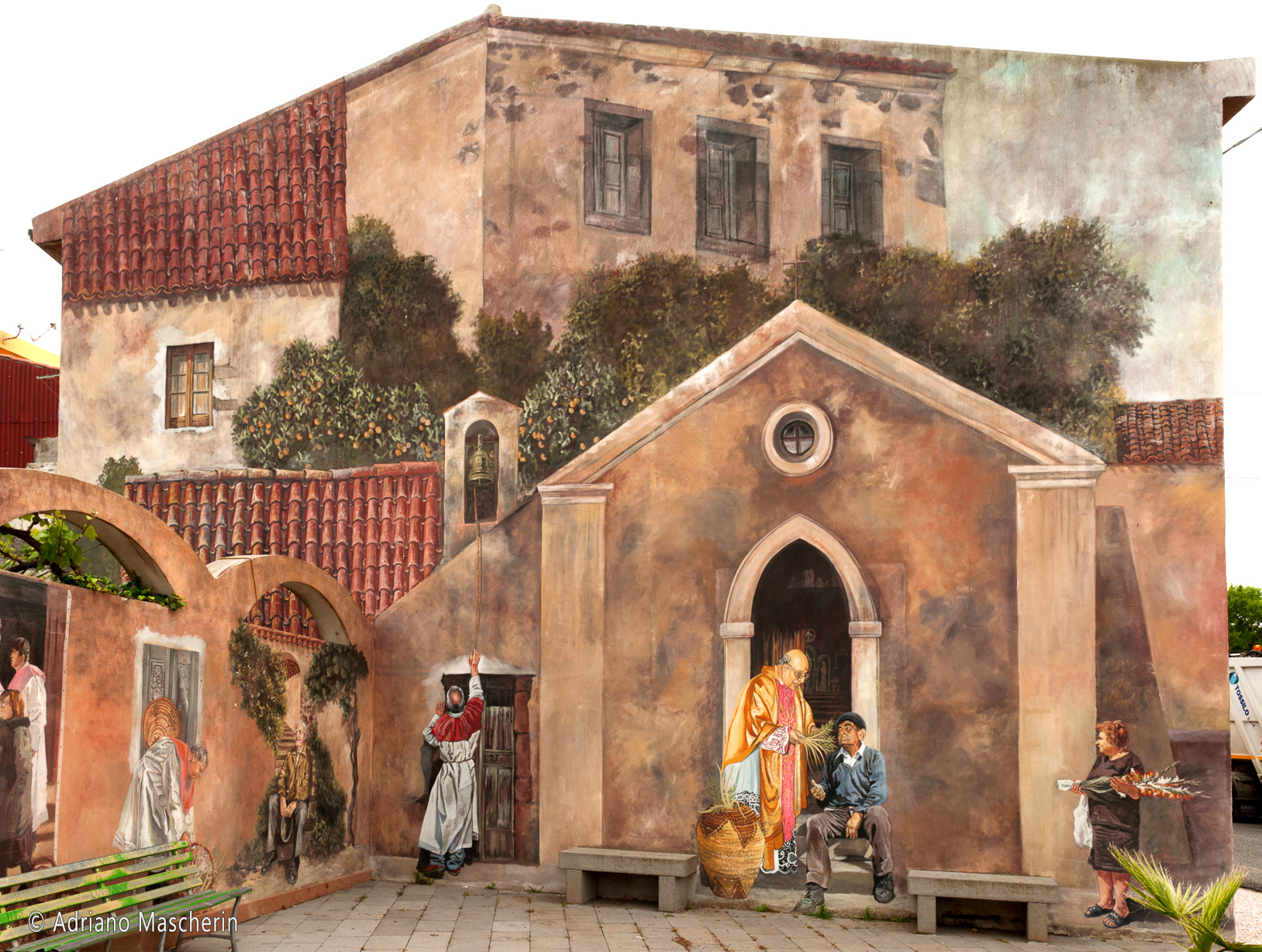
Tinnura
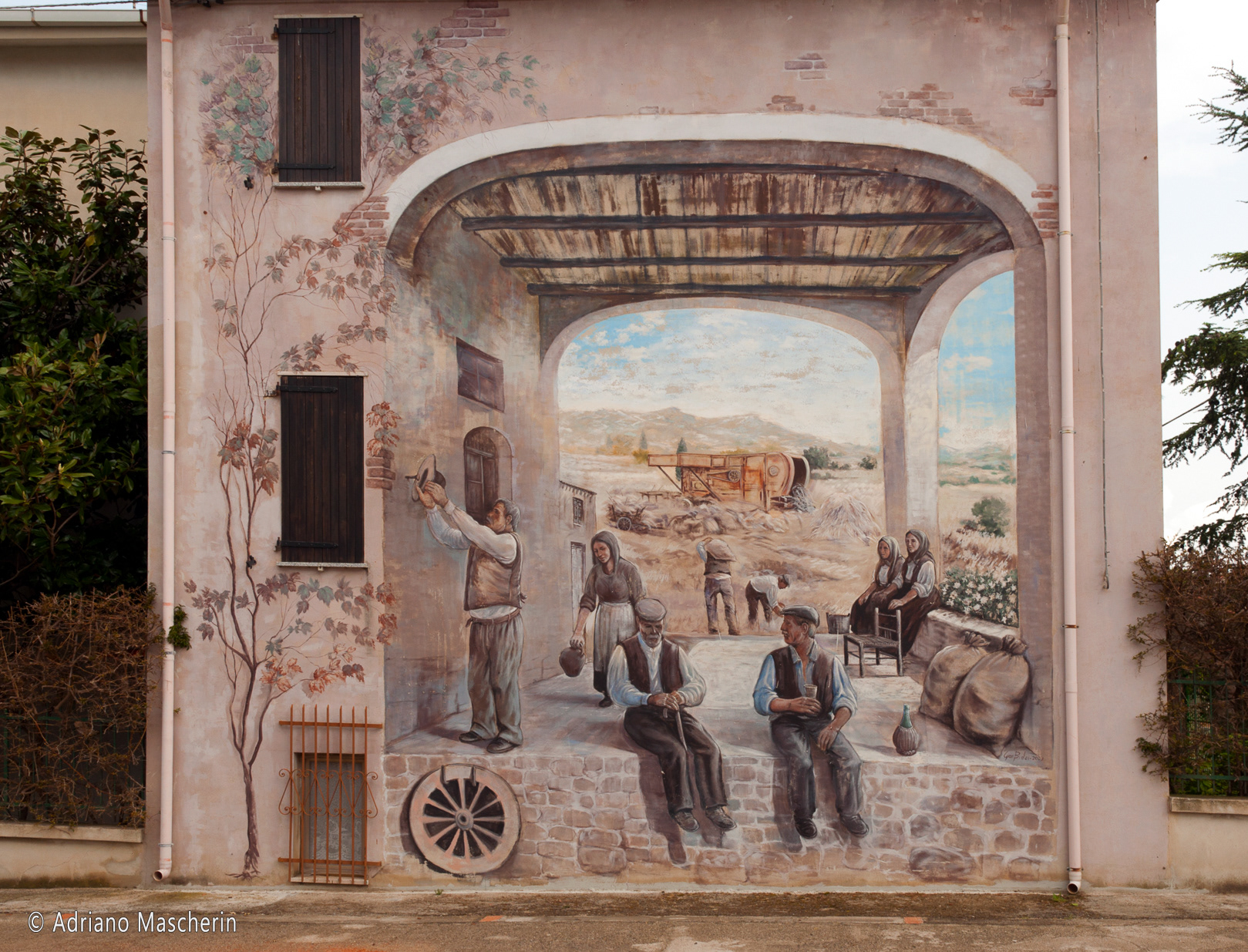
Tinnura
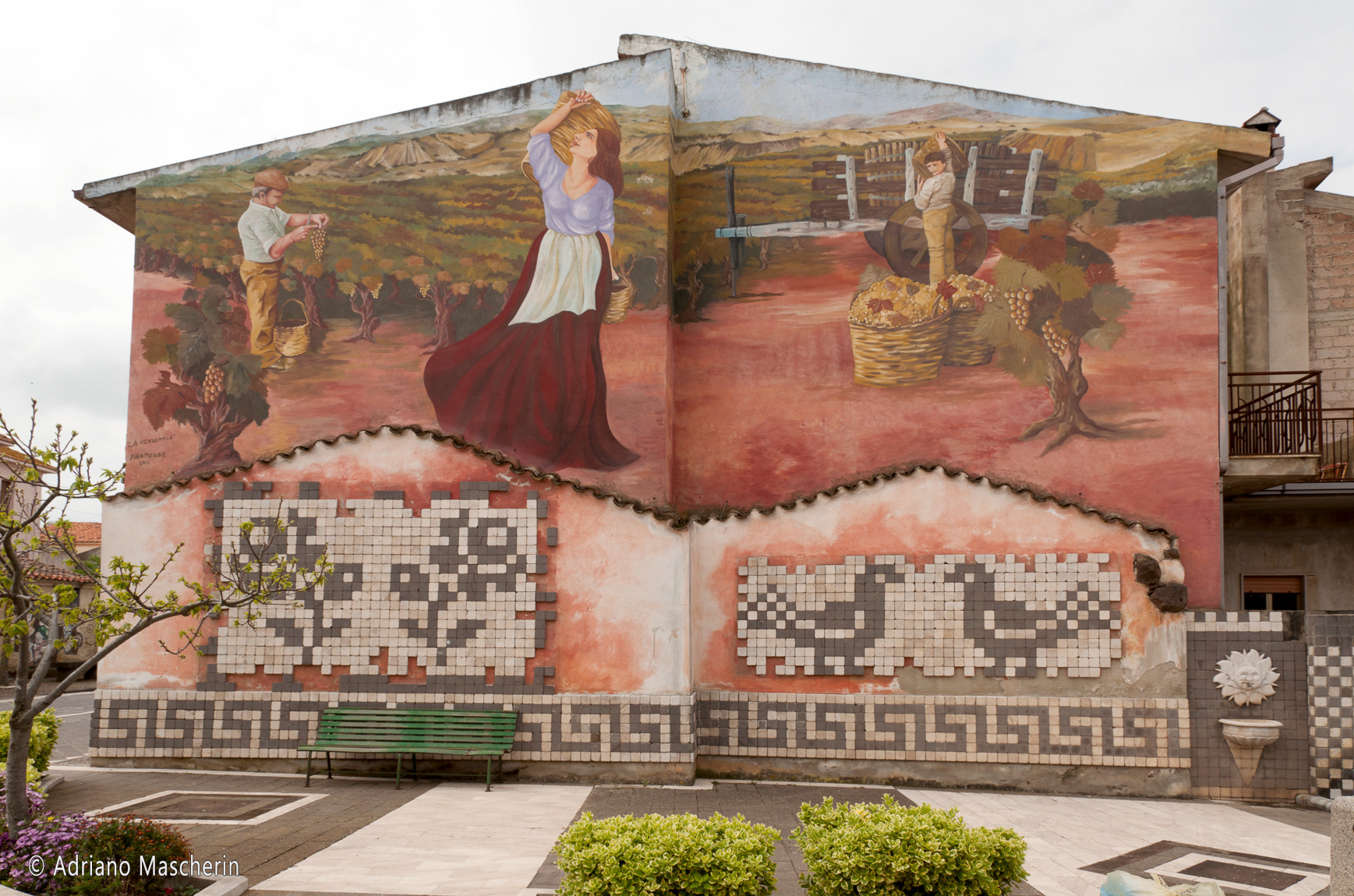
Tinnura
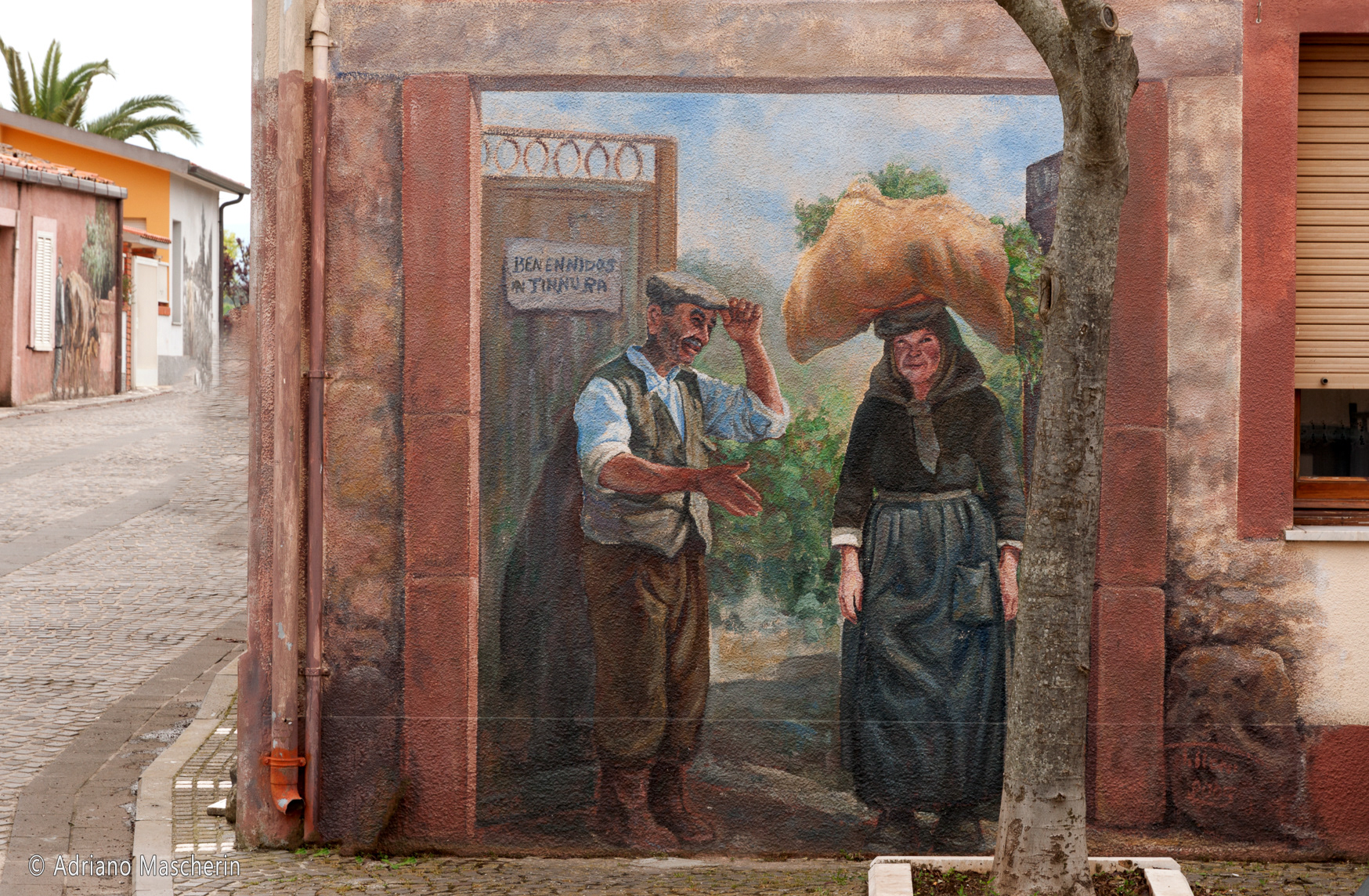
Tinnura
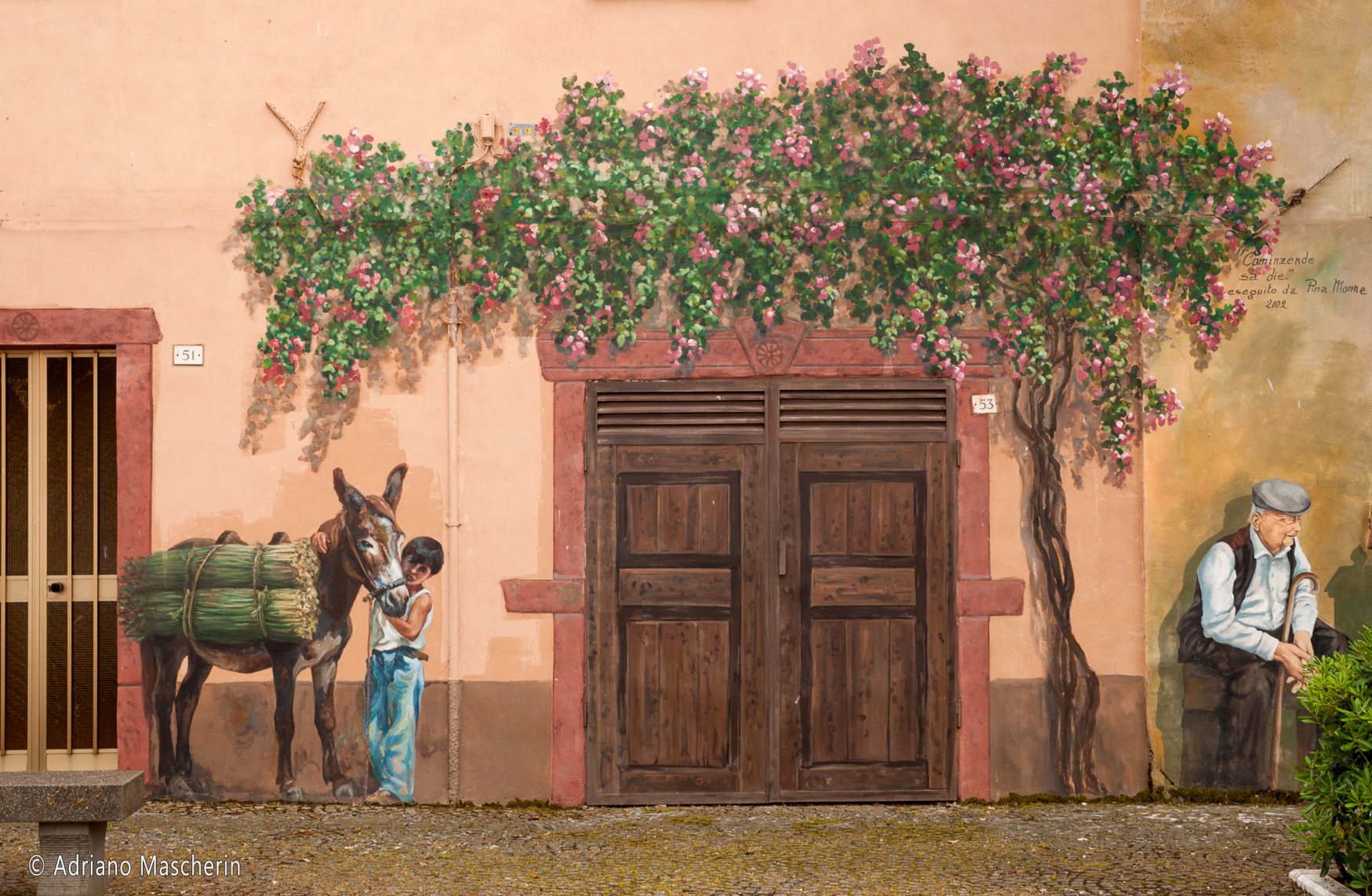
Tinnura
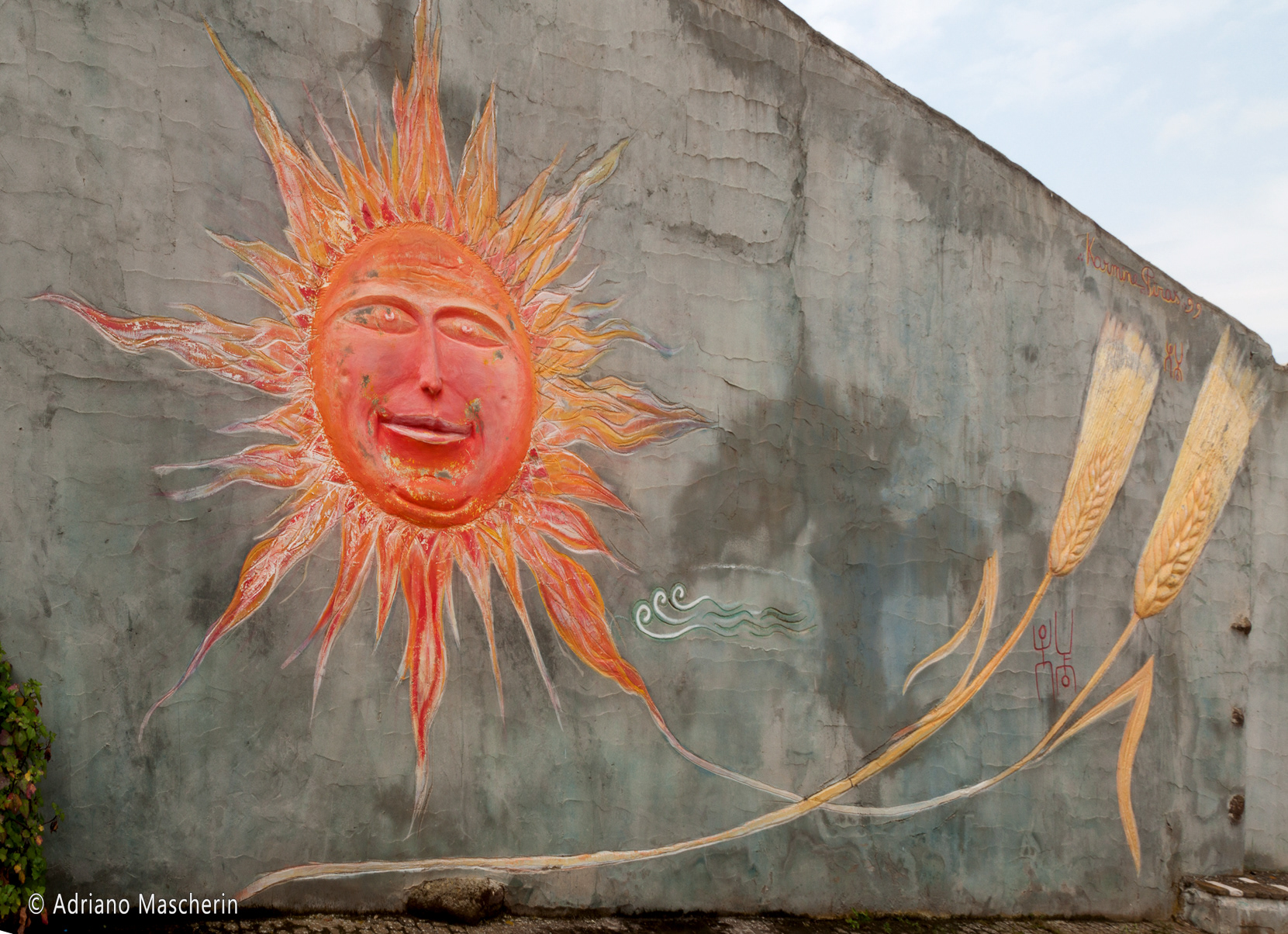
Tinnura

Tinnura
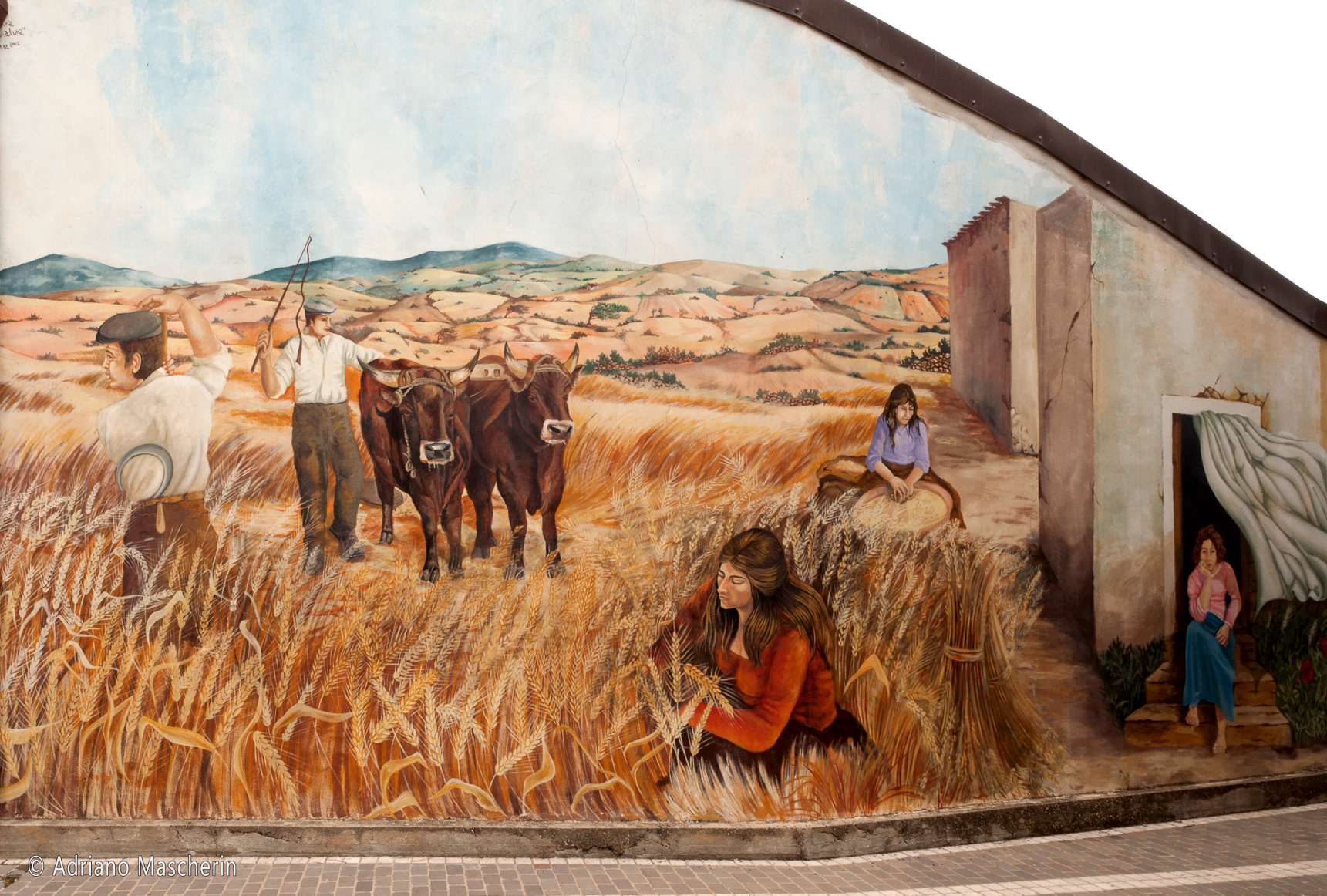
Tinnura
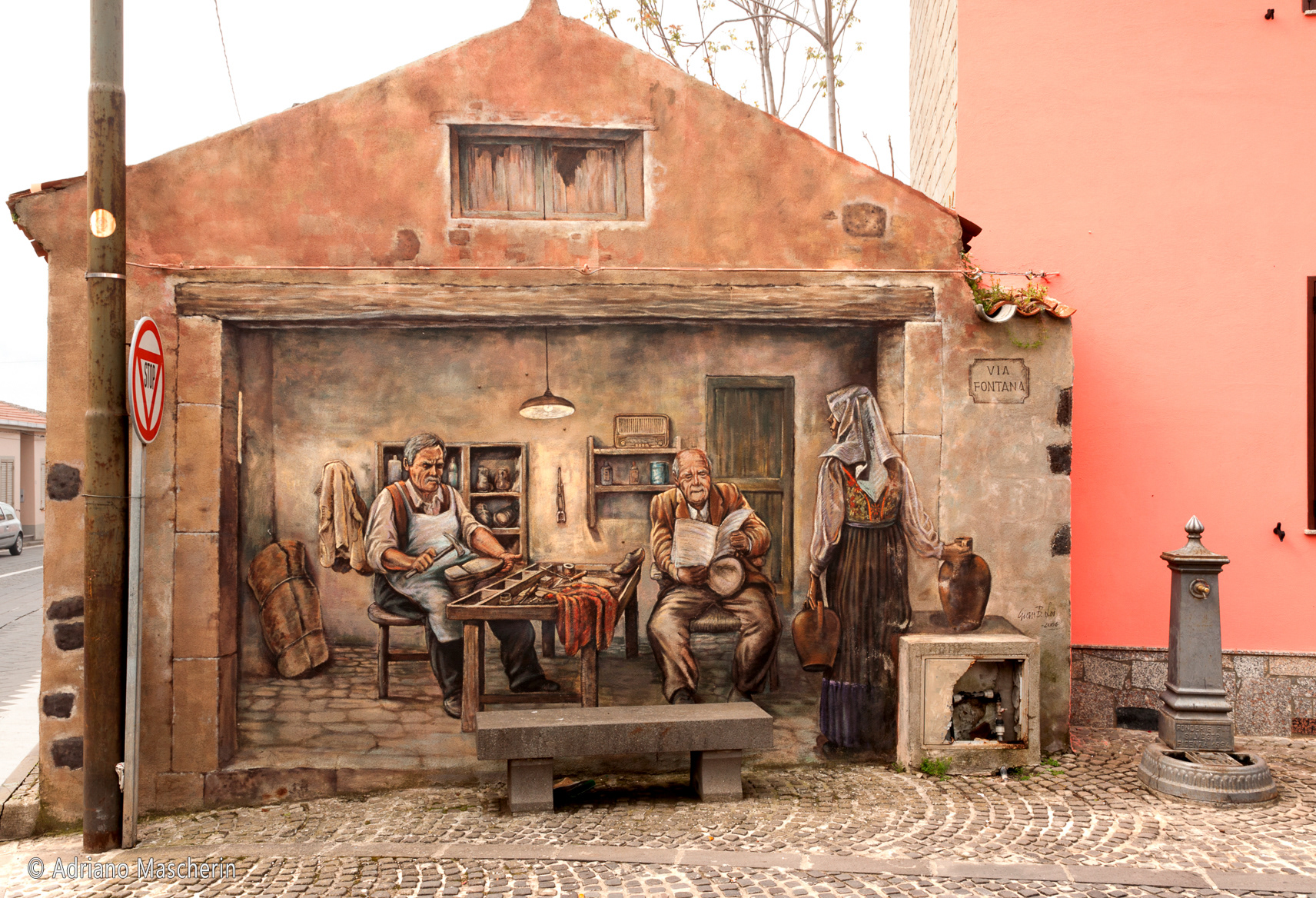
Tinnura

Tinnura
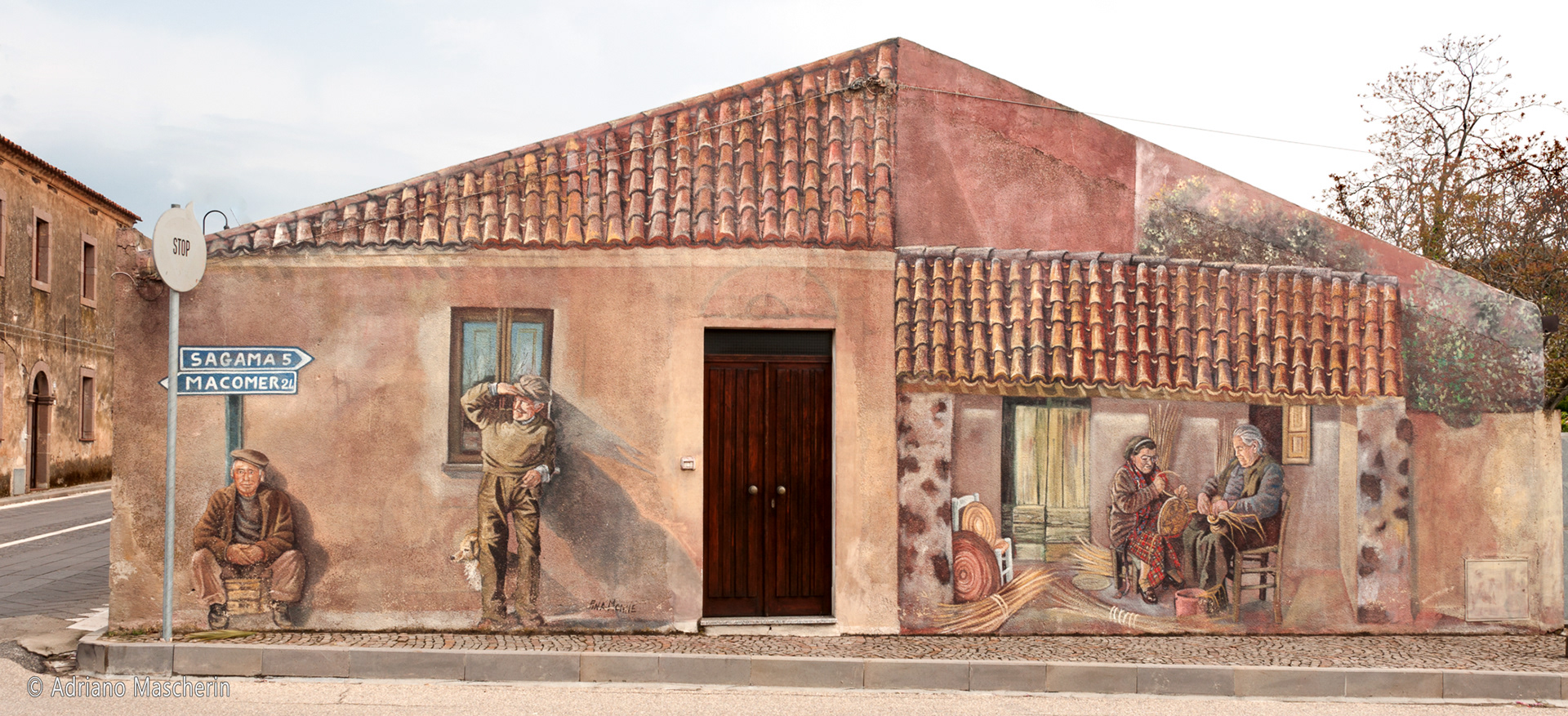
Tinnura
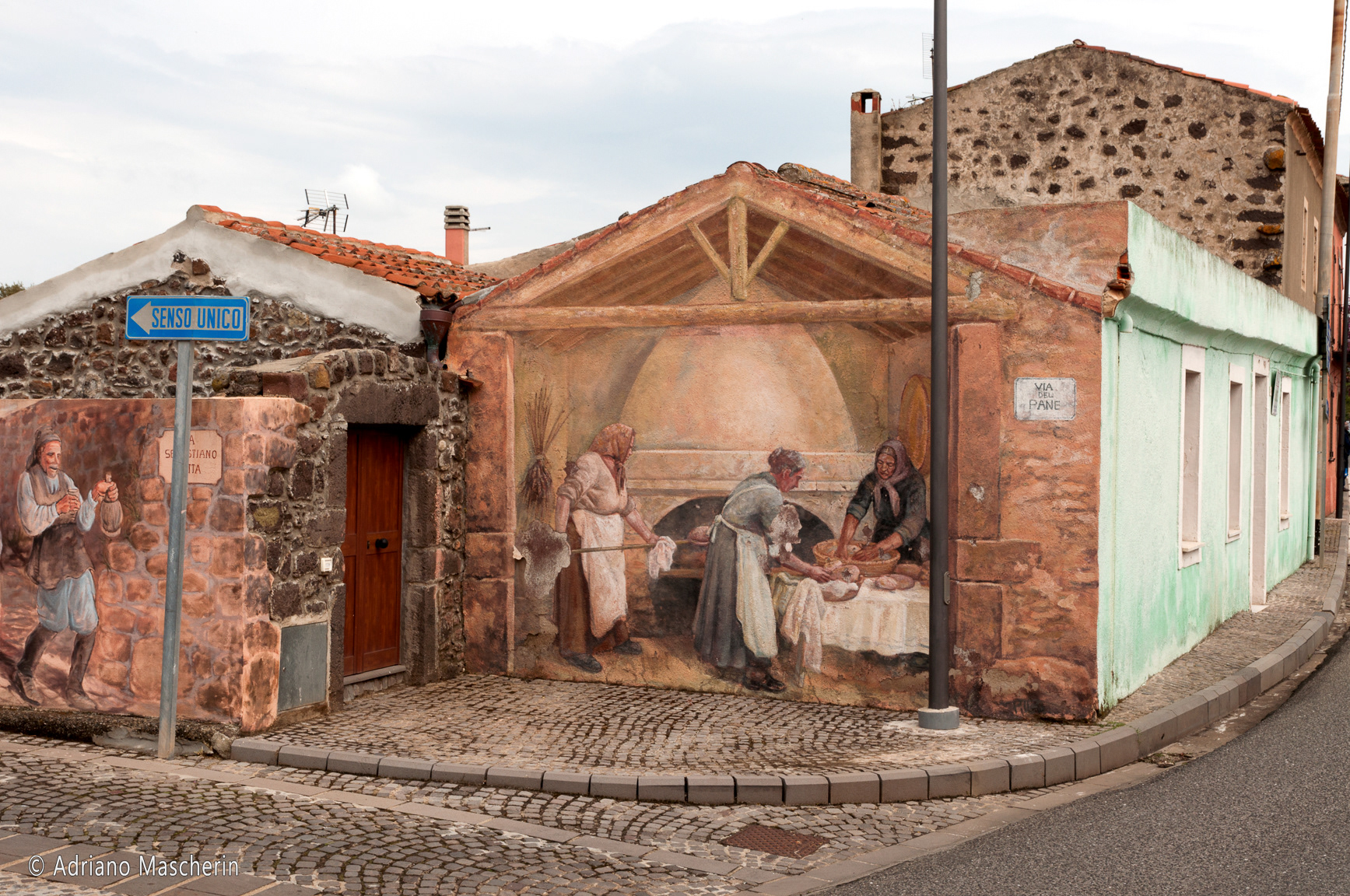
Tinnura
